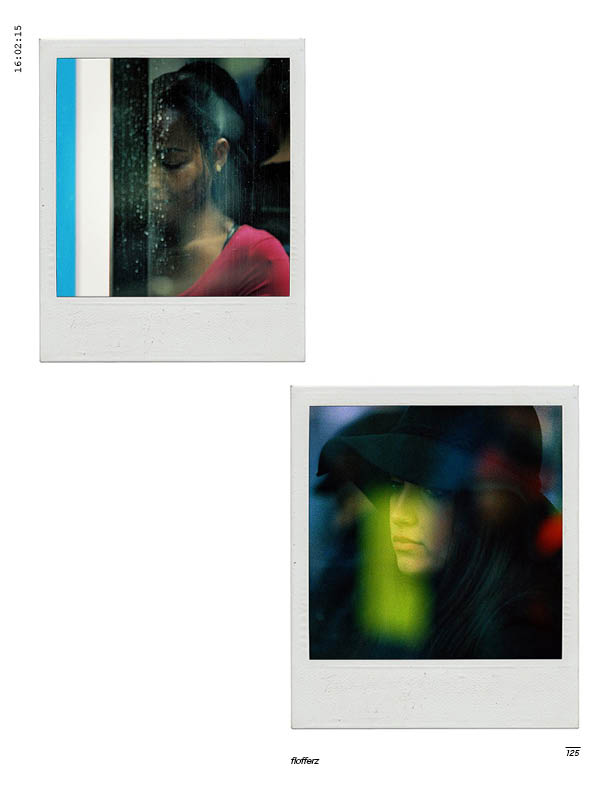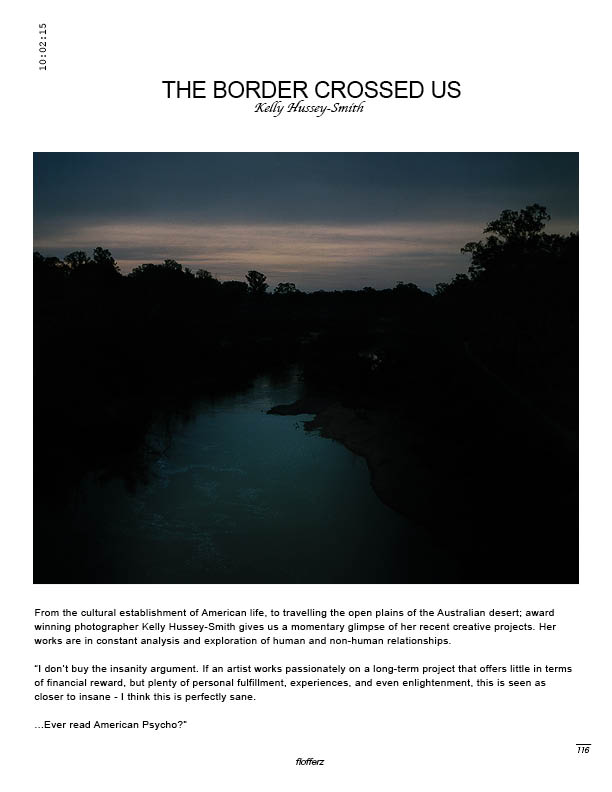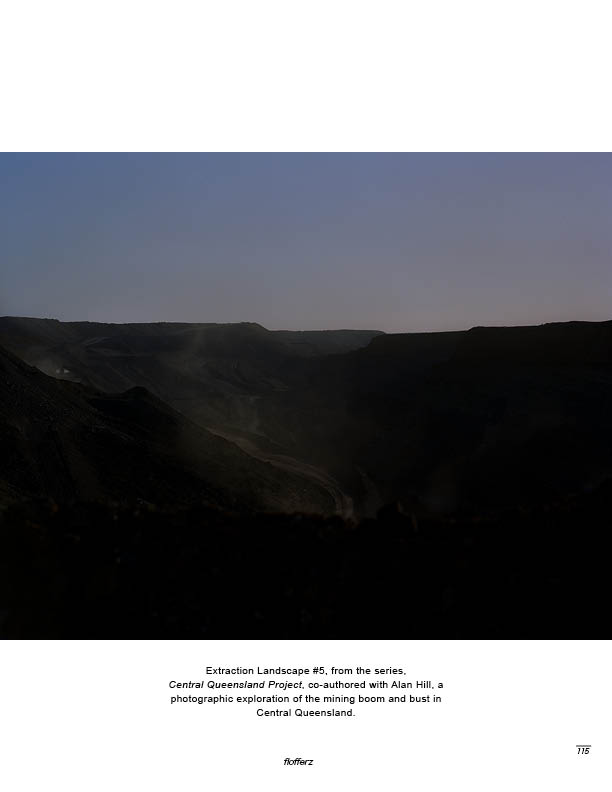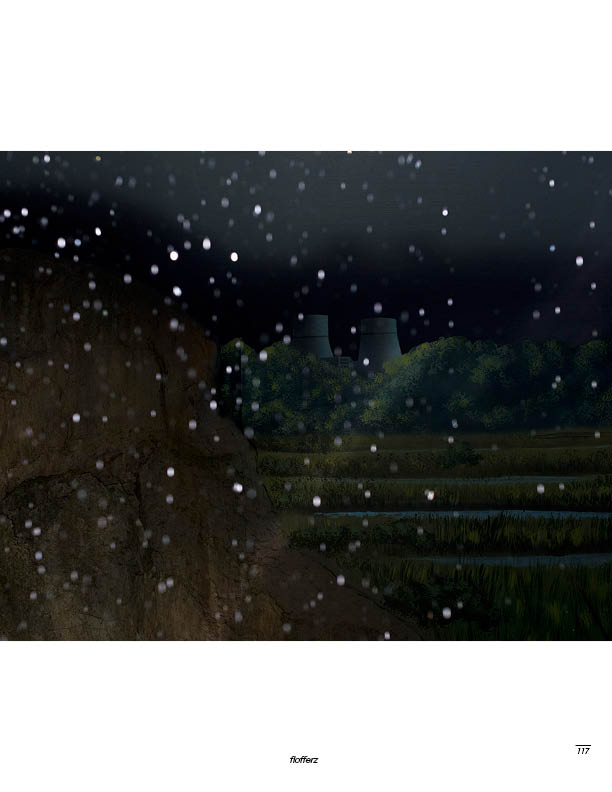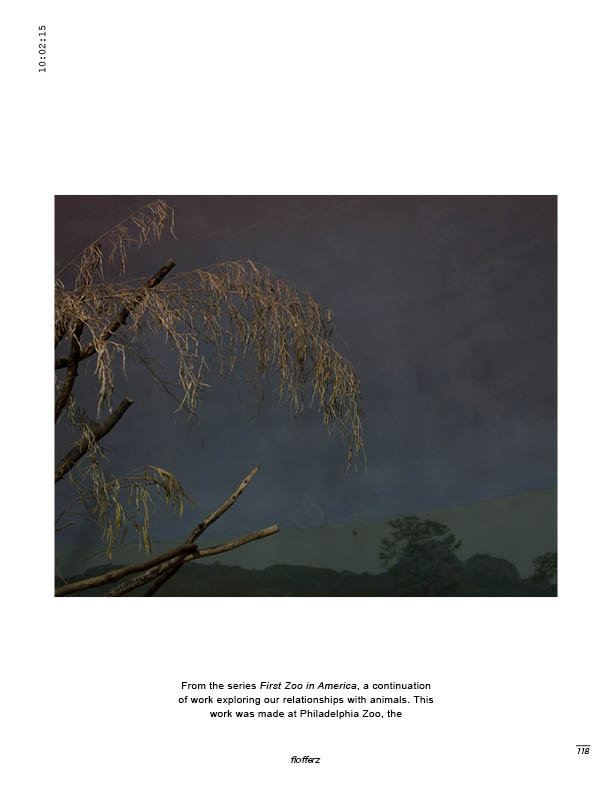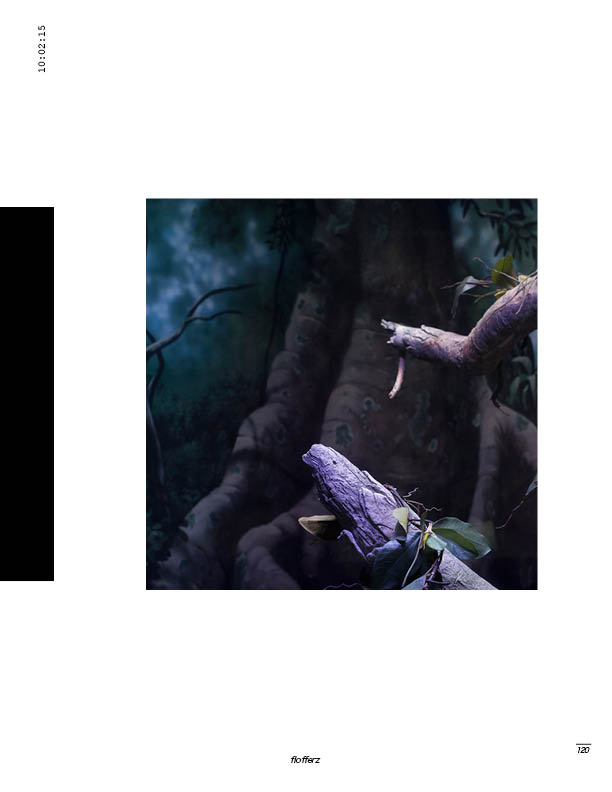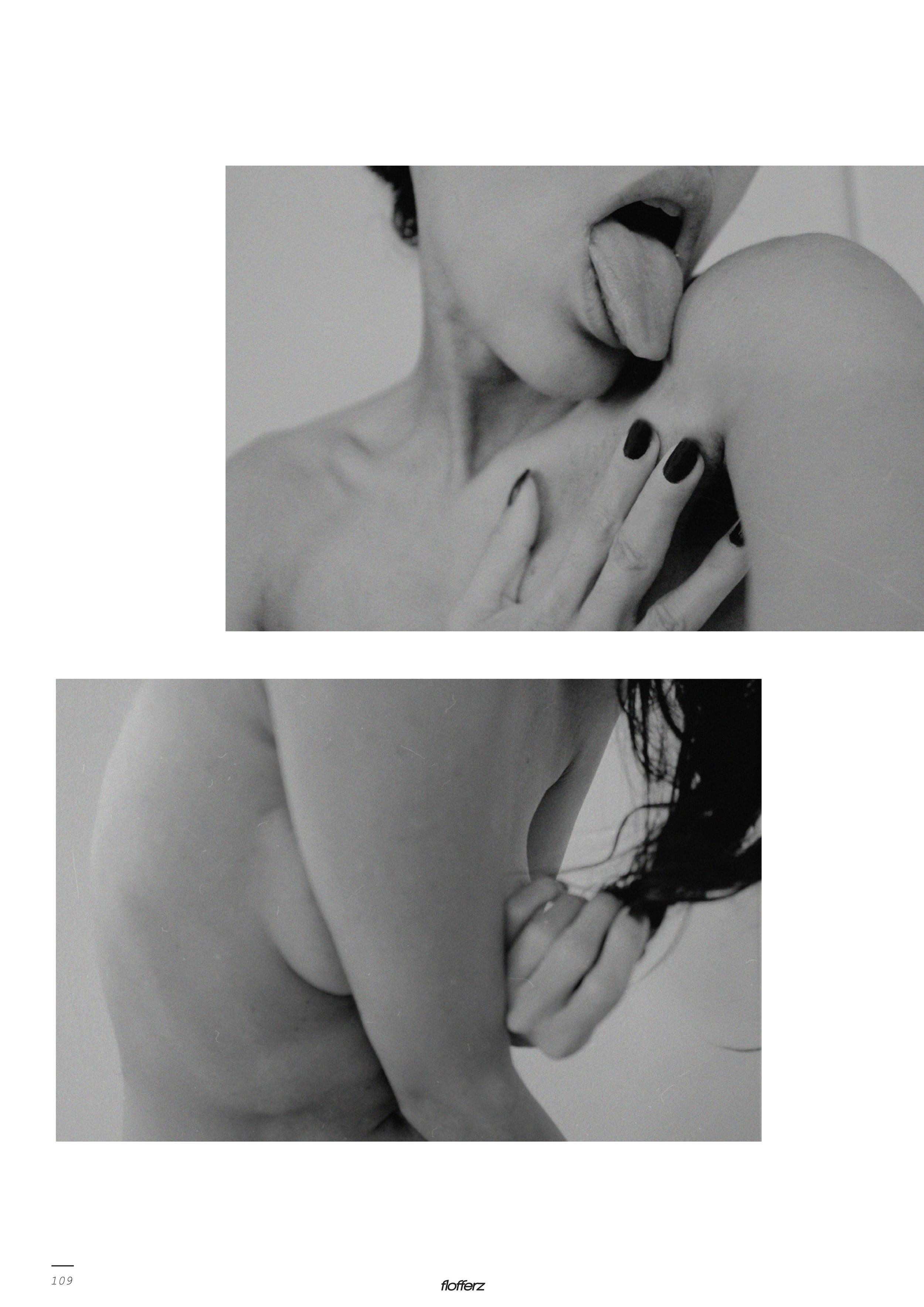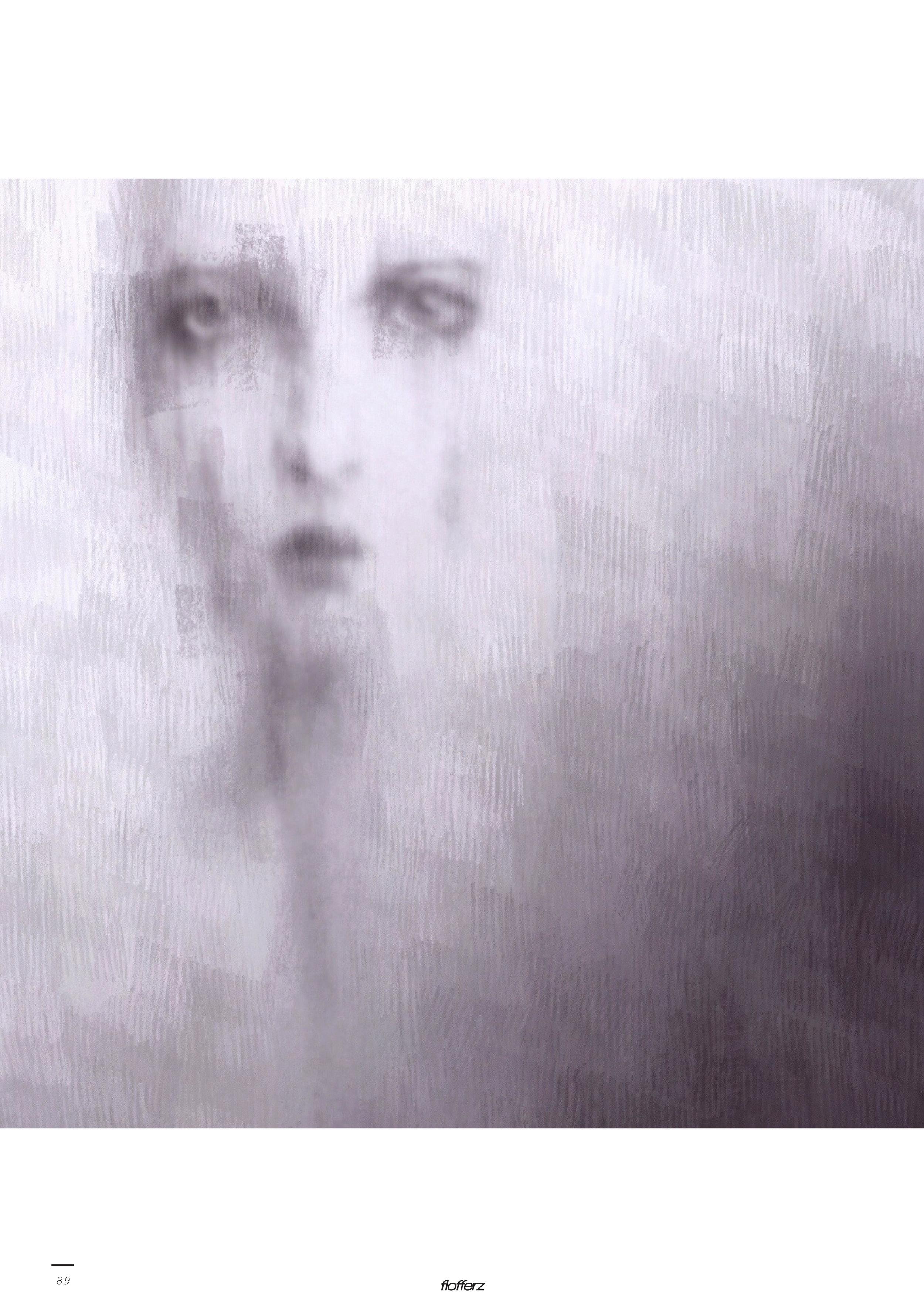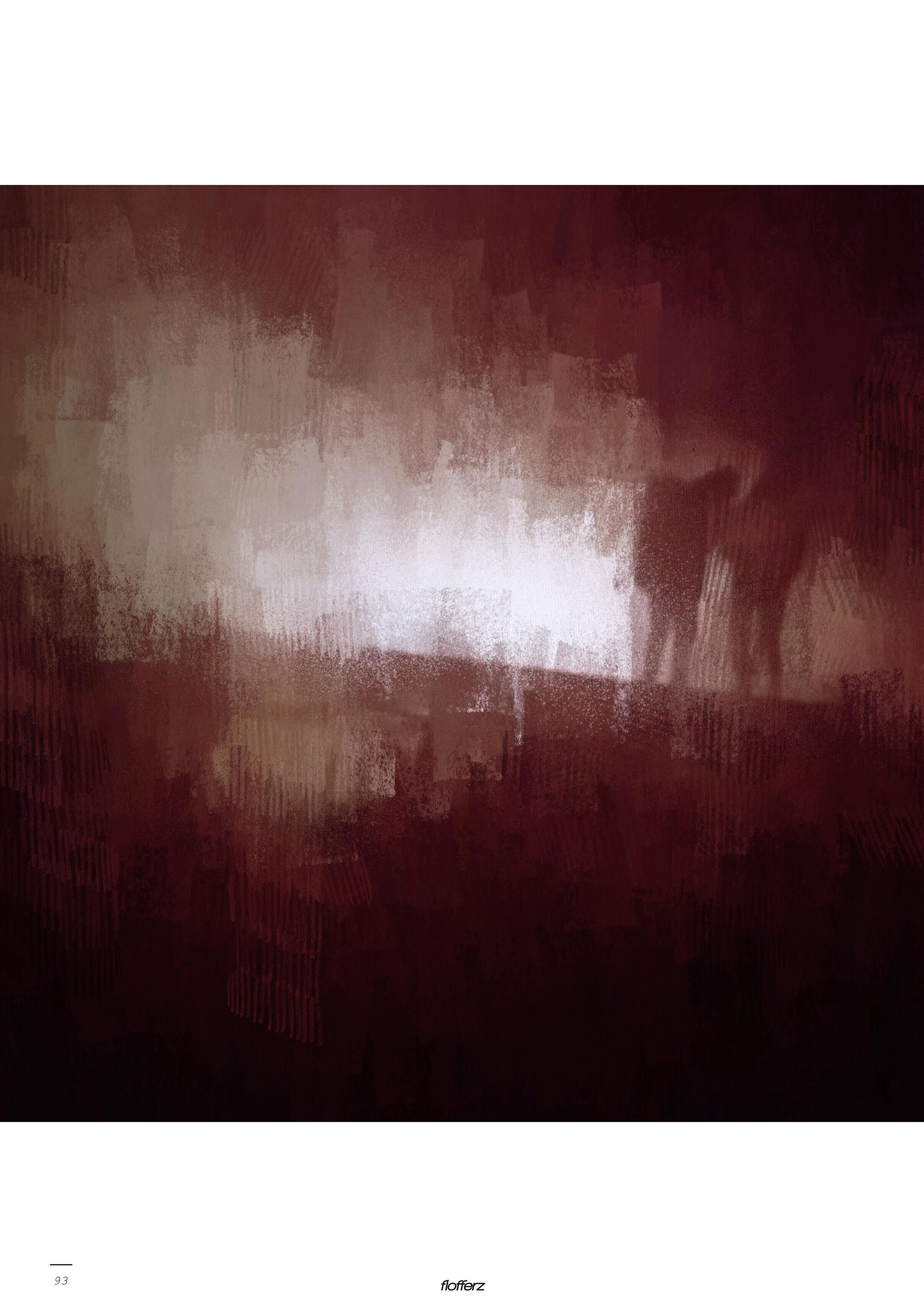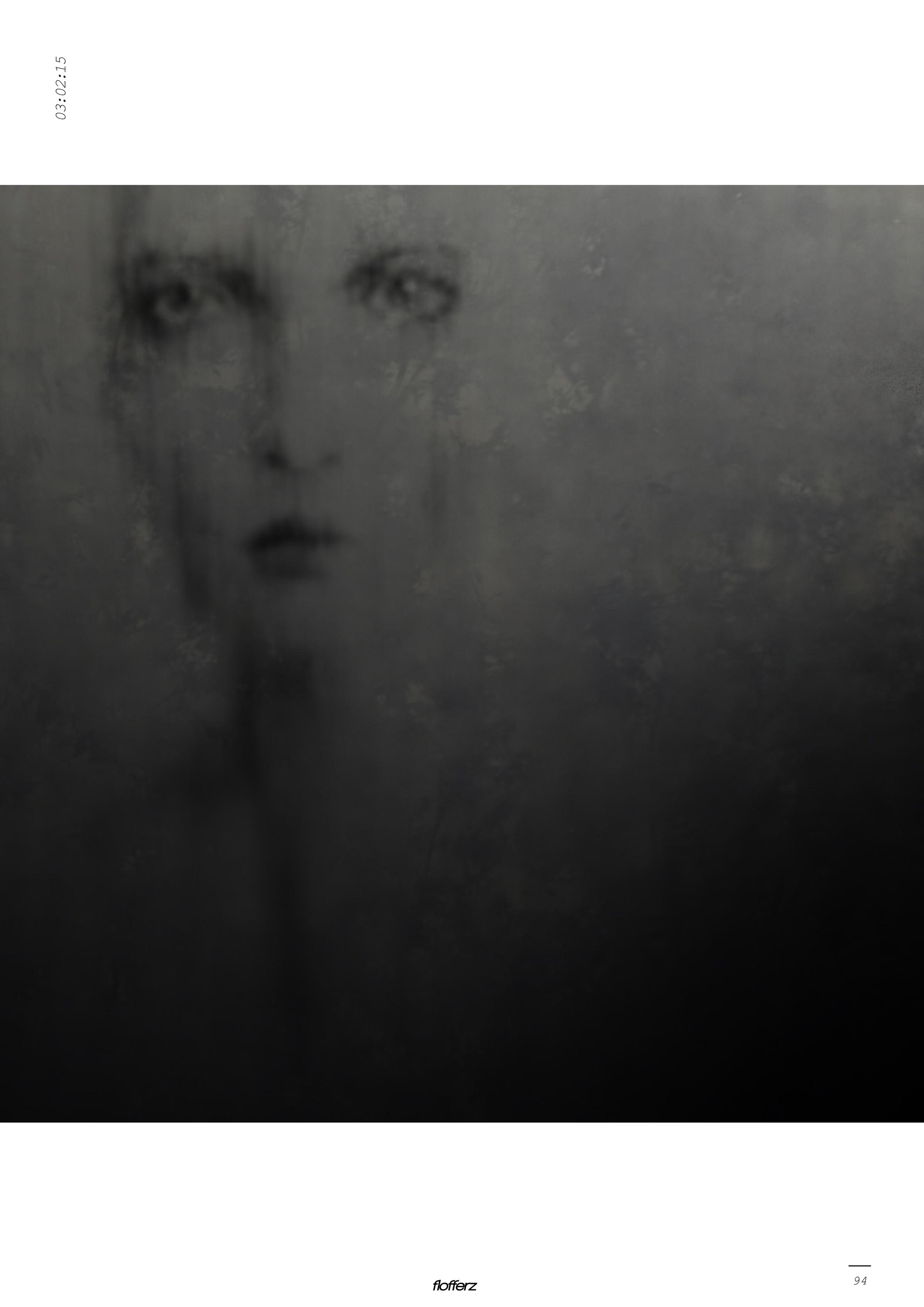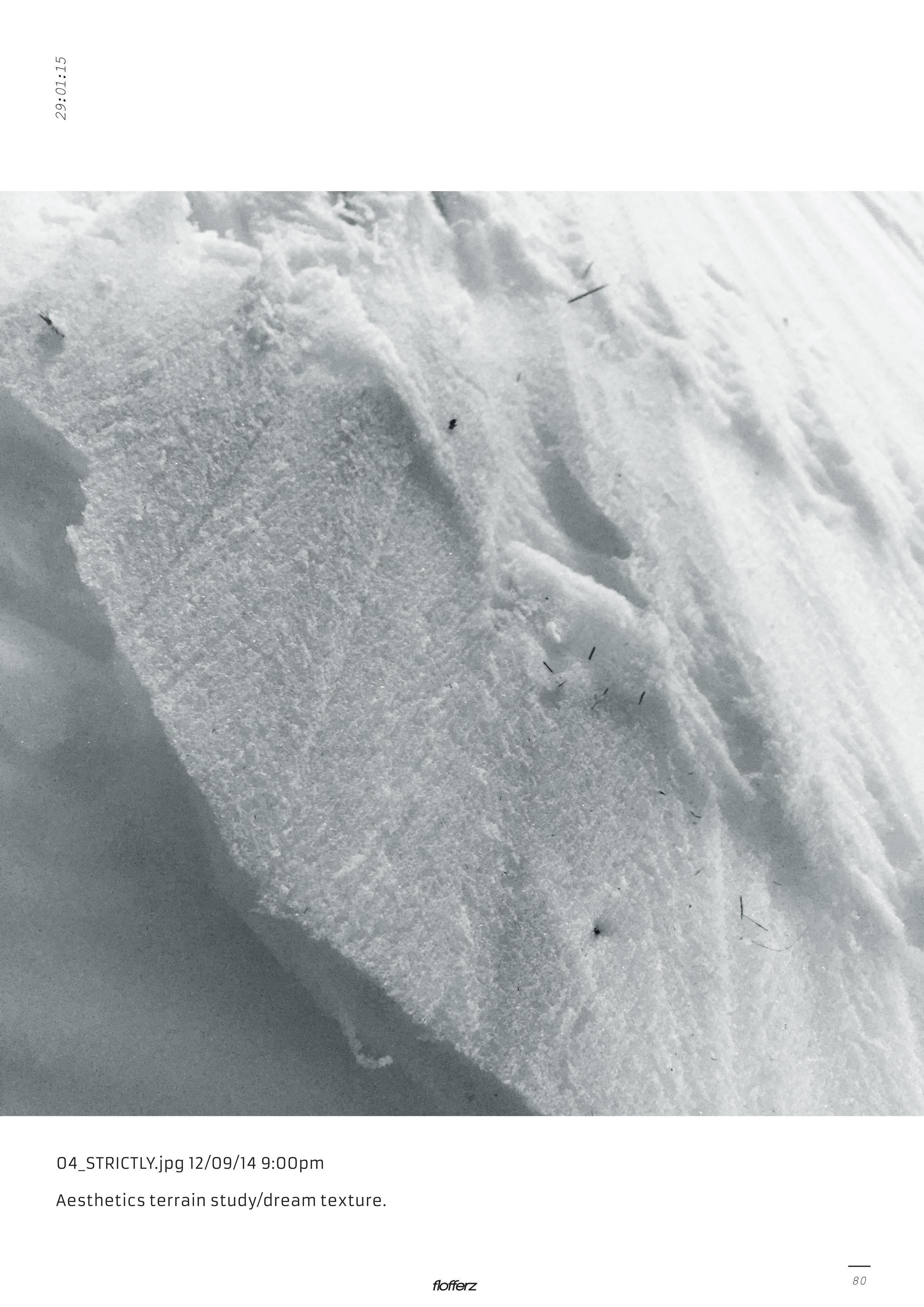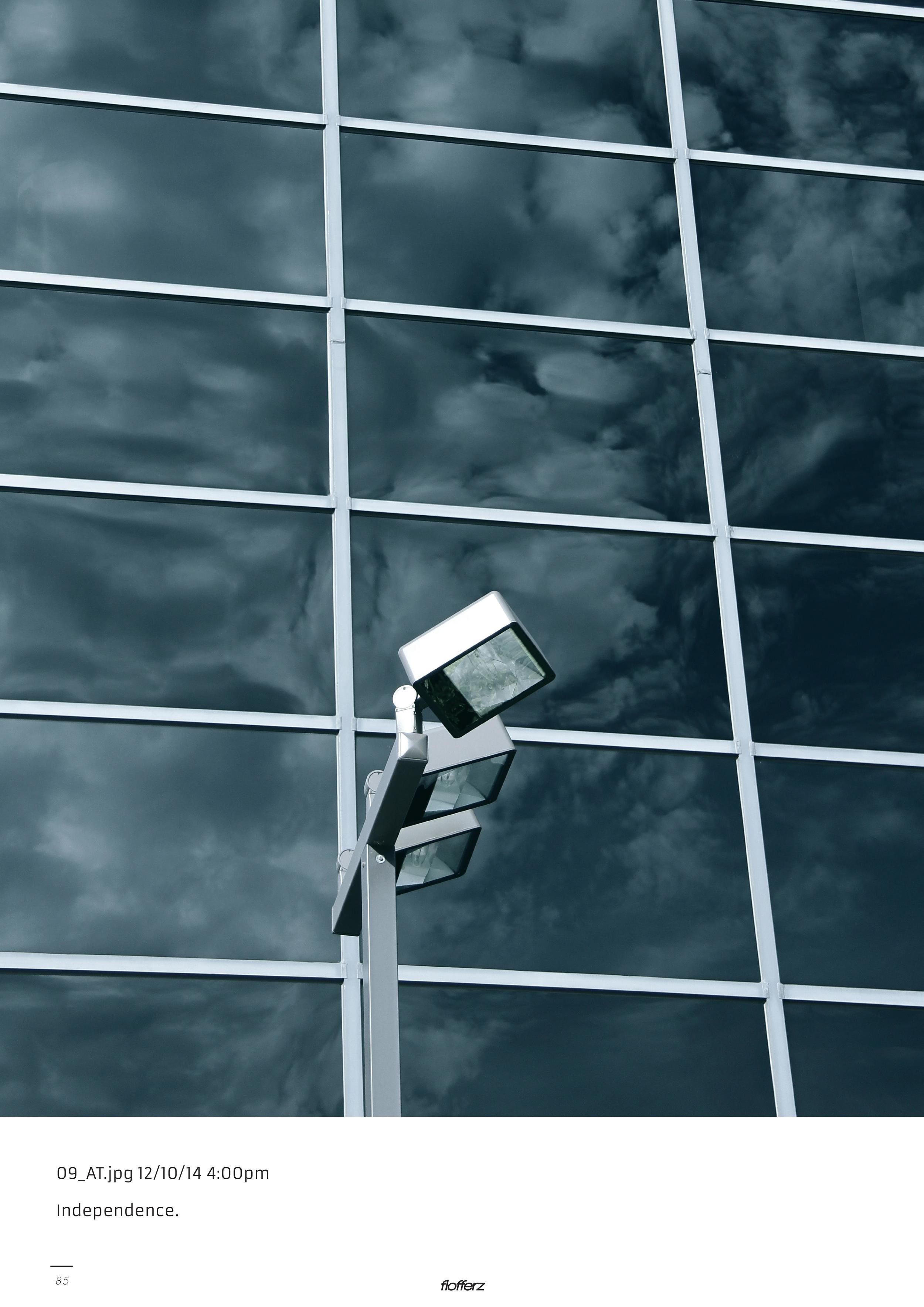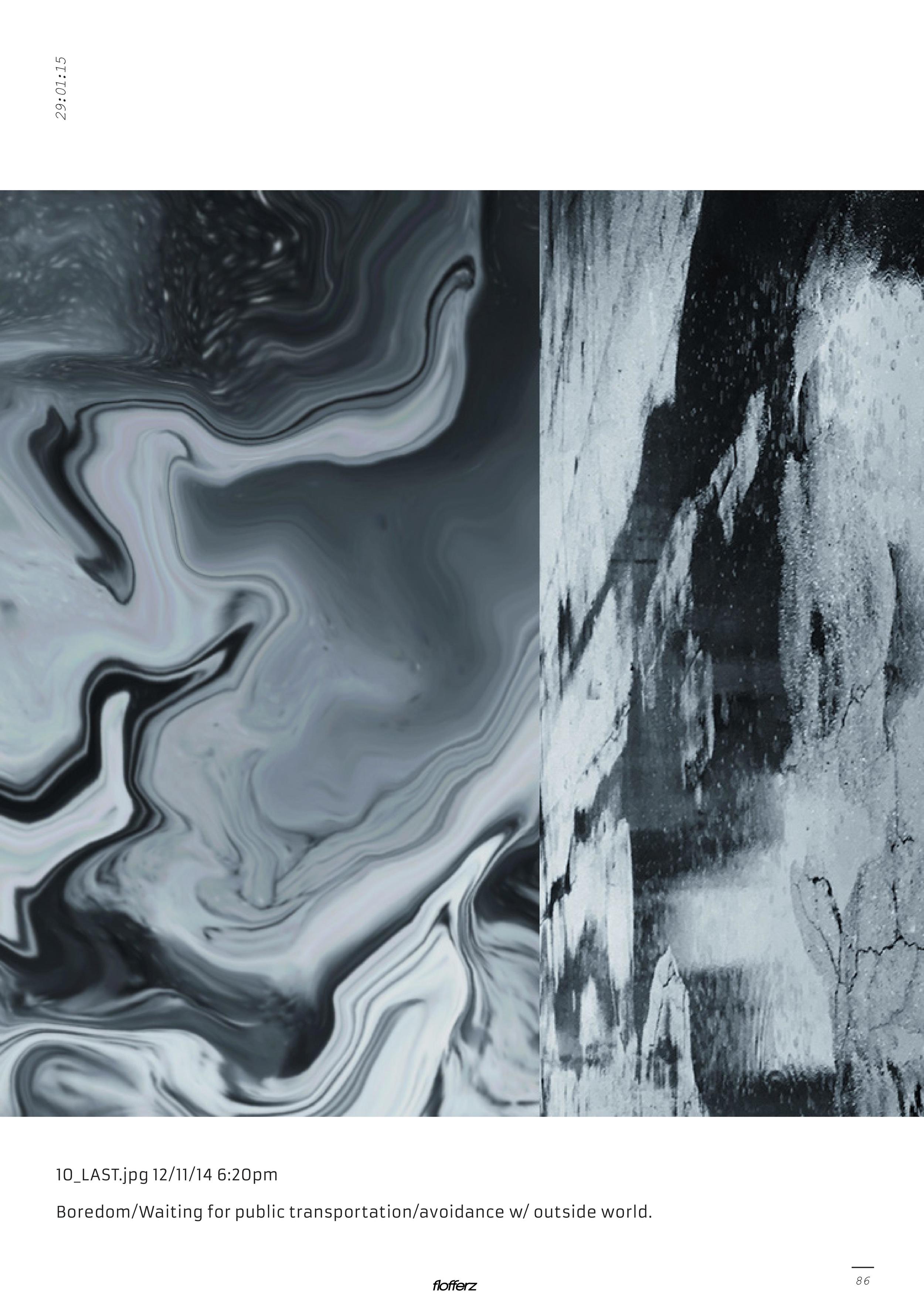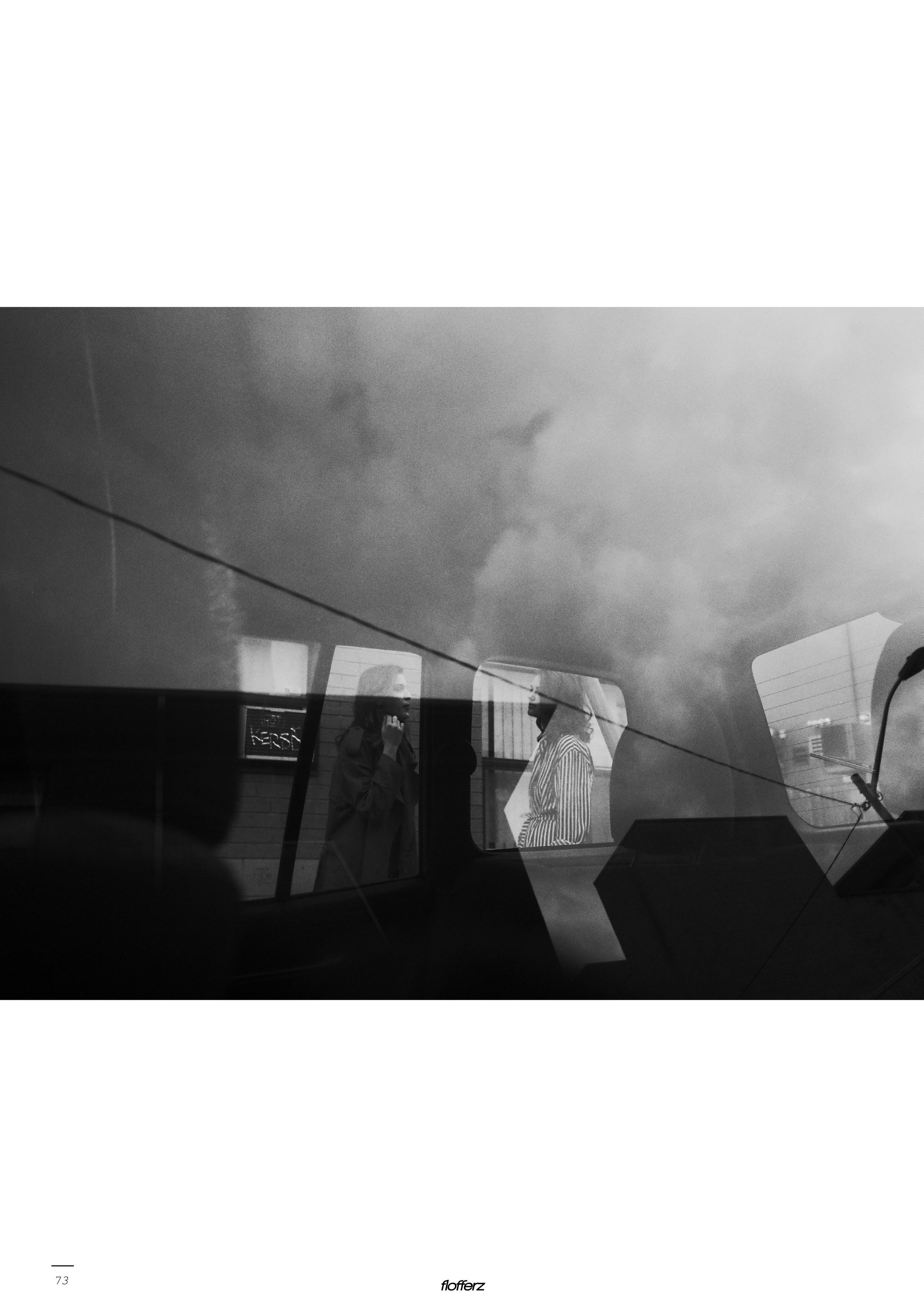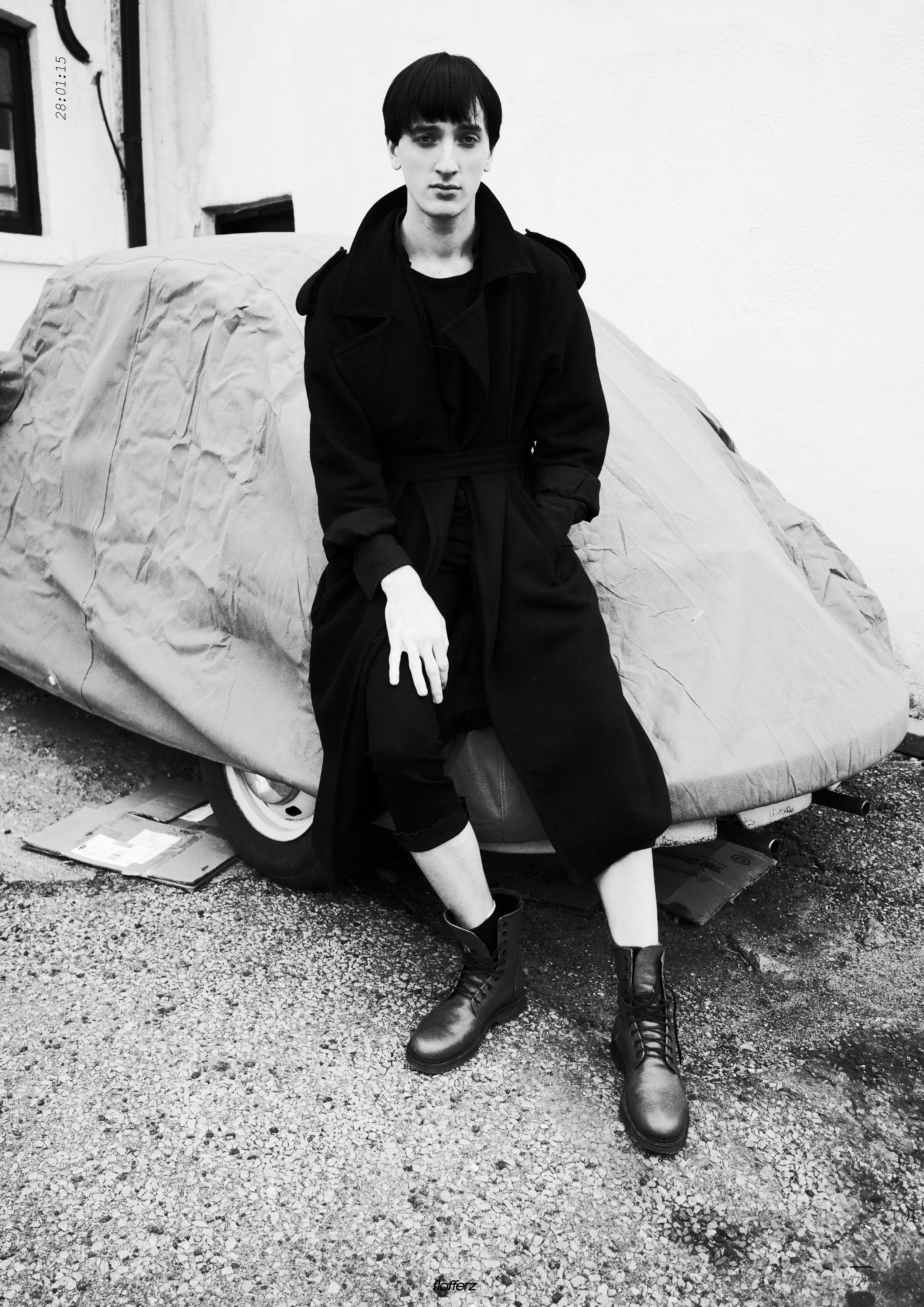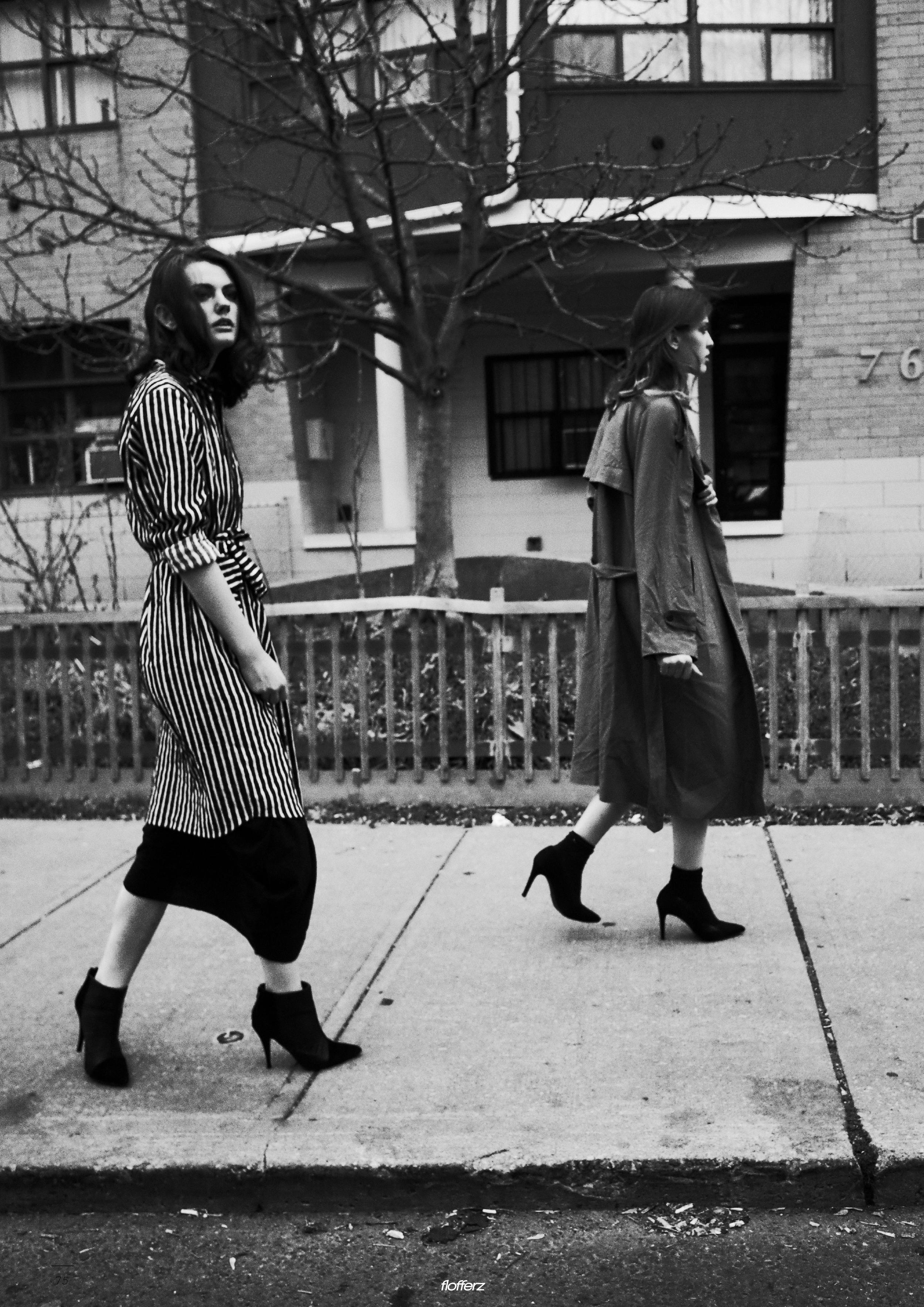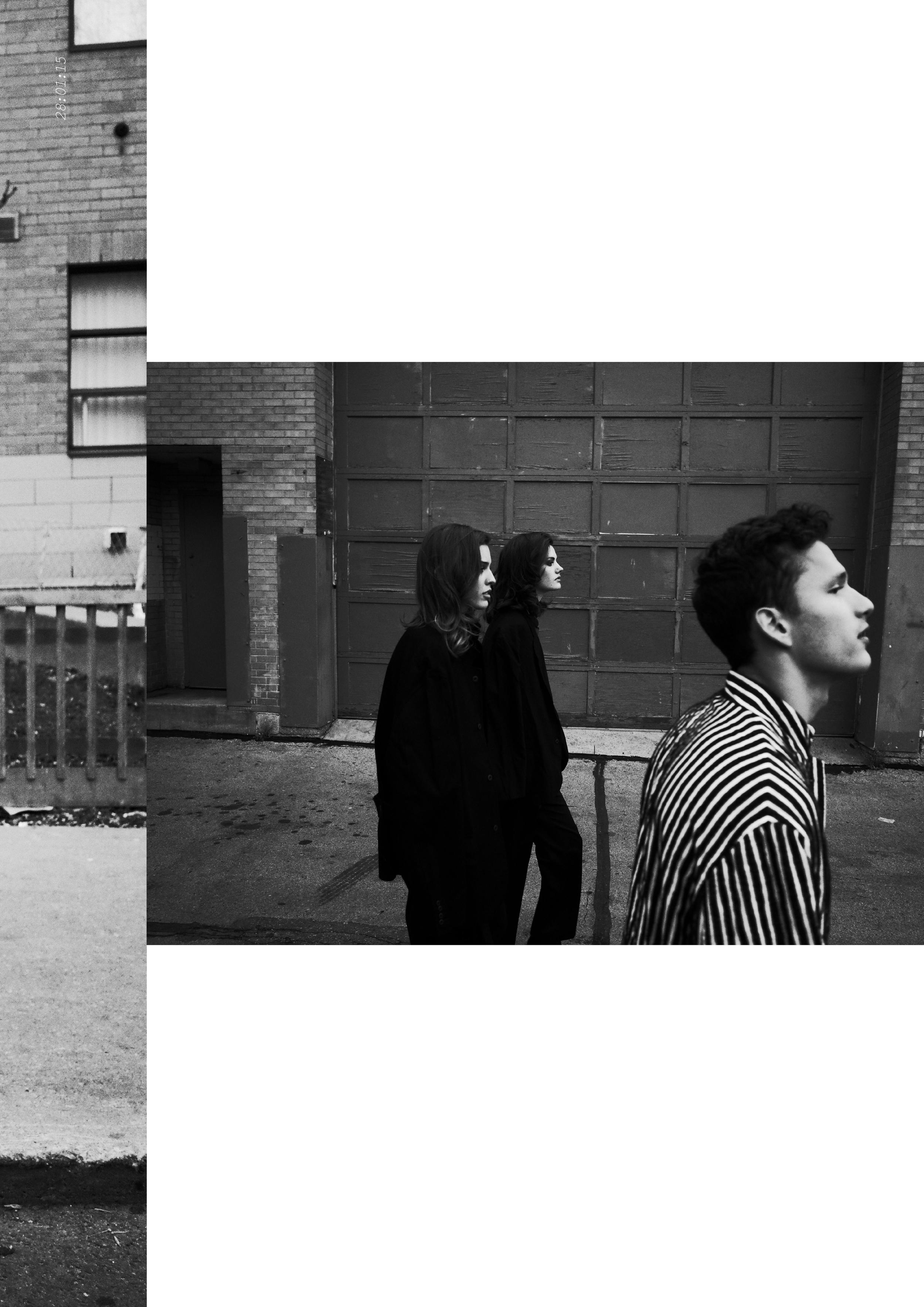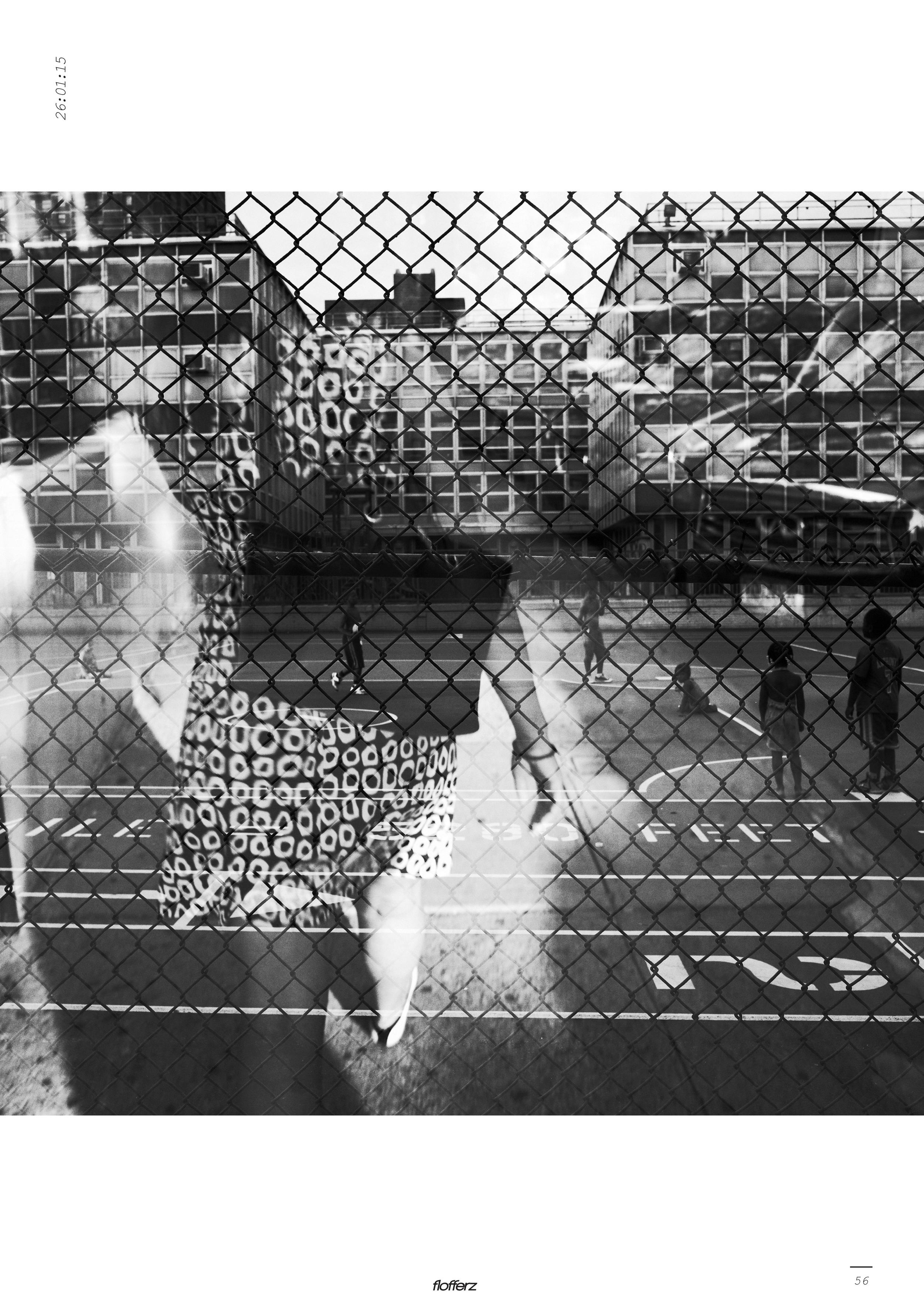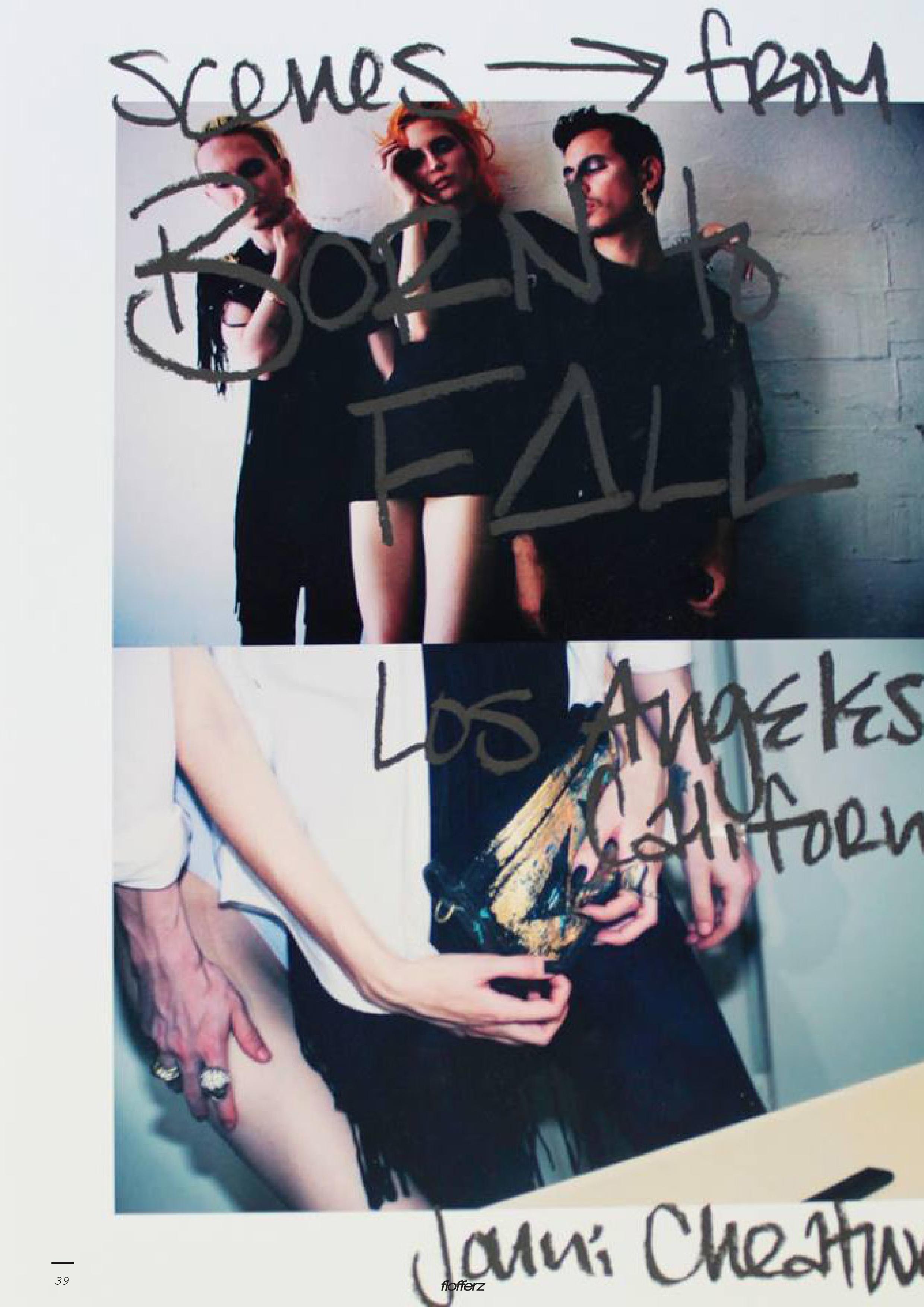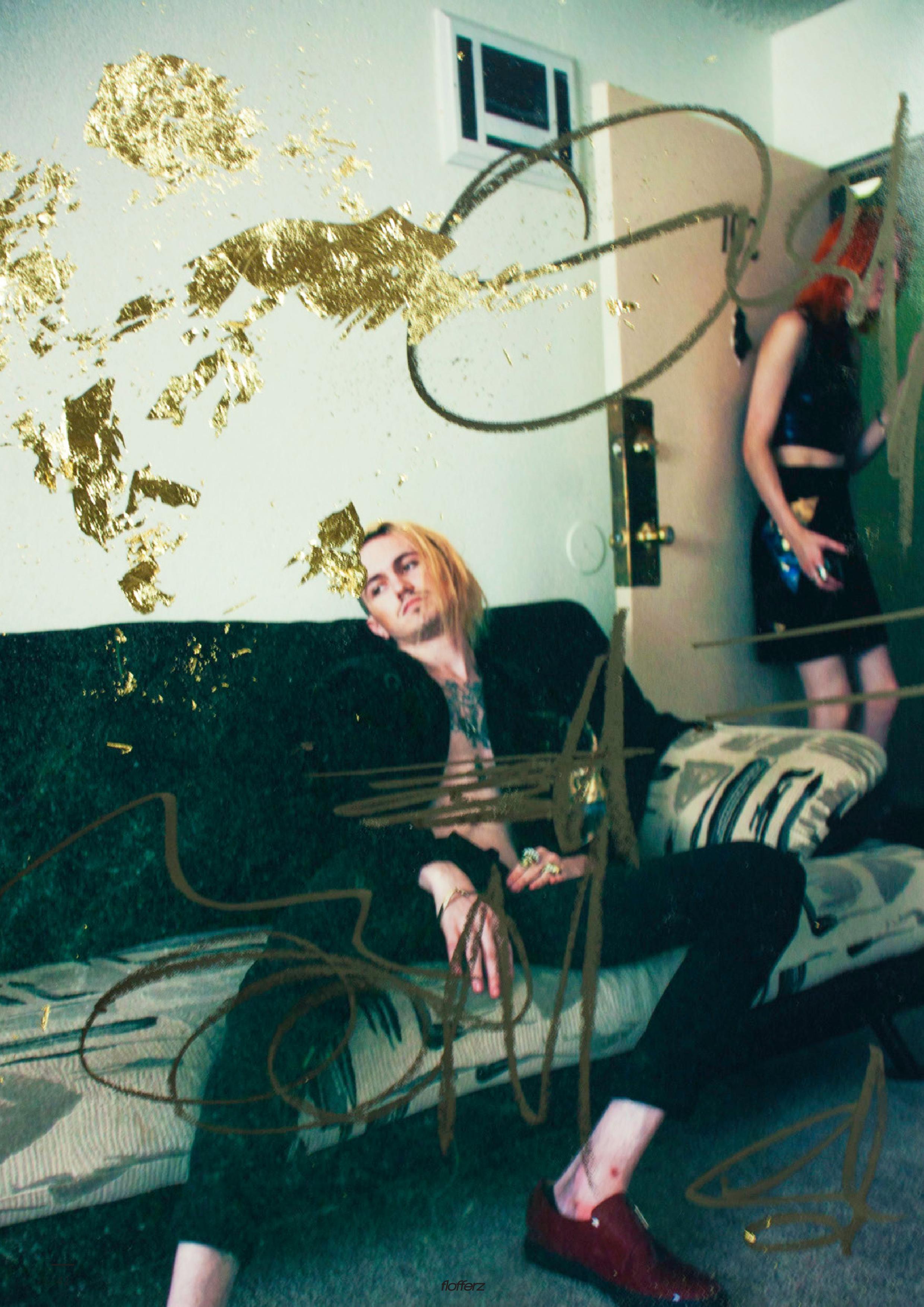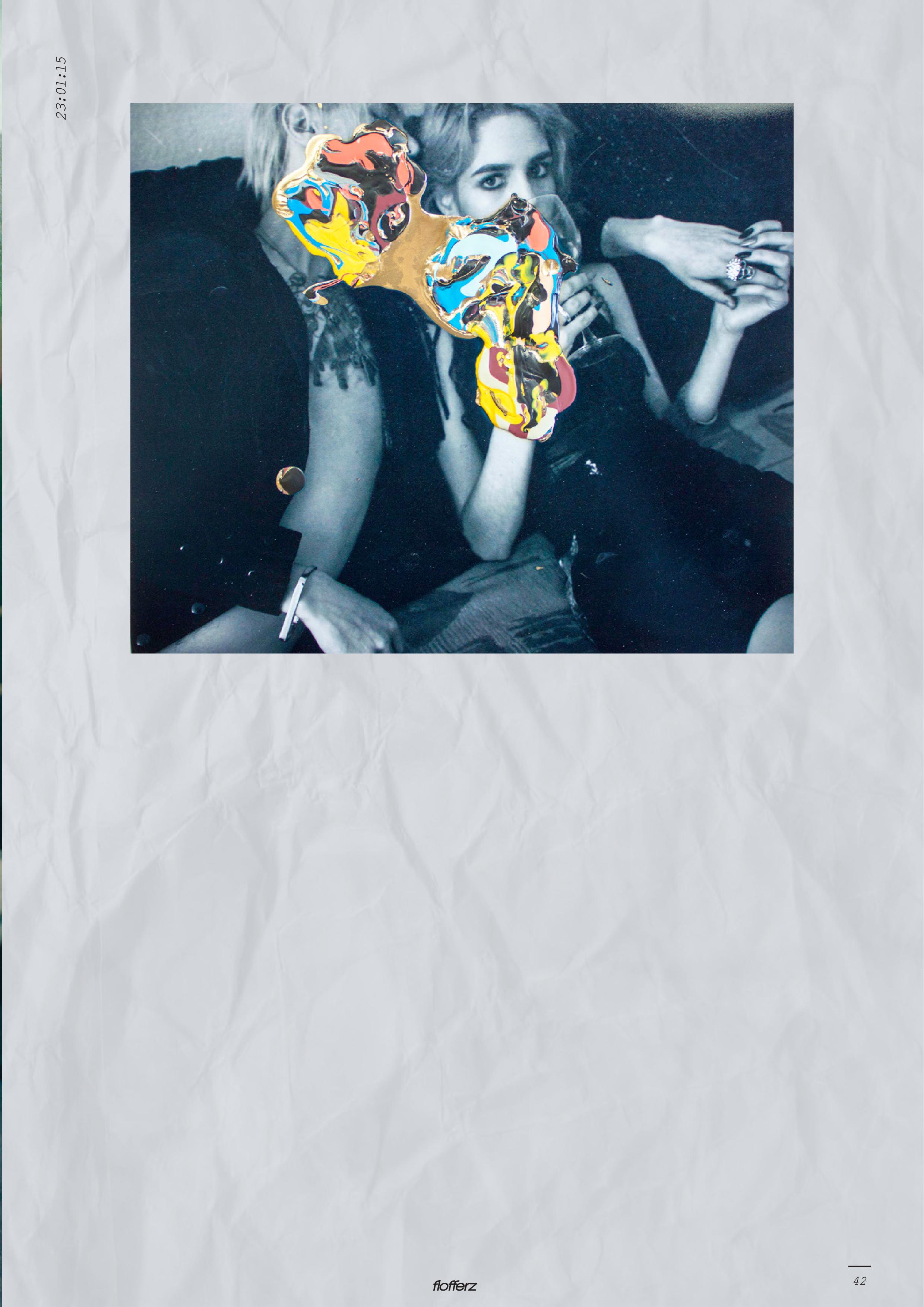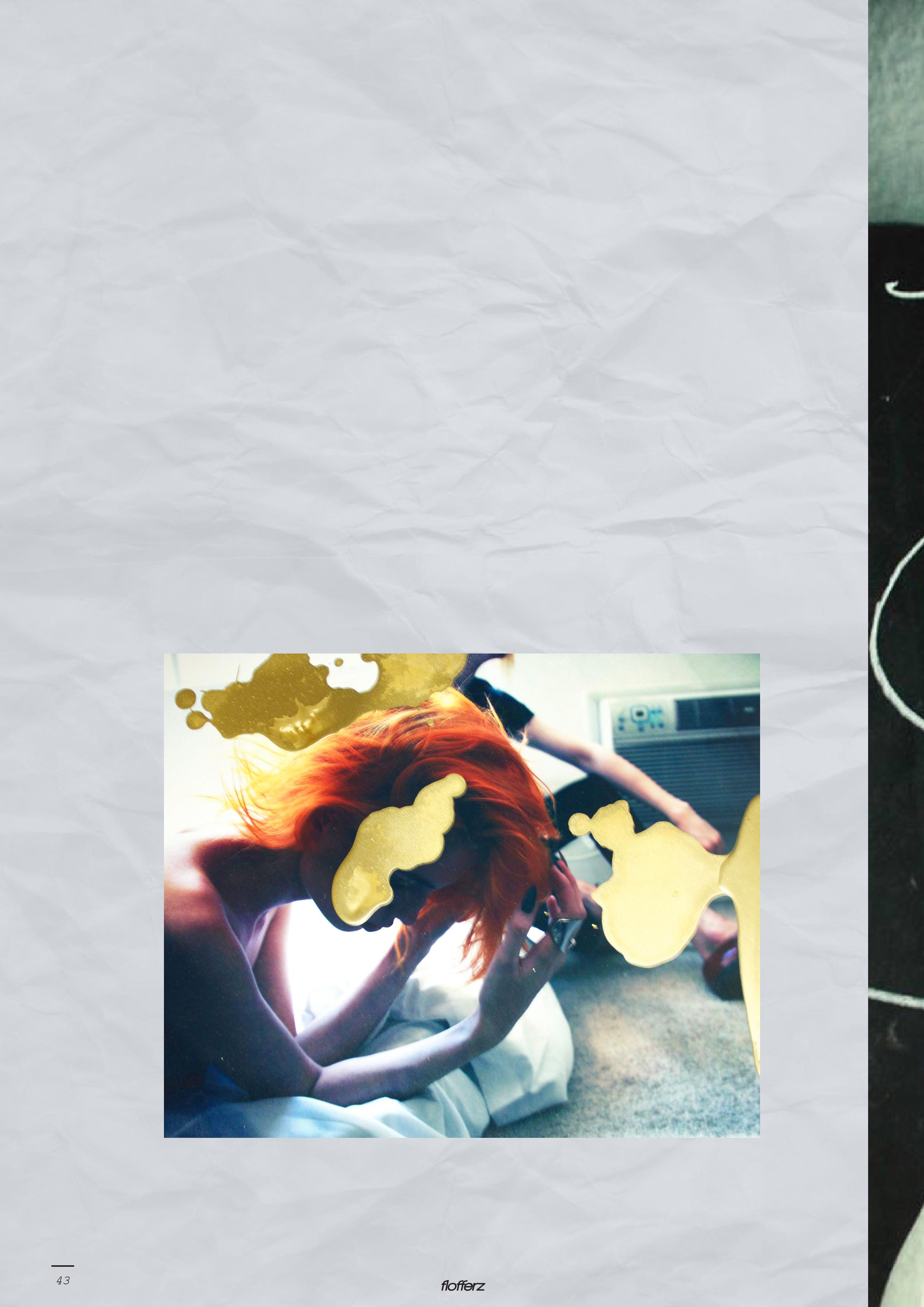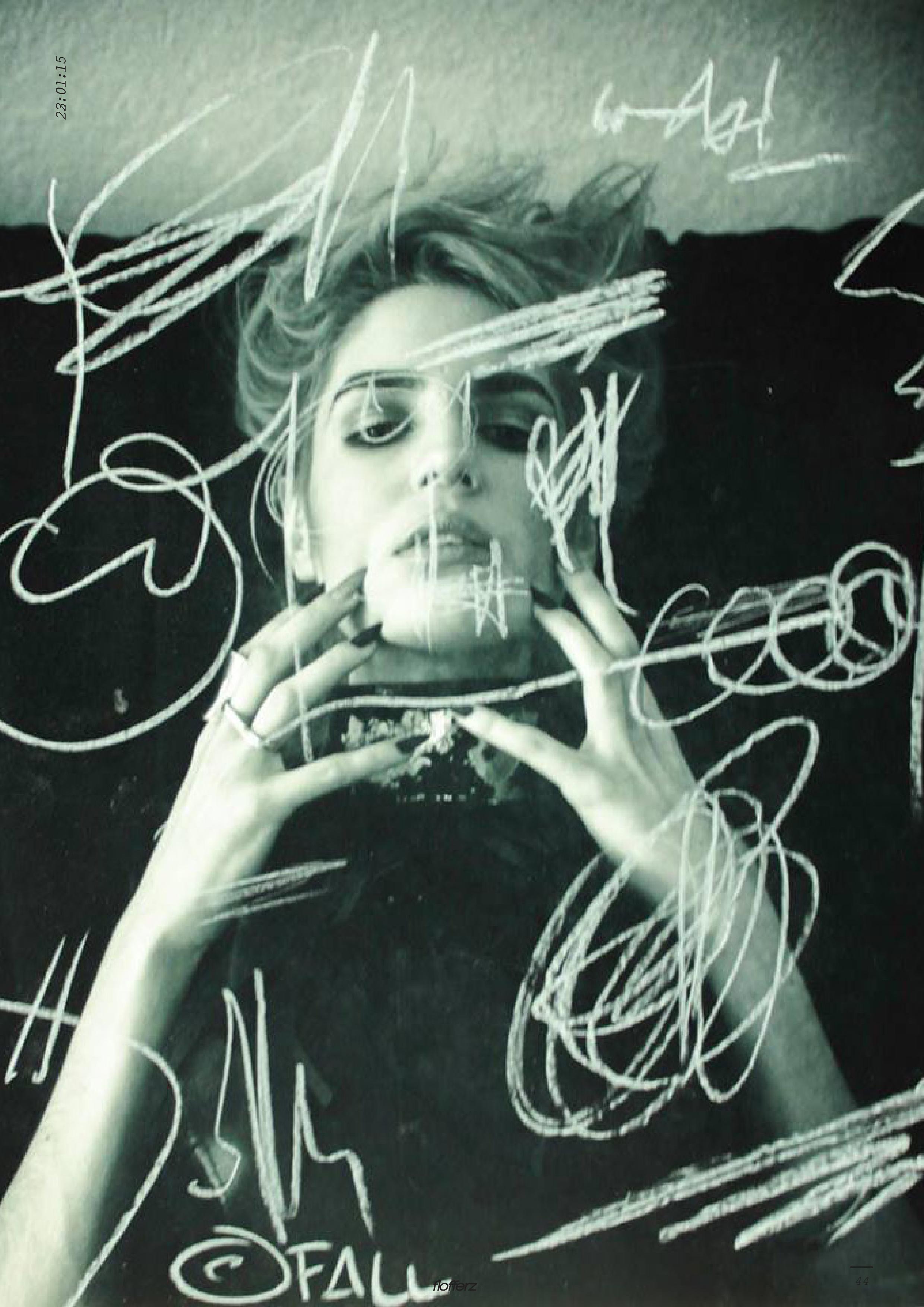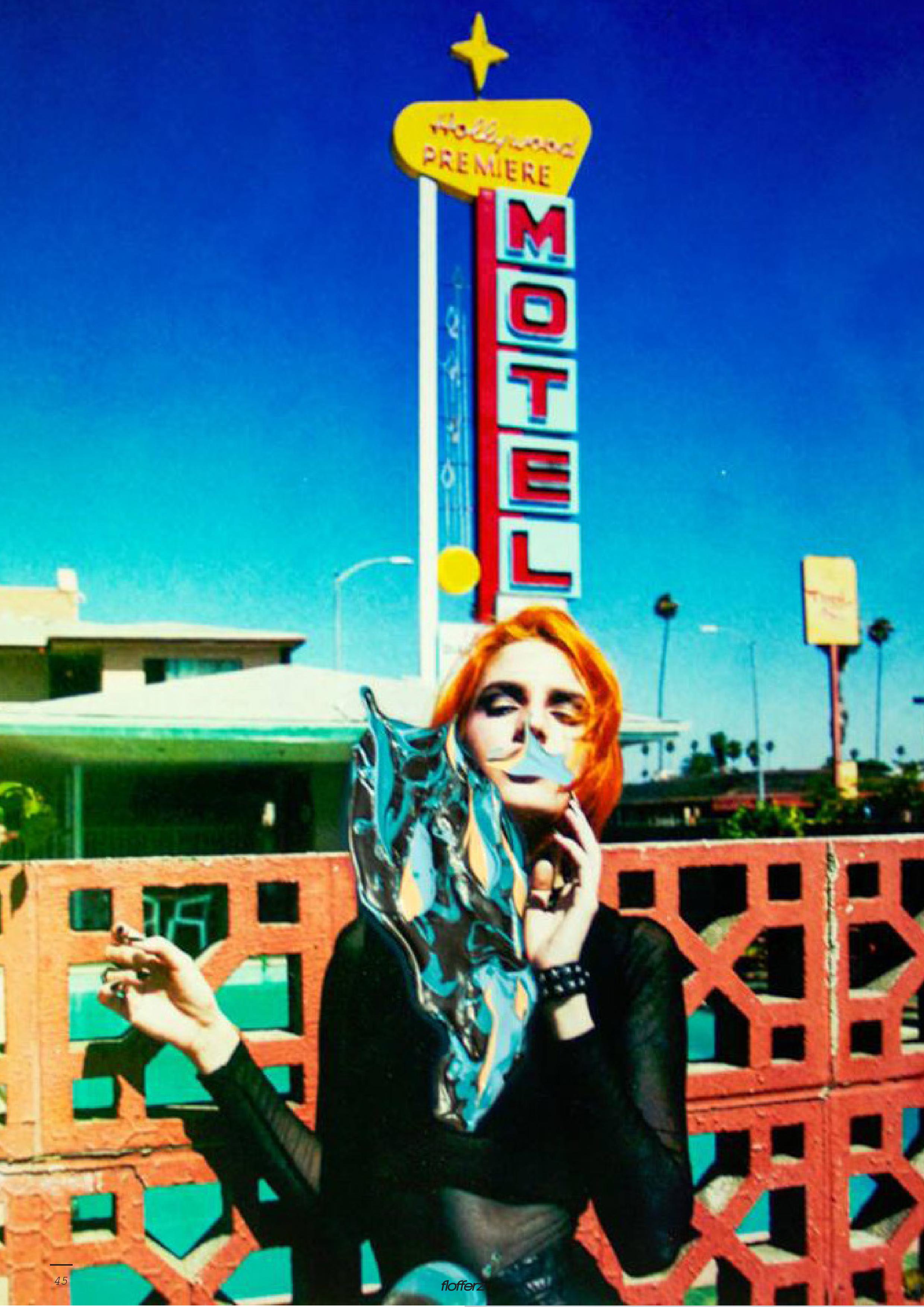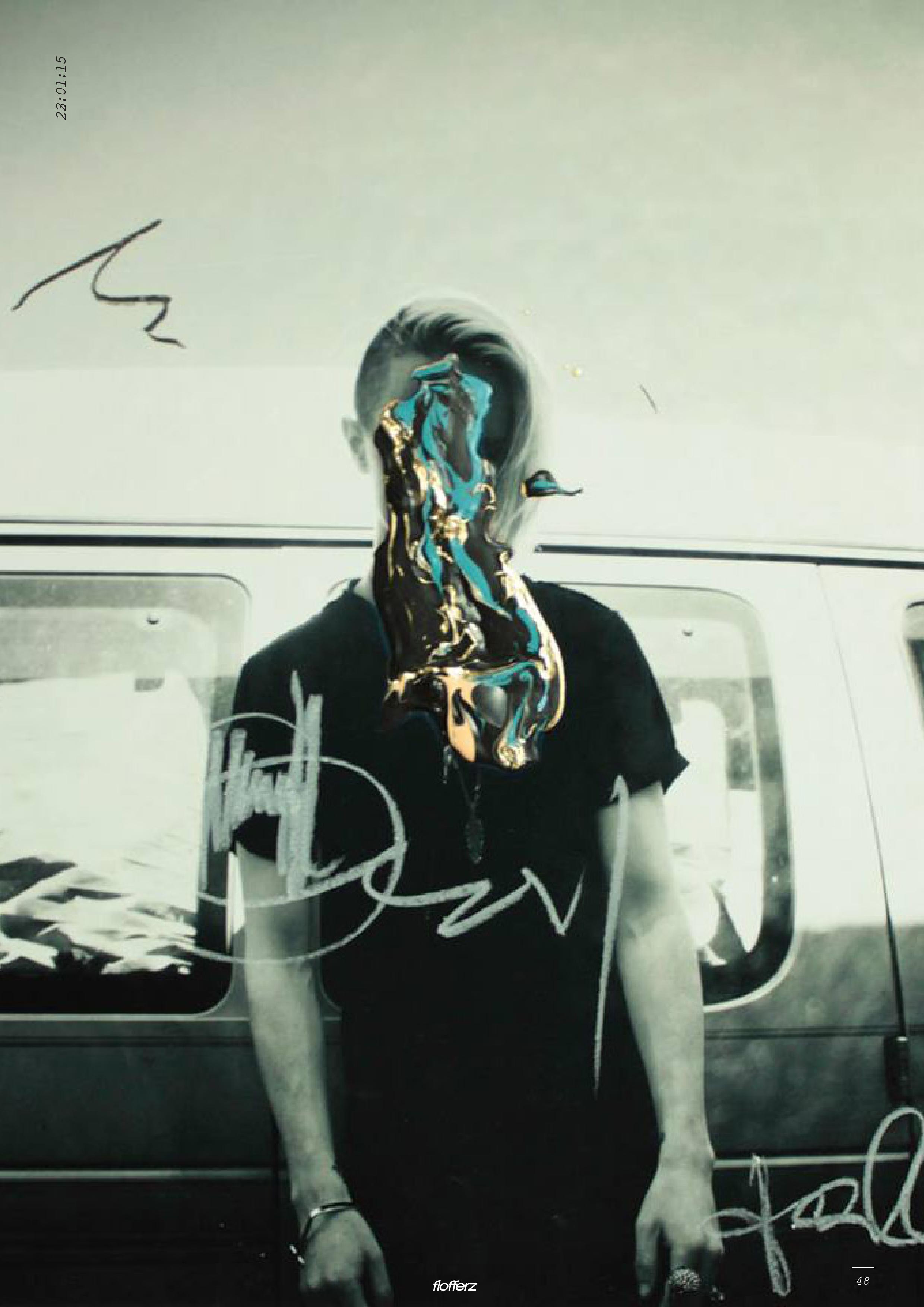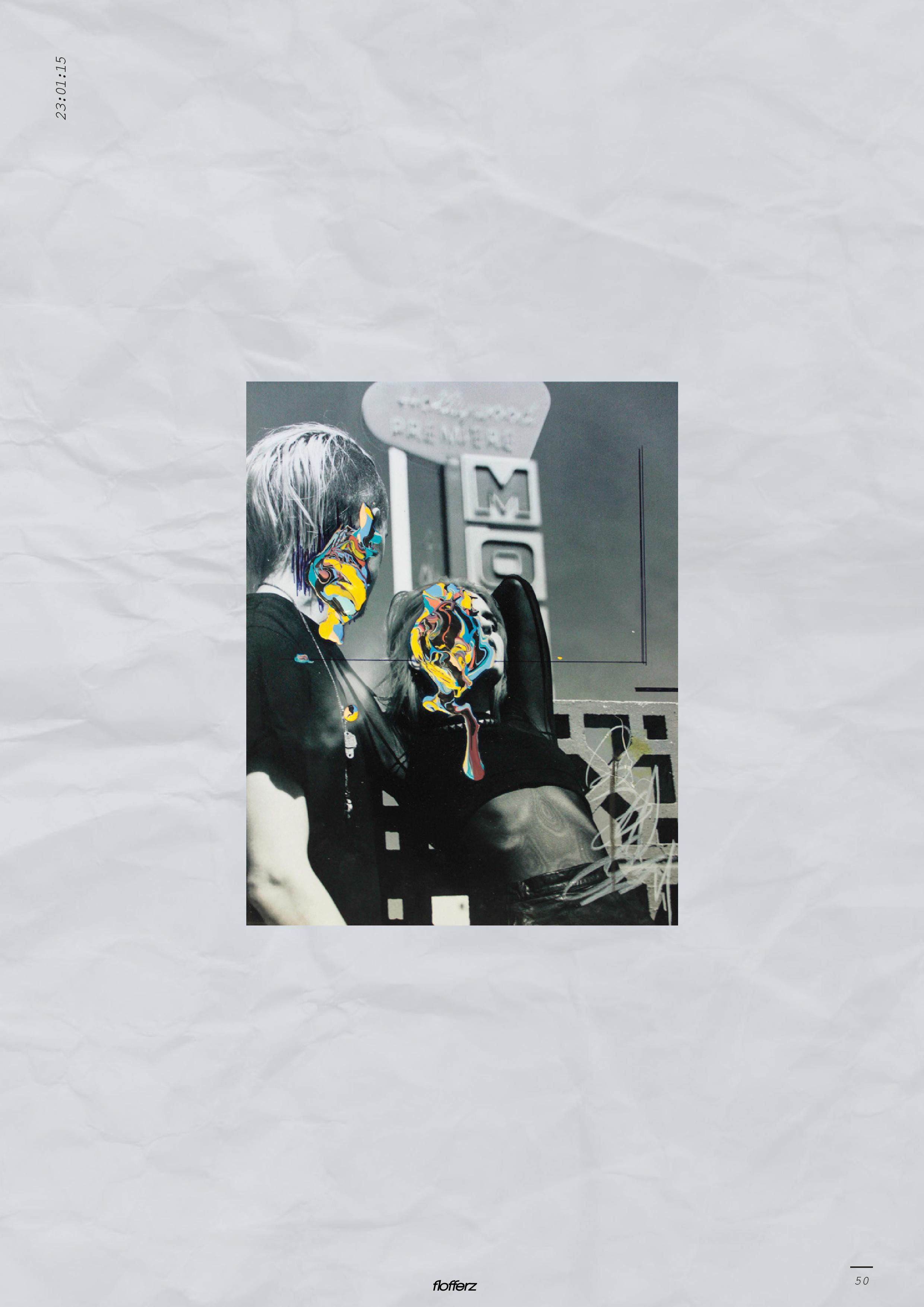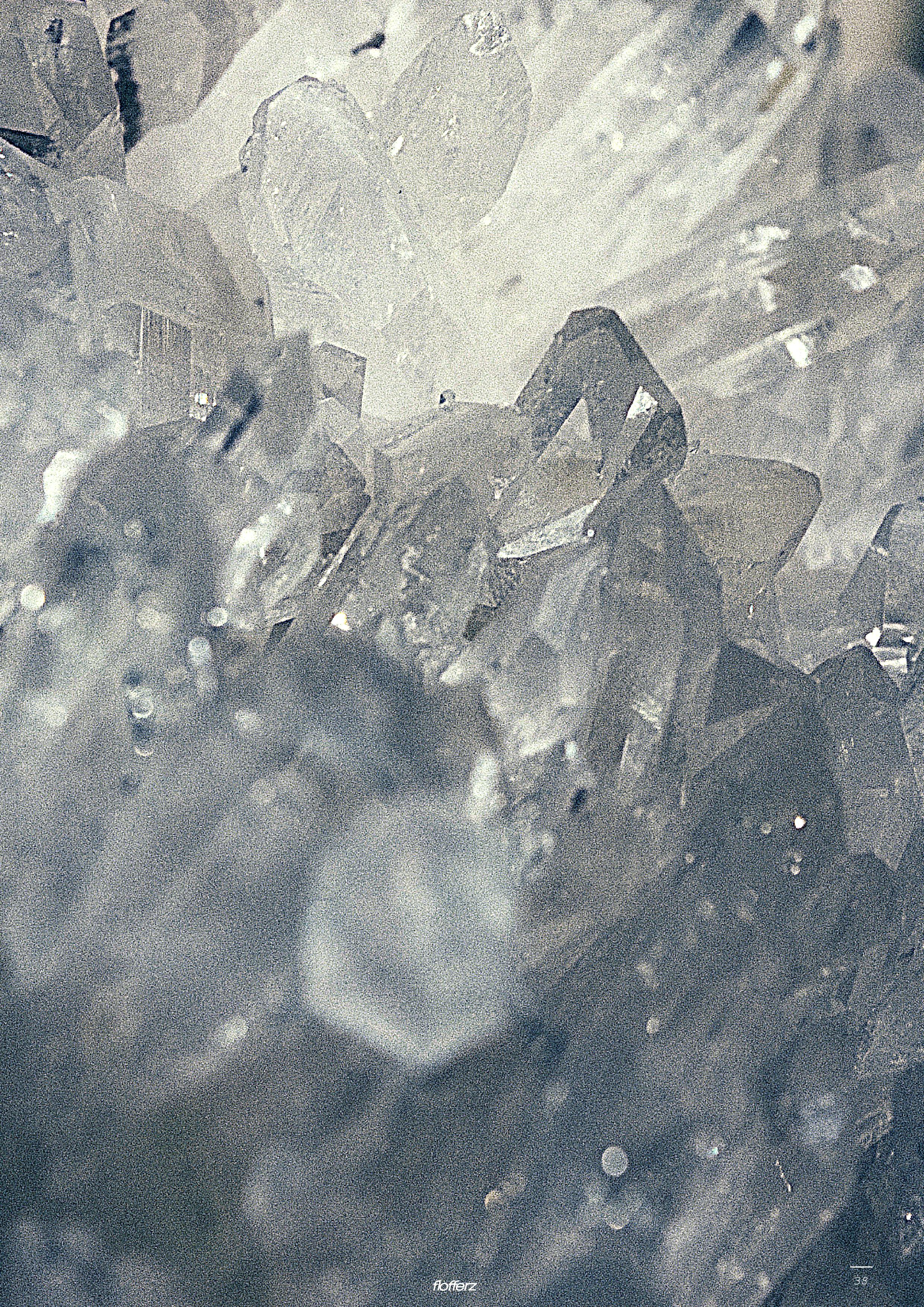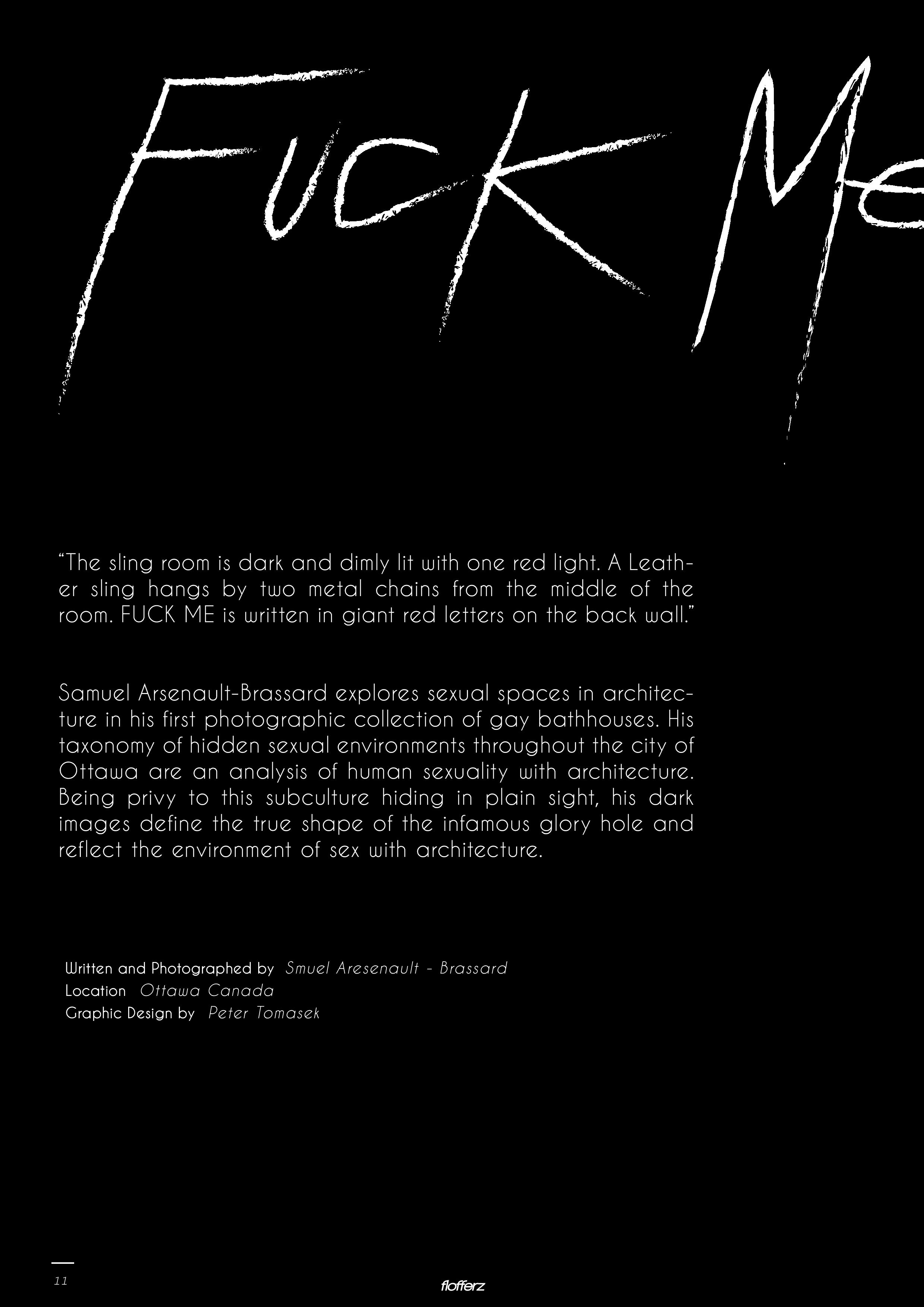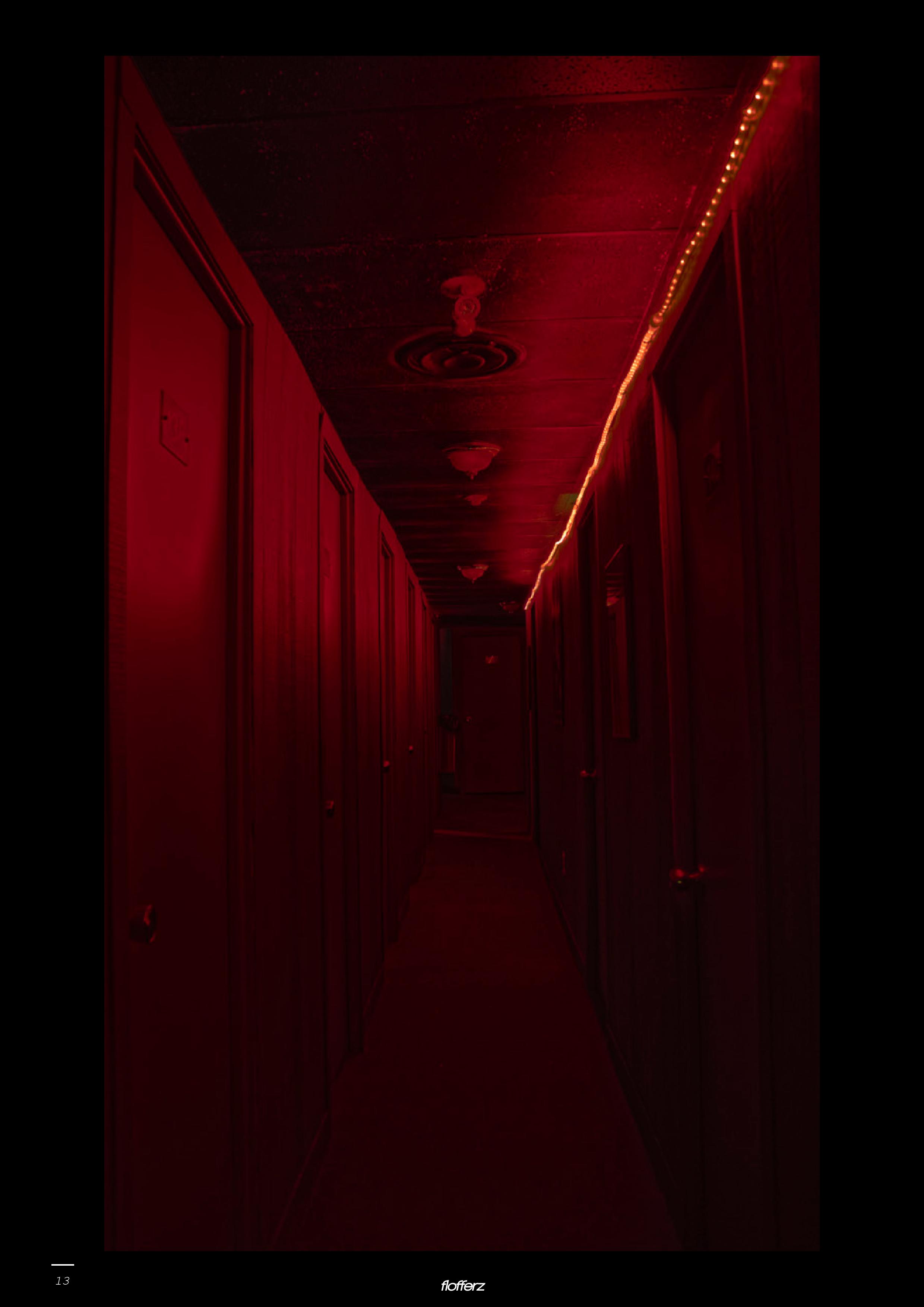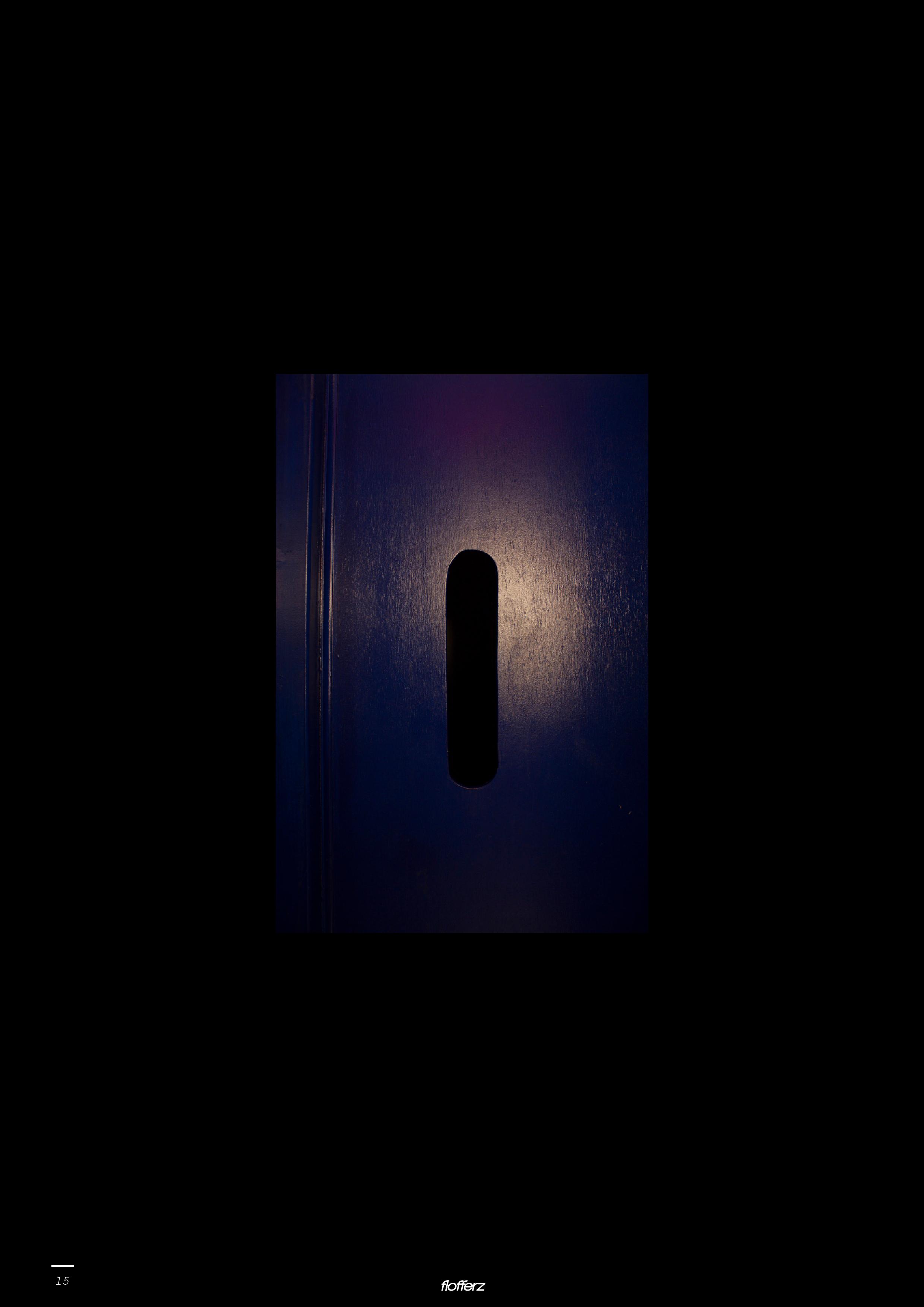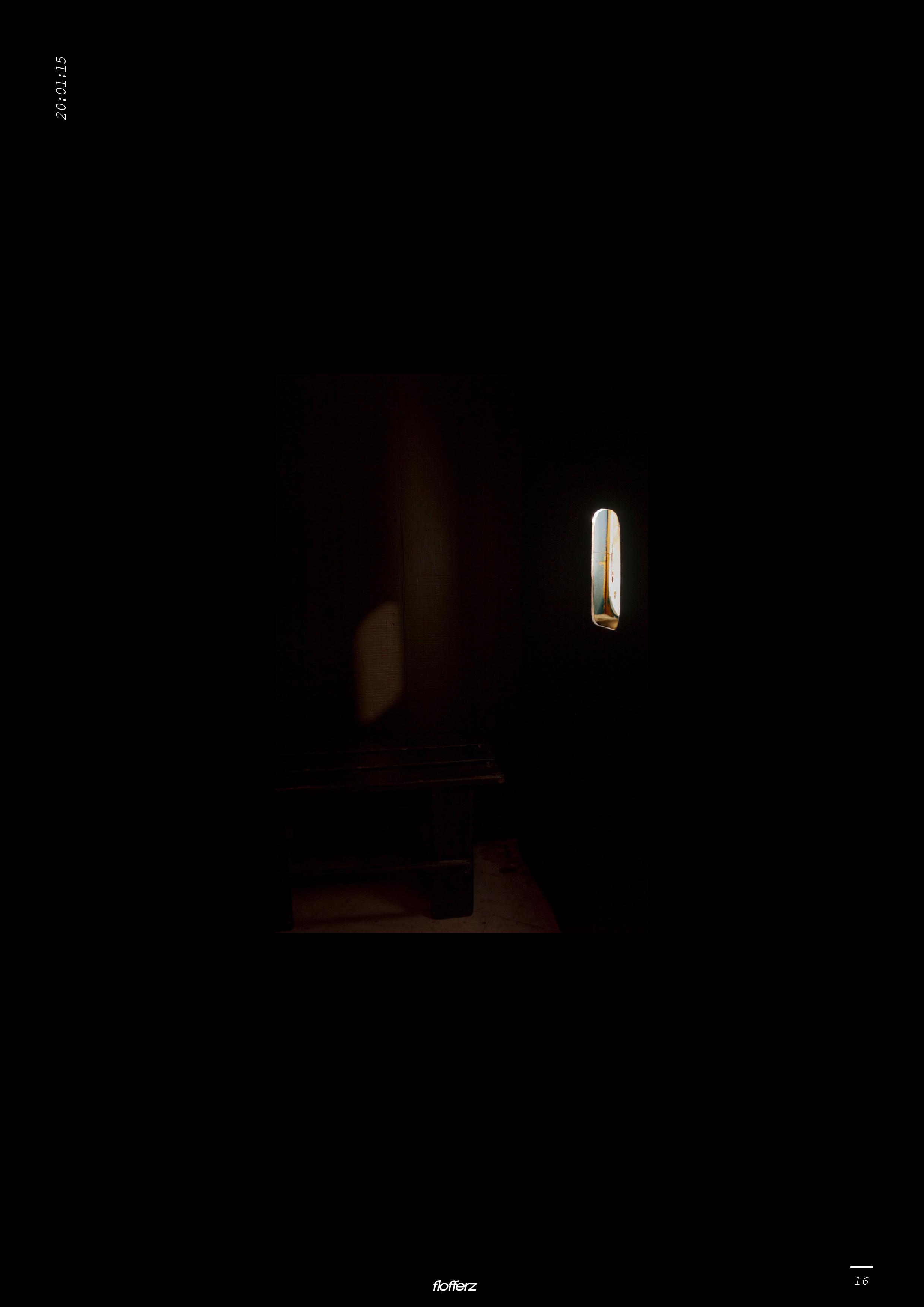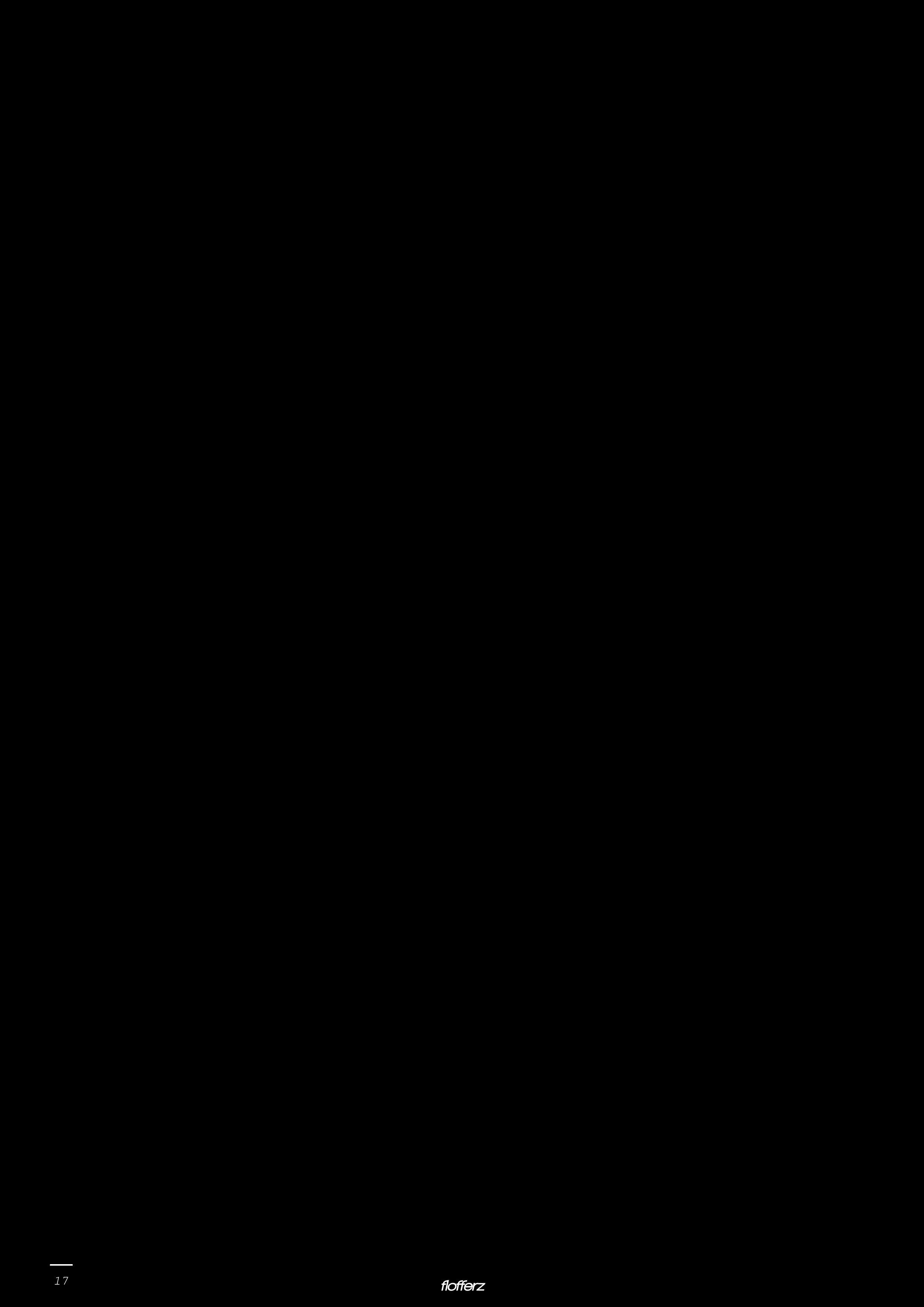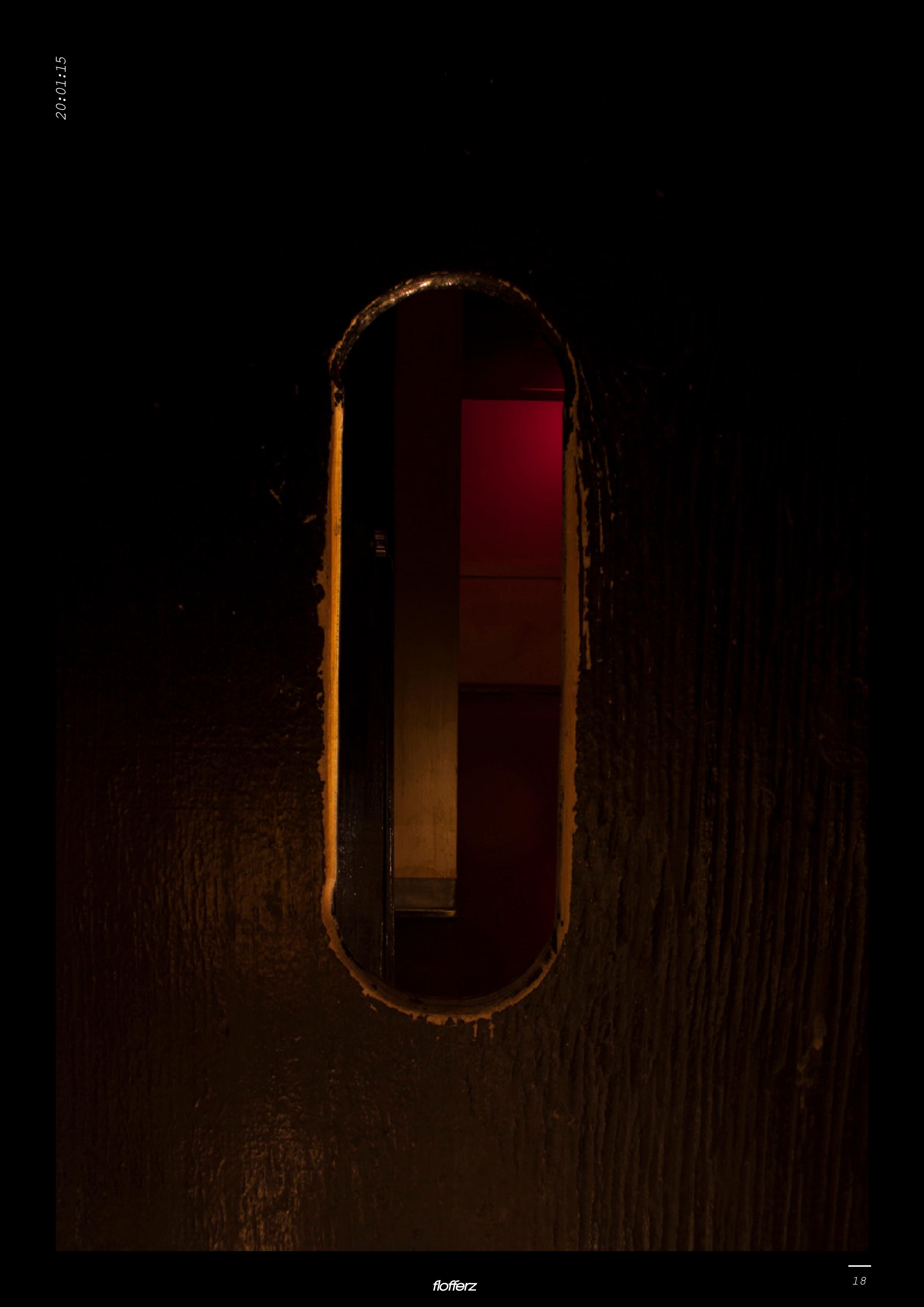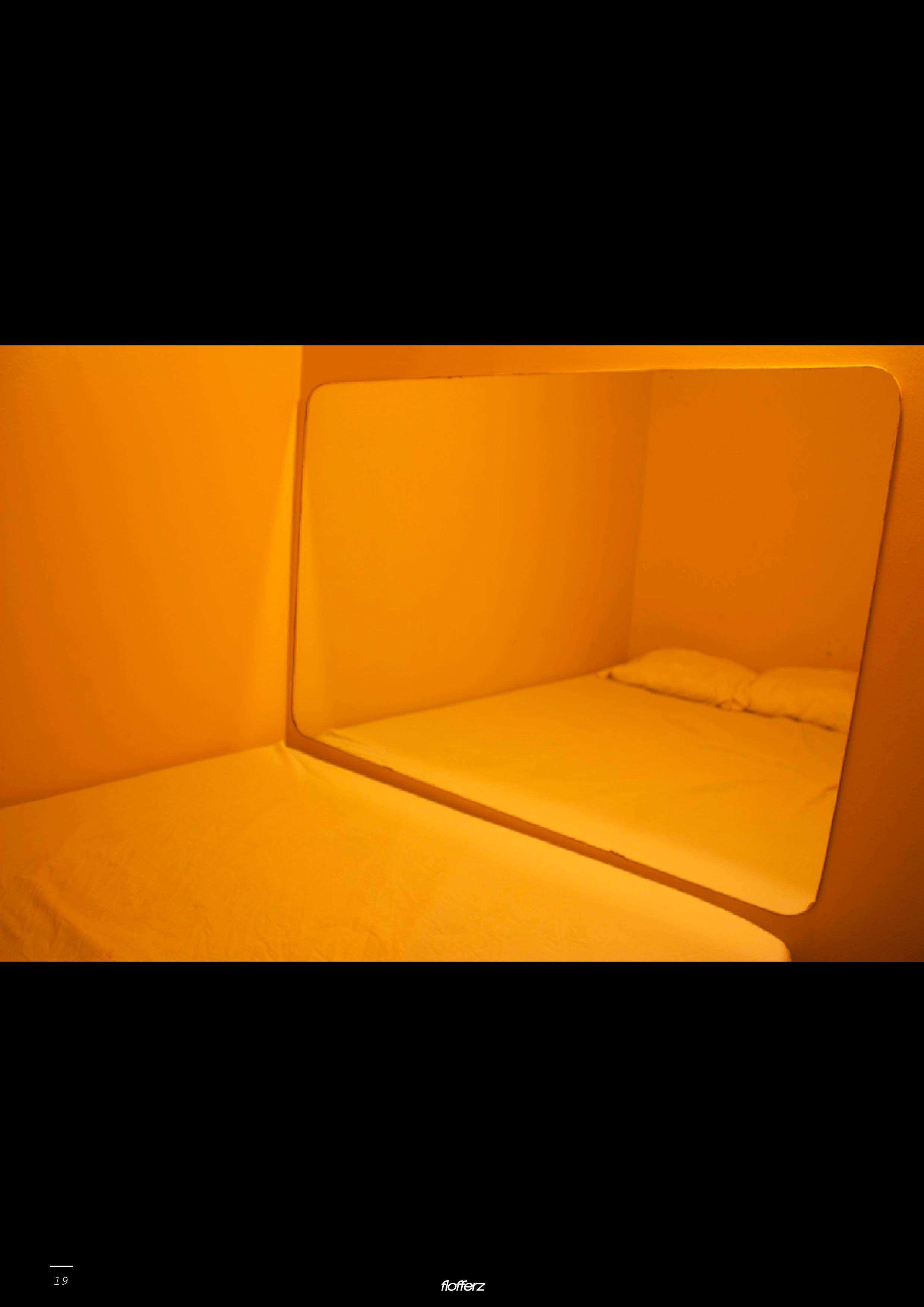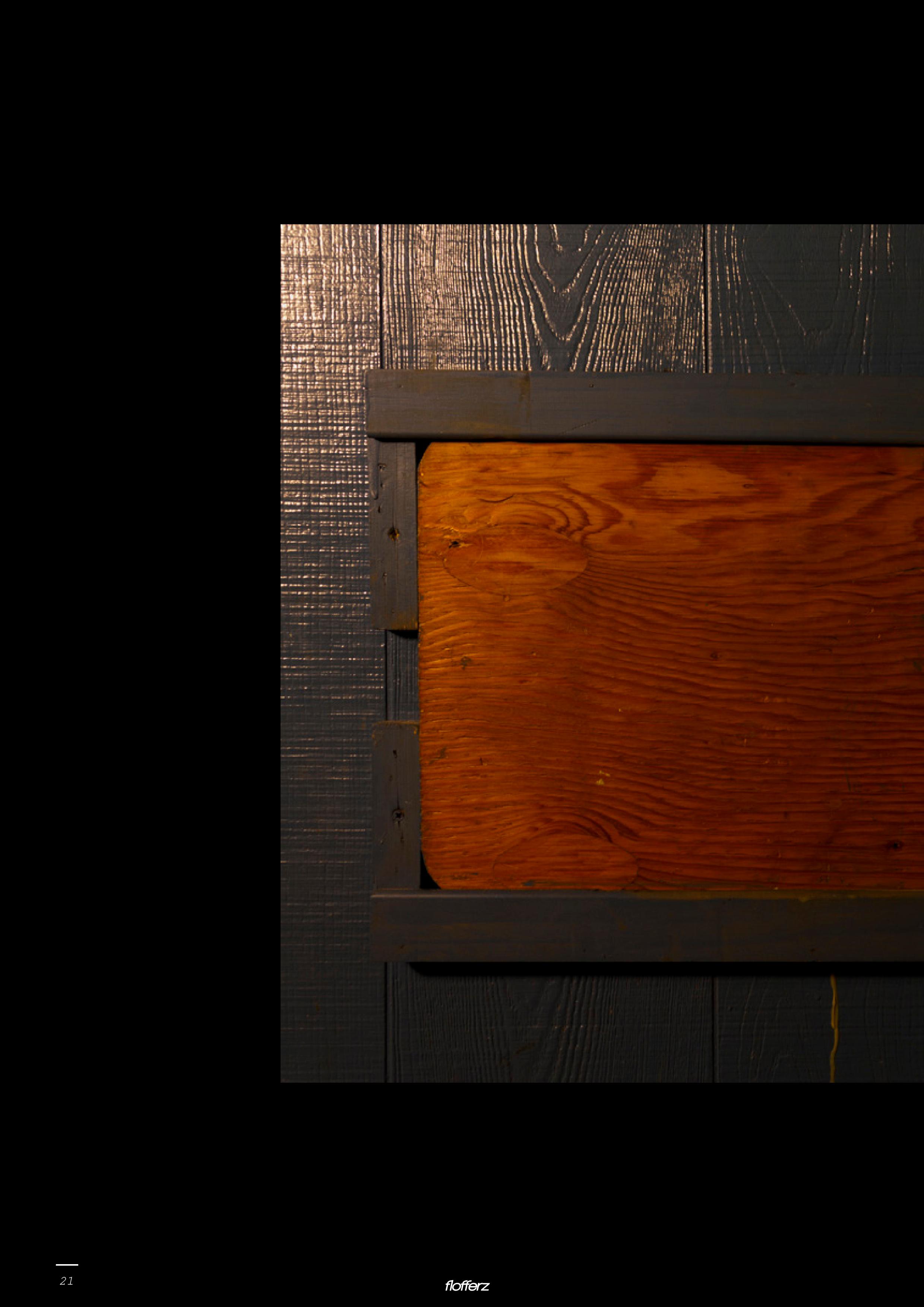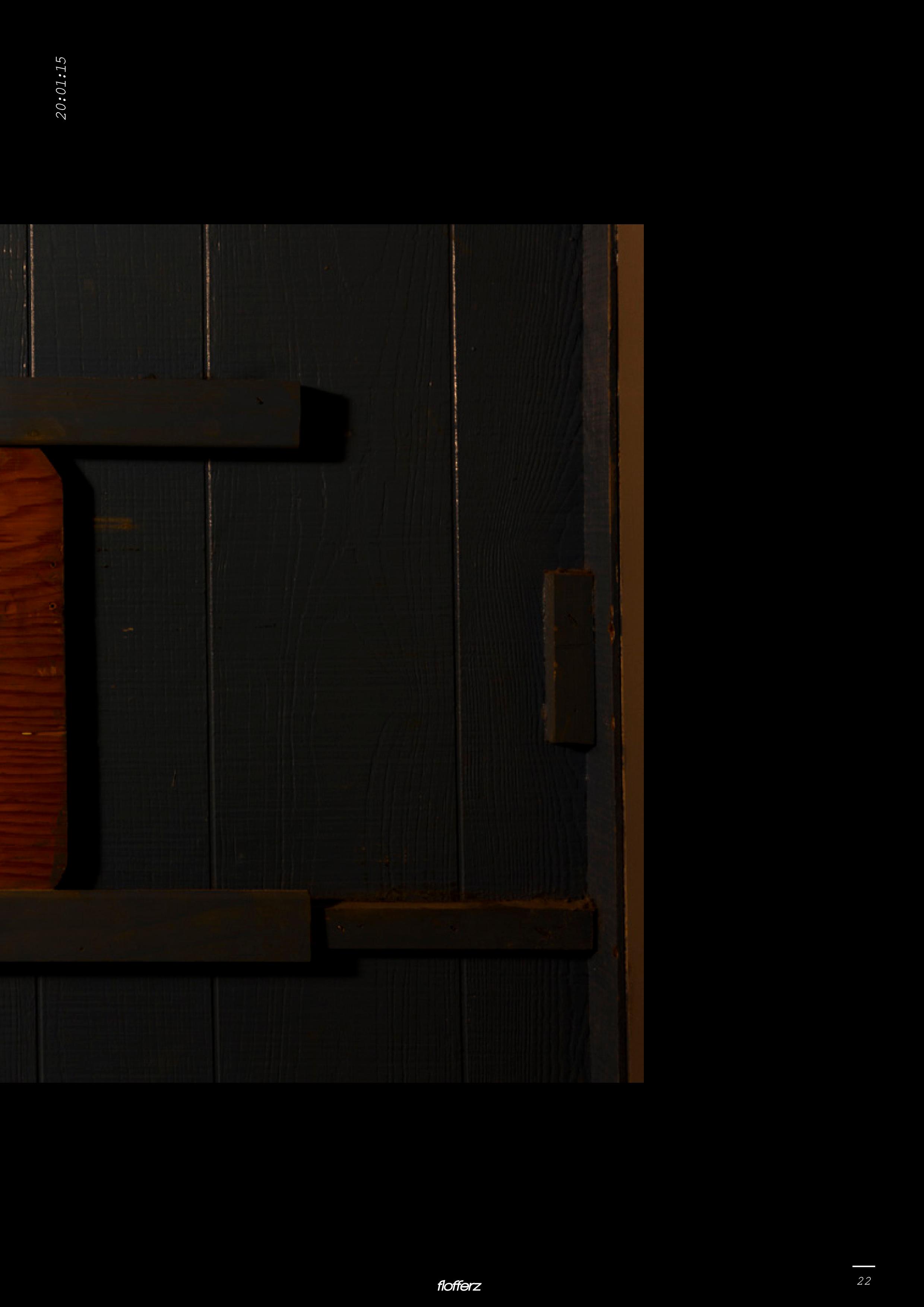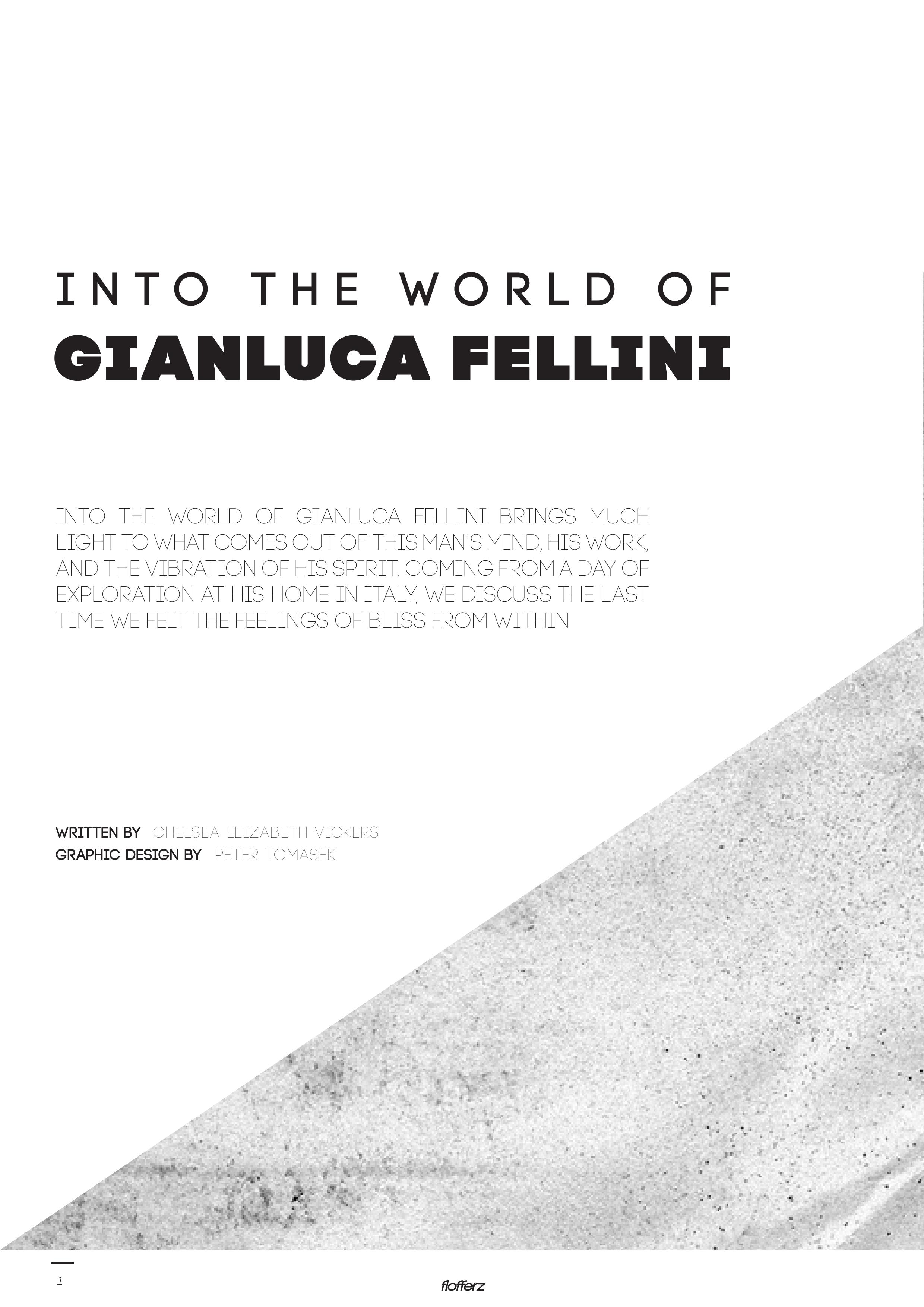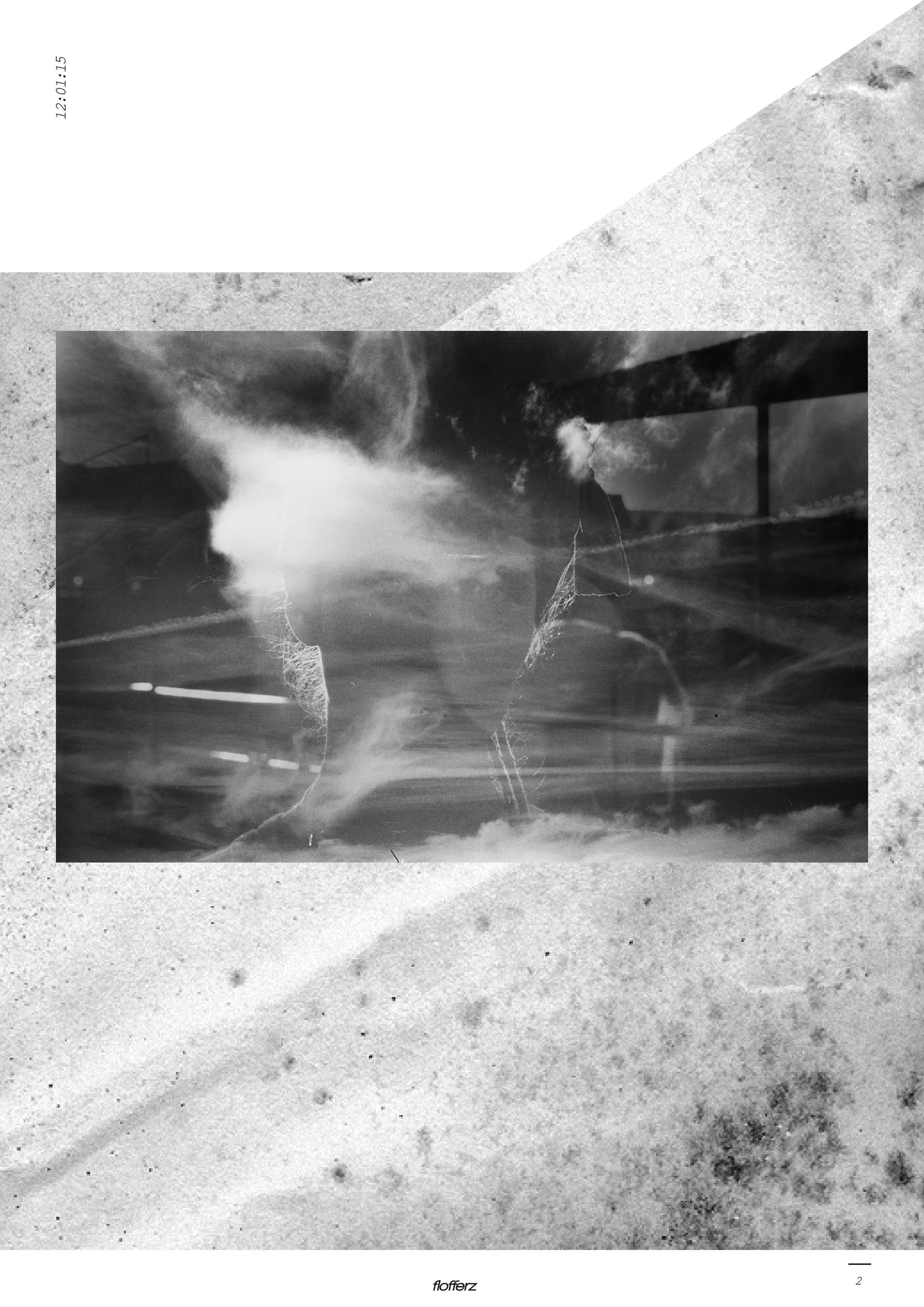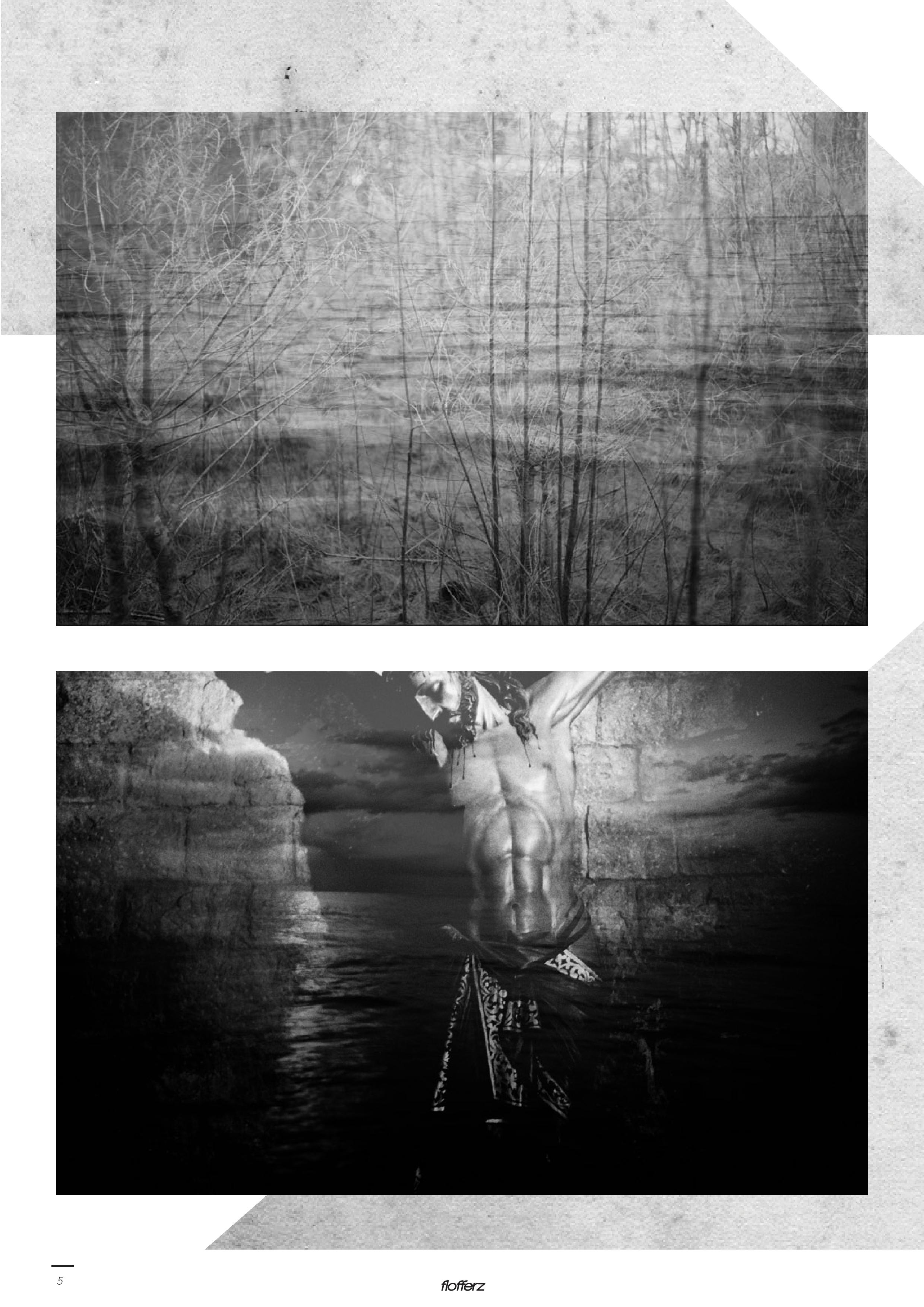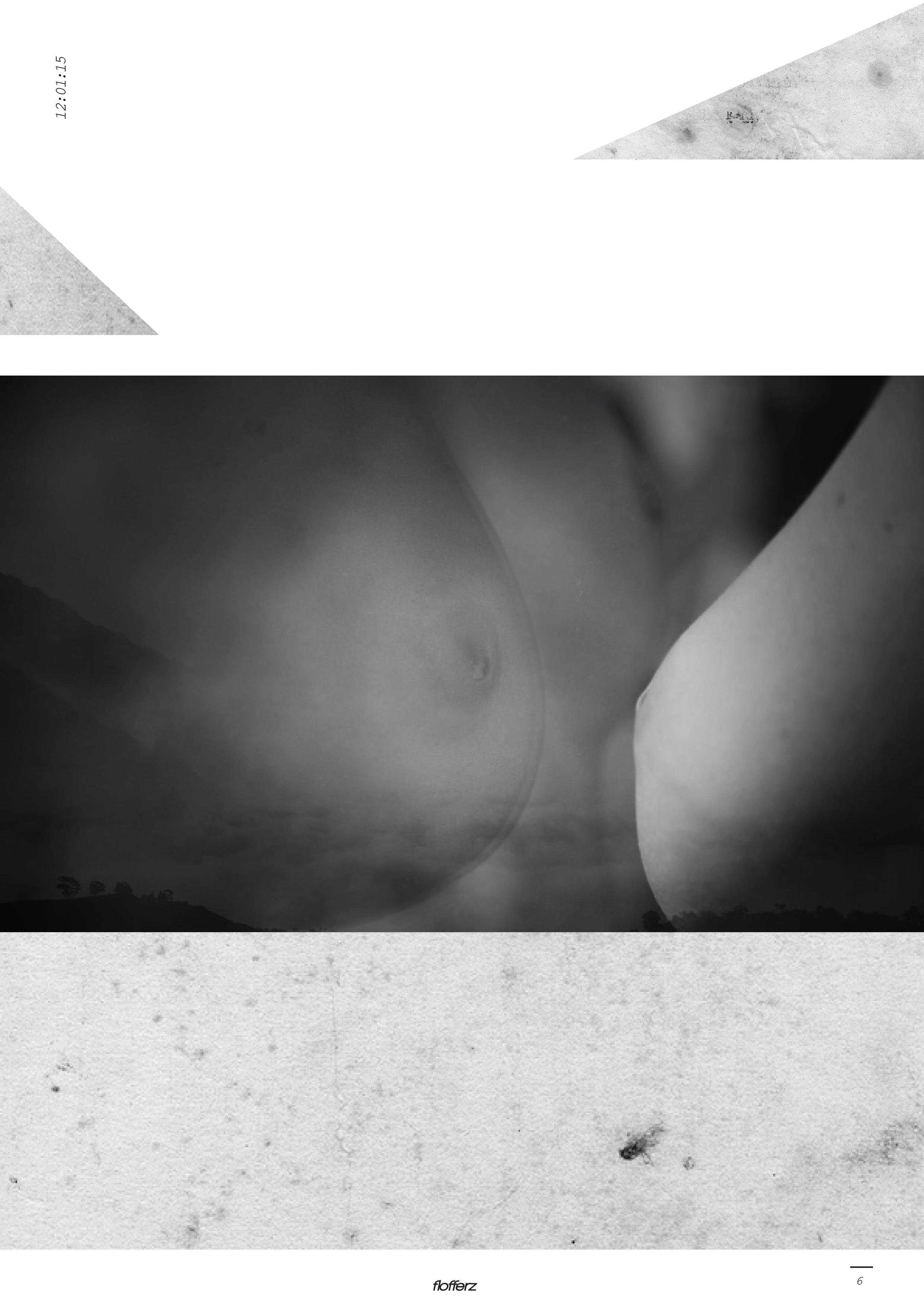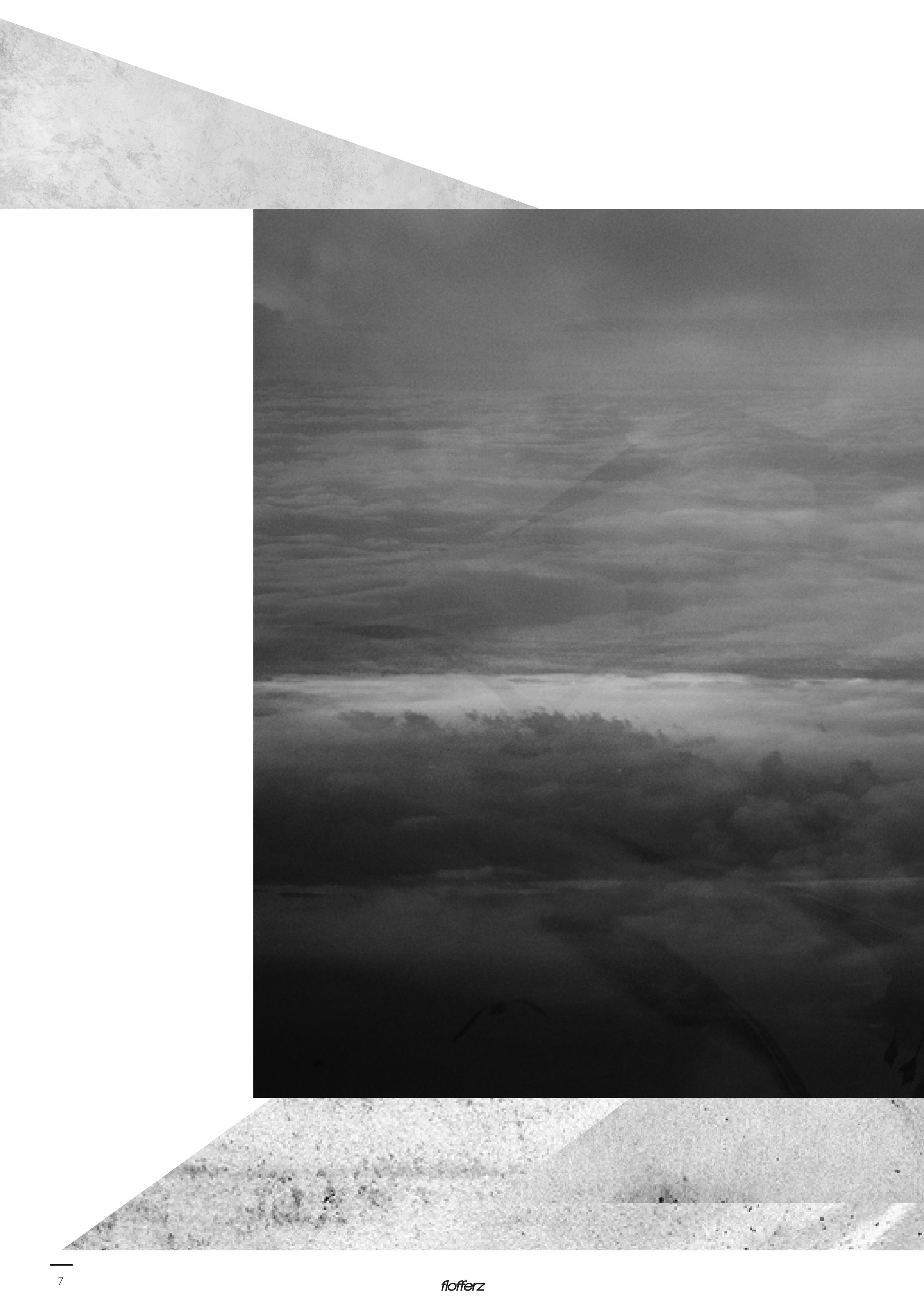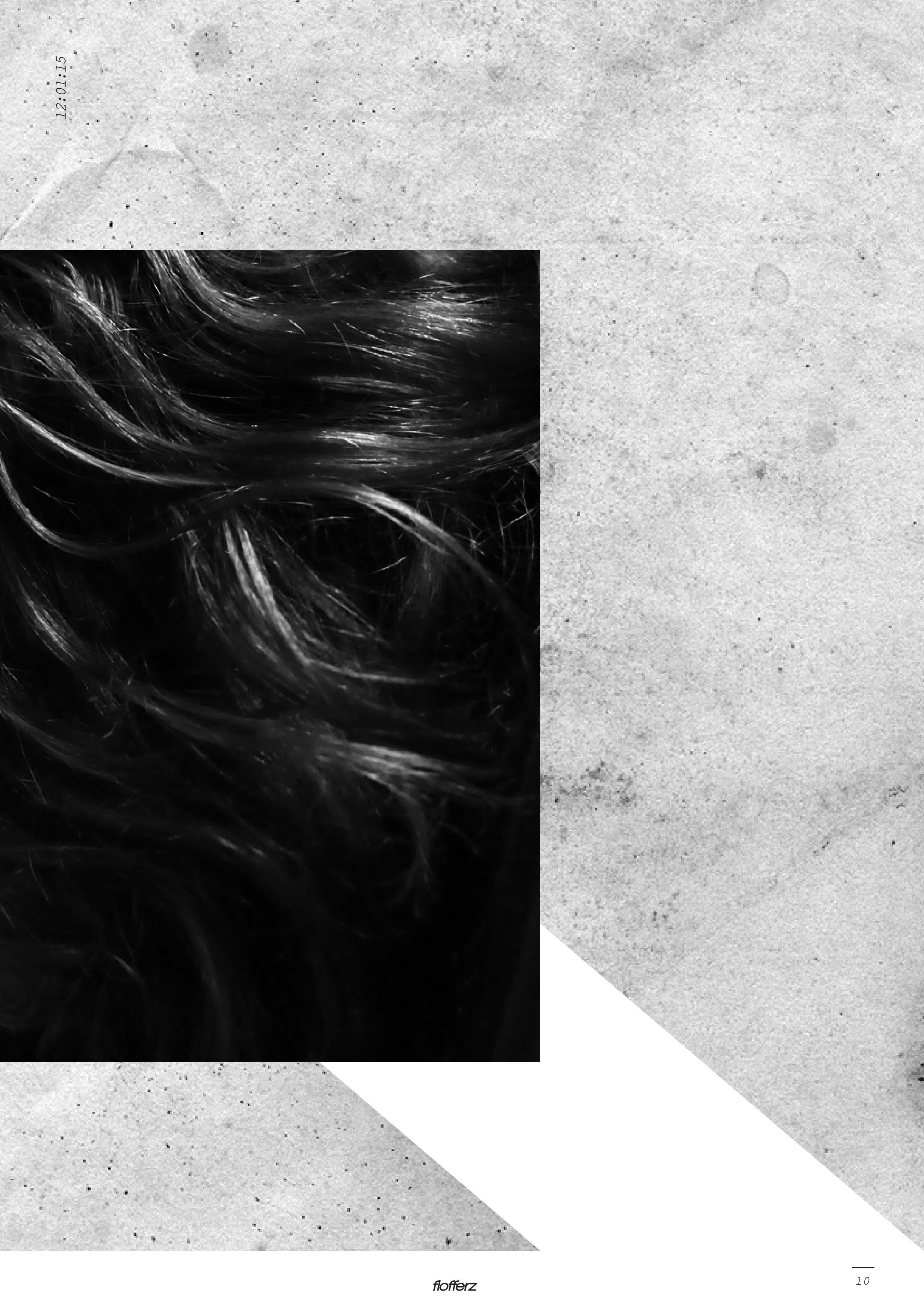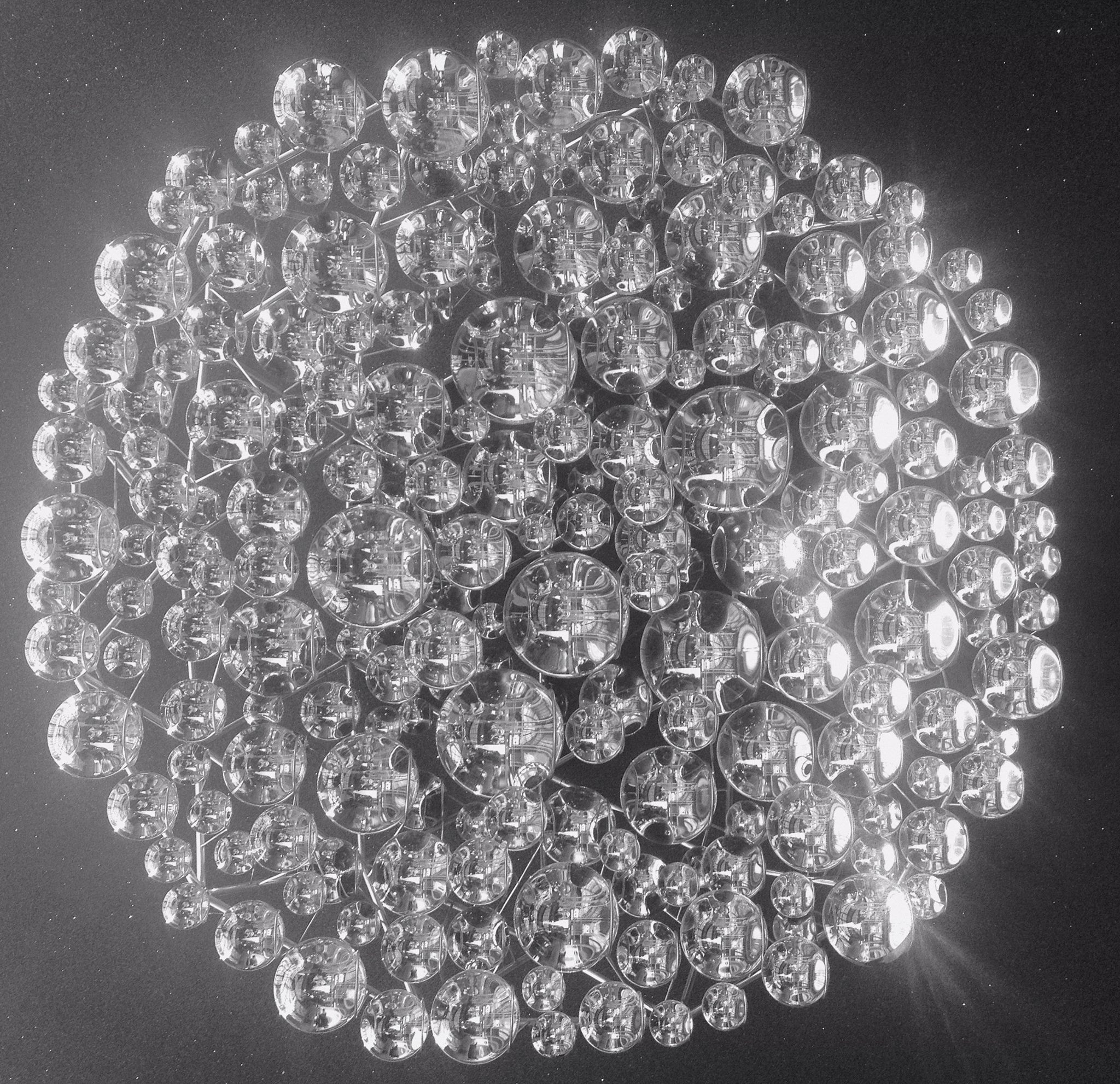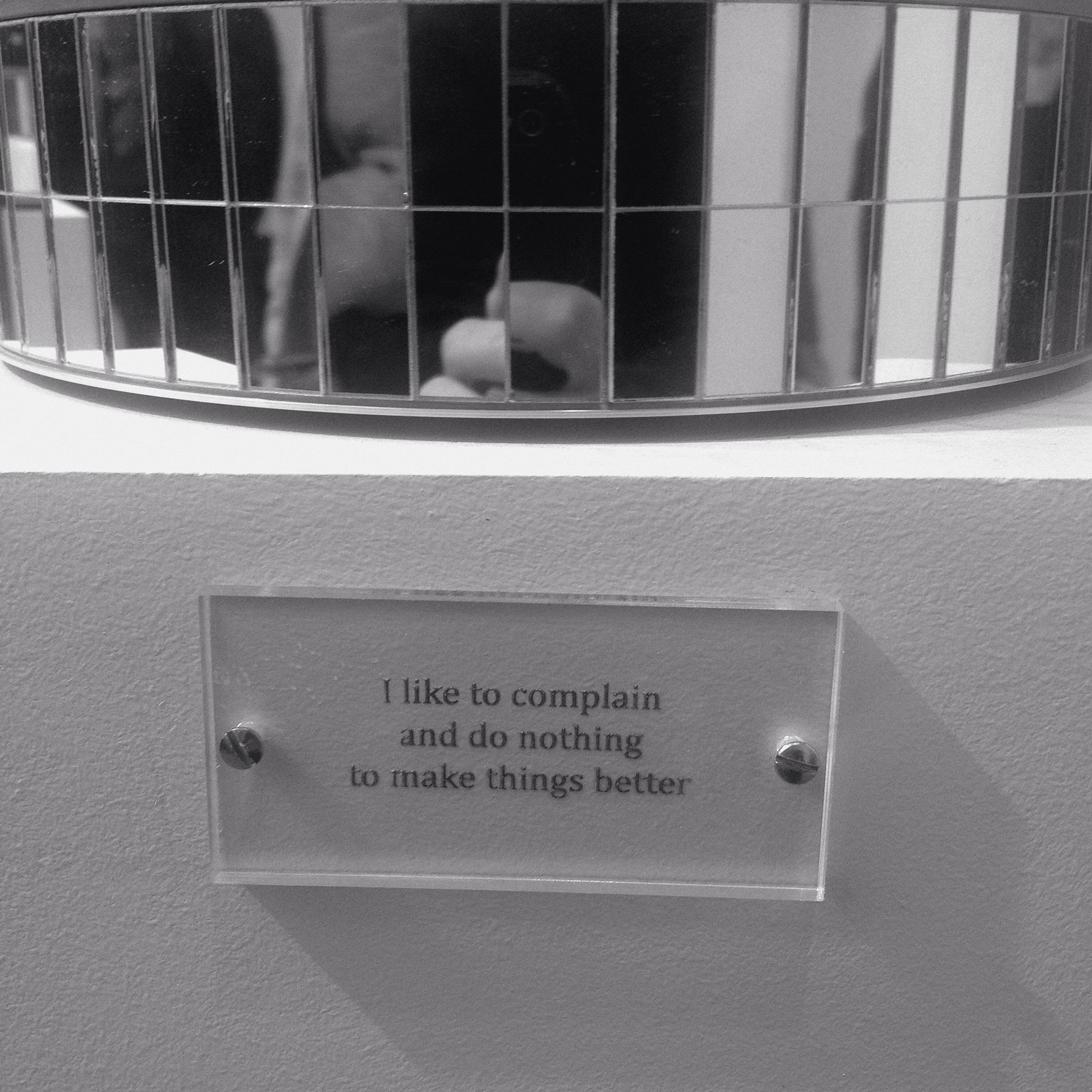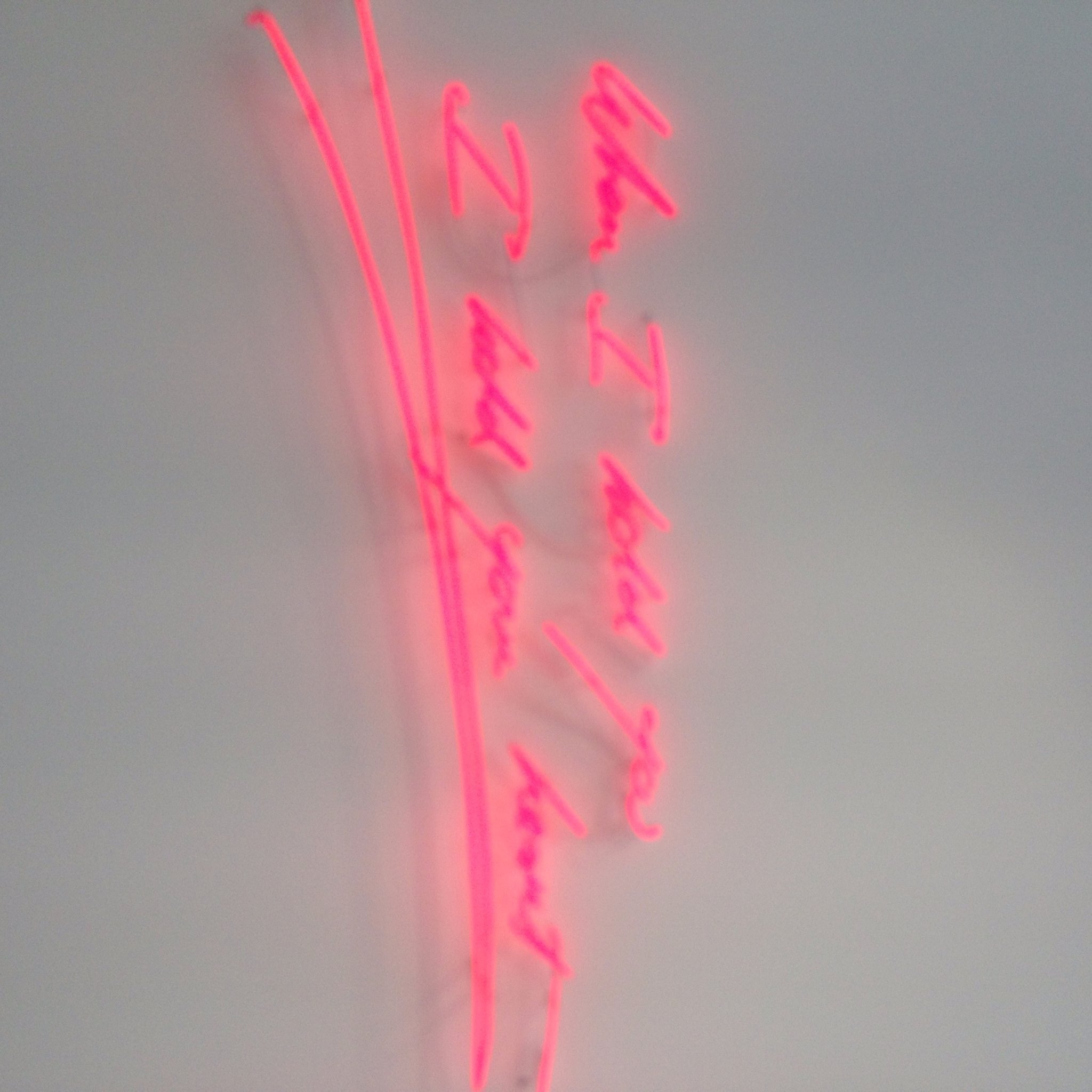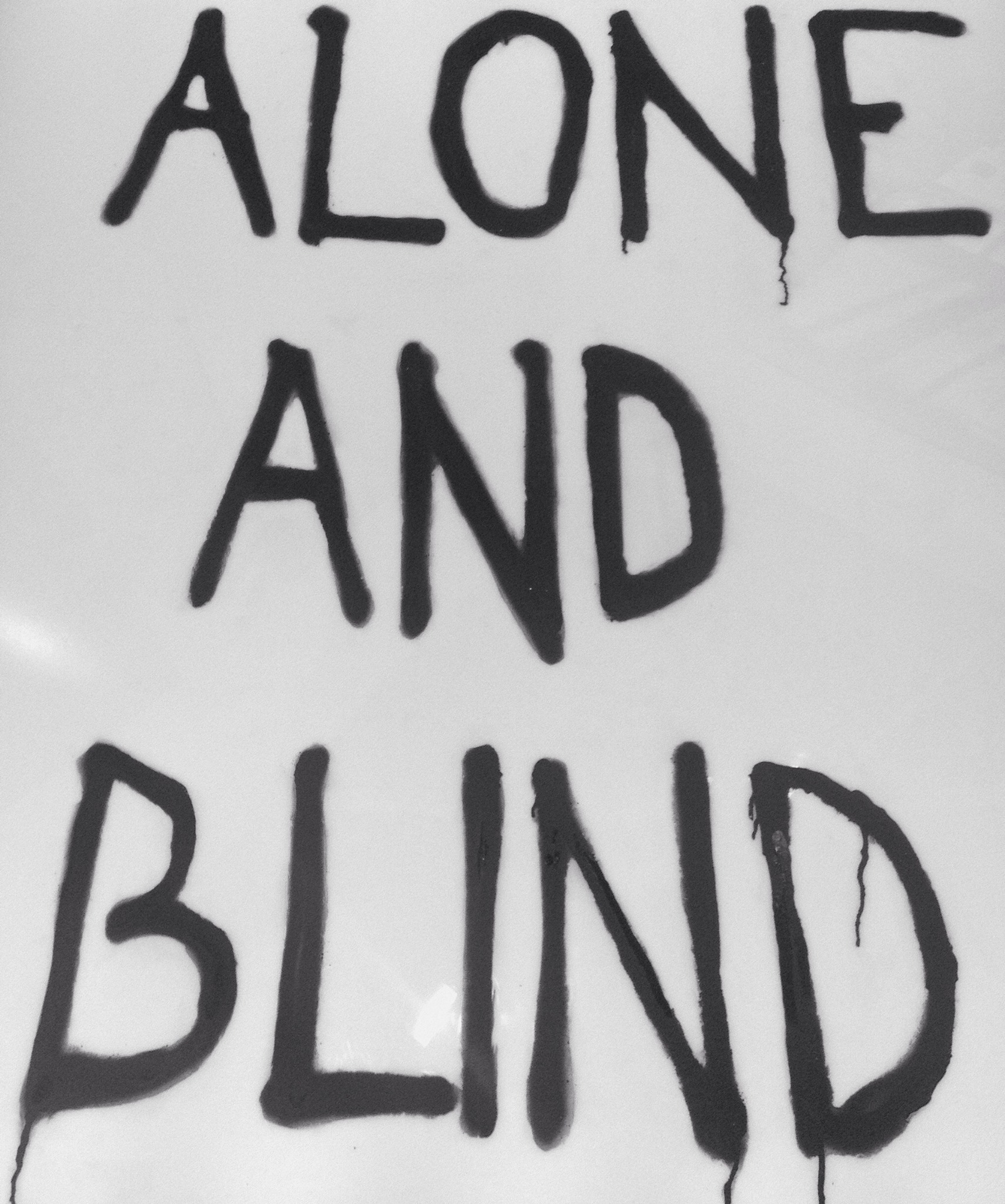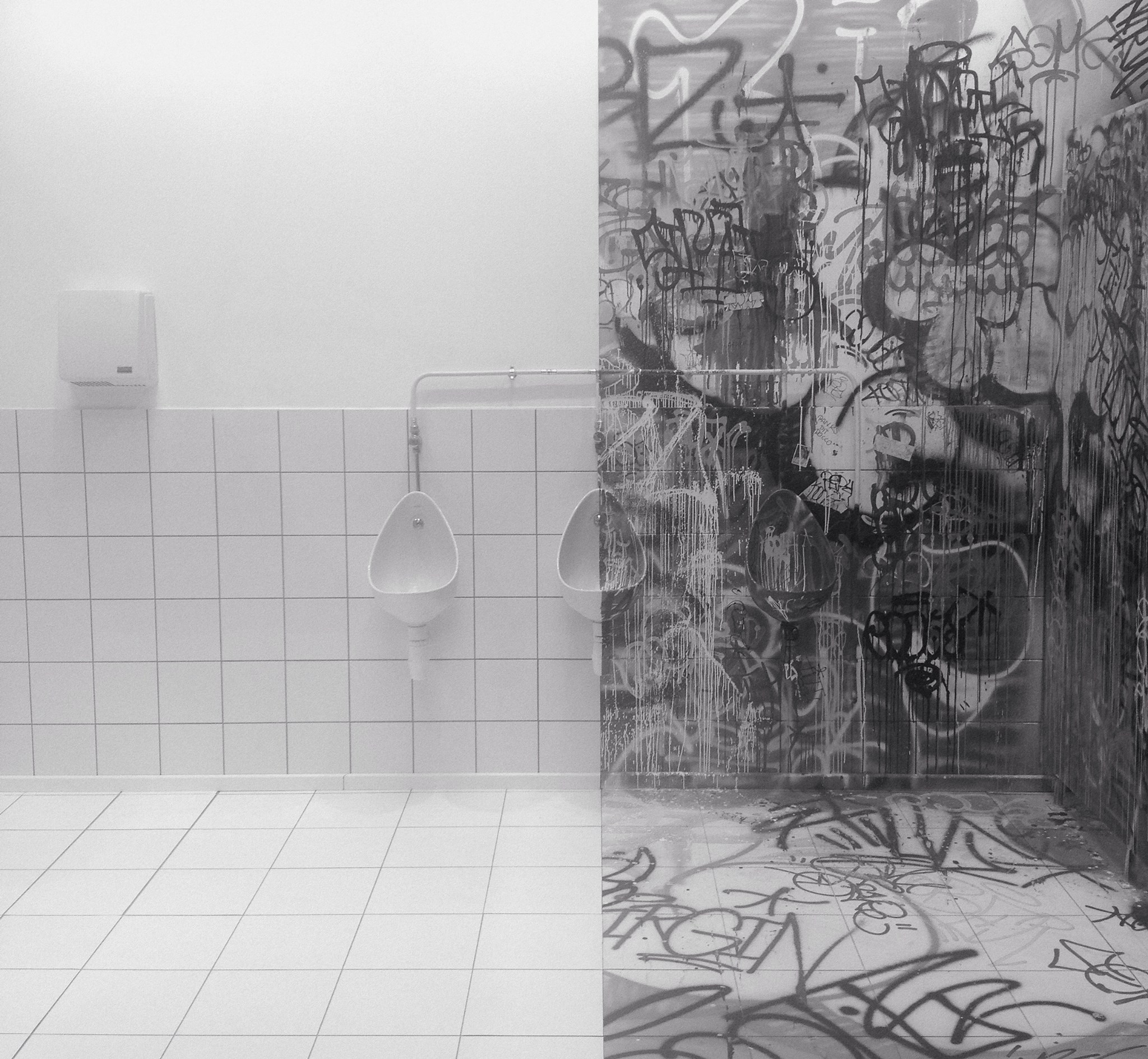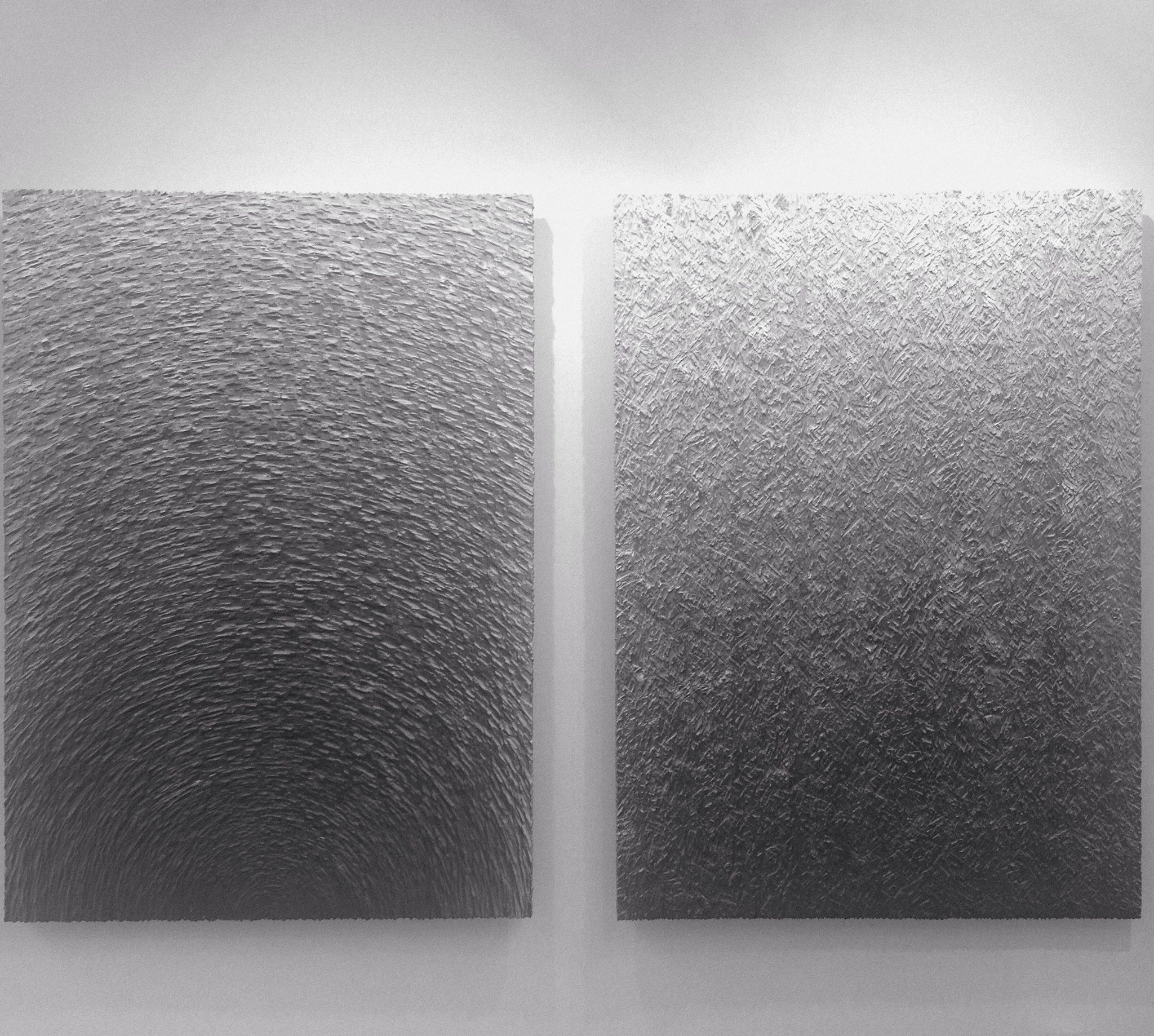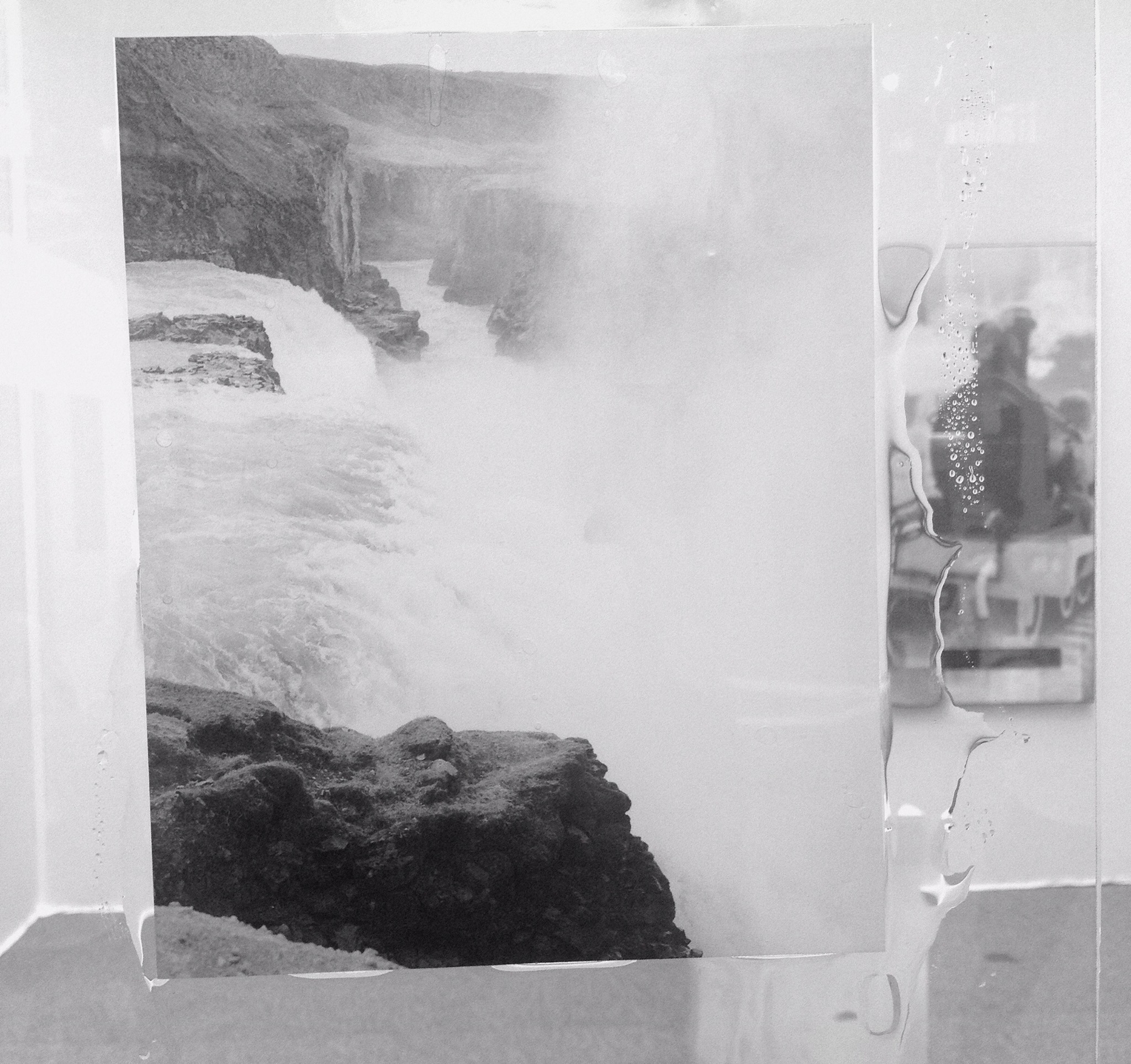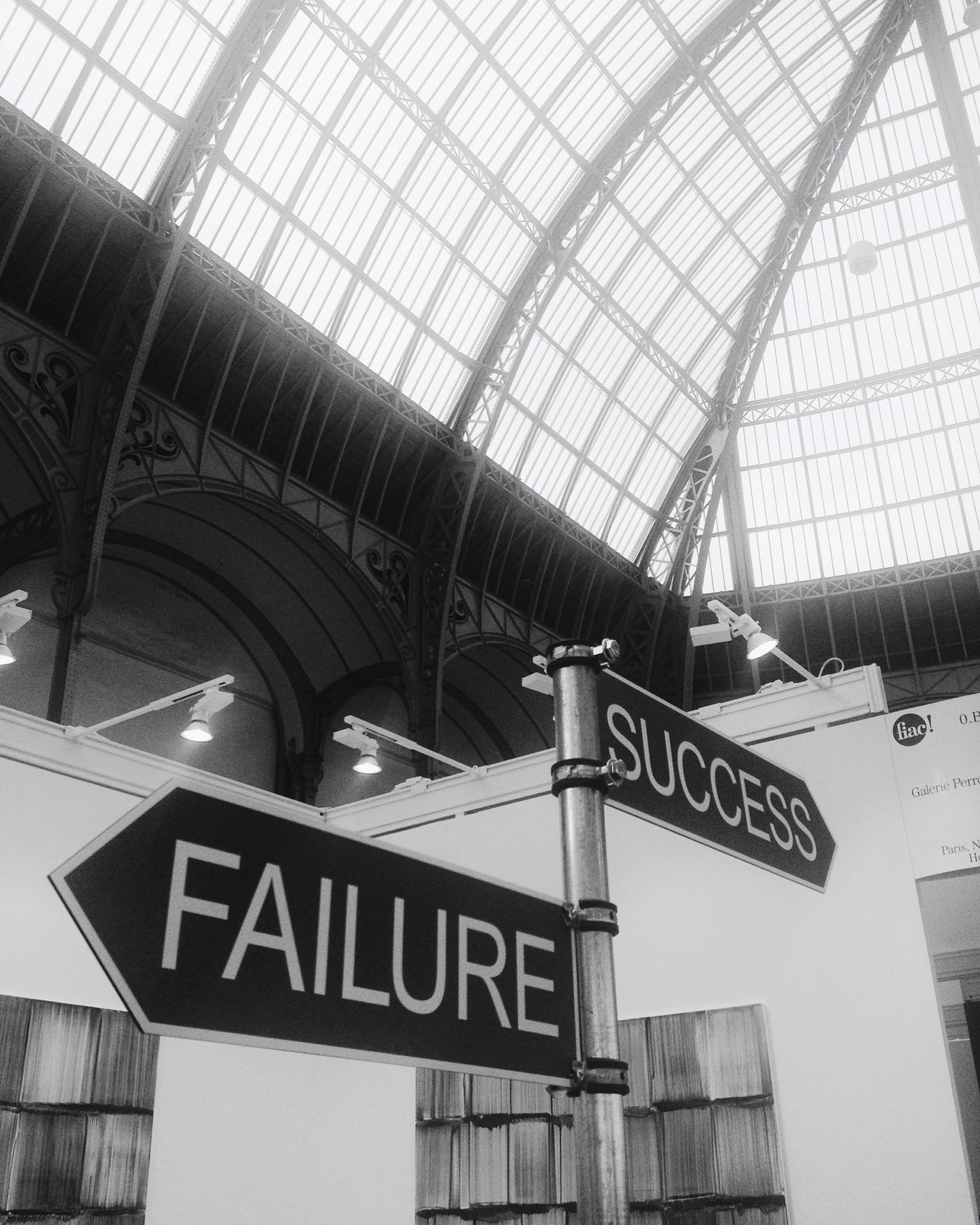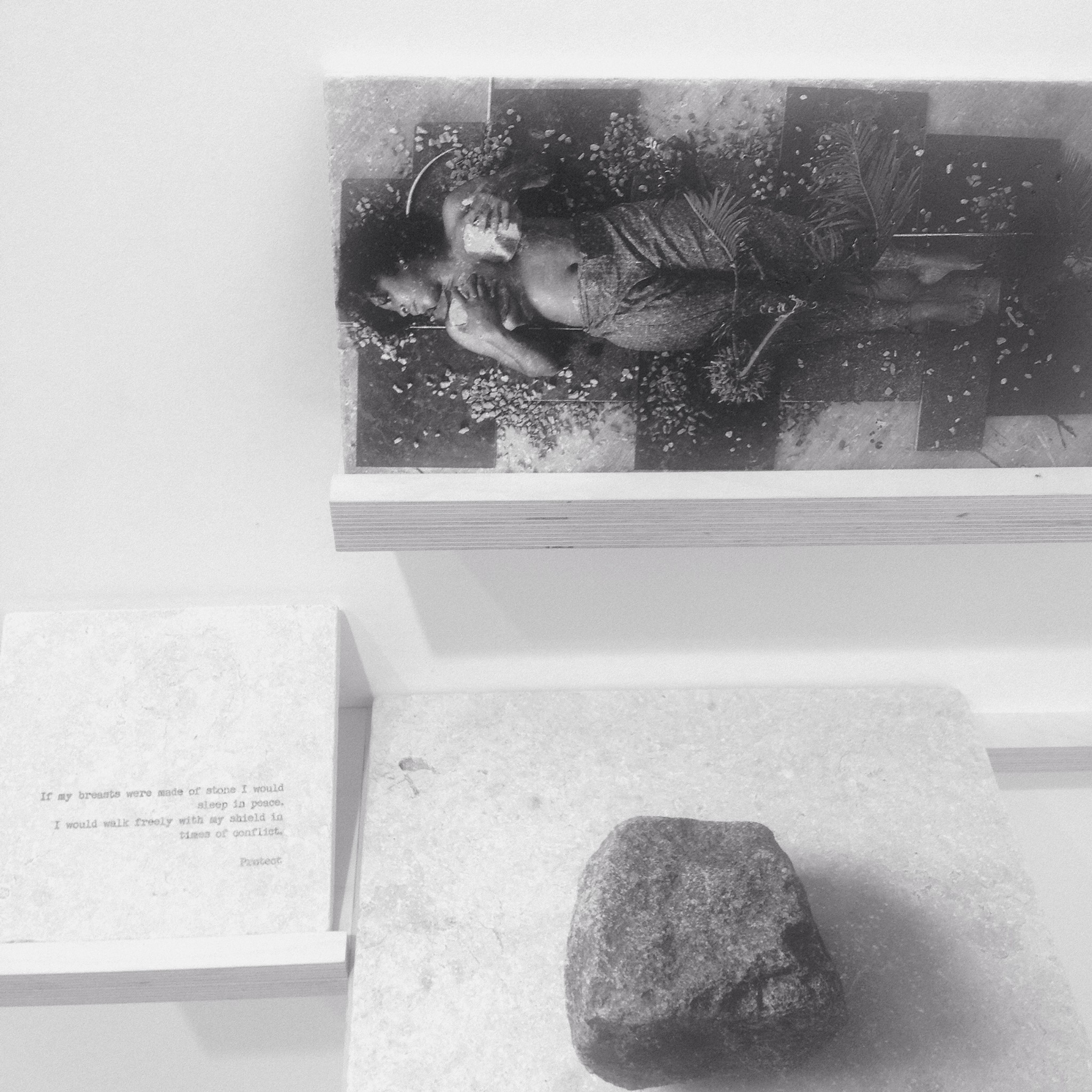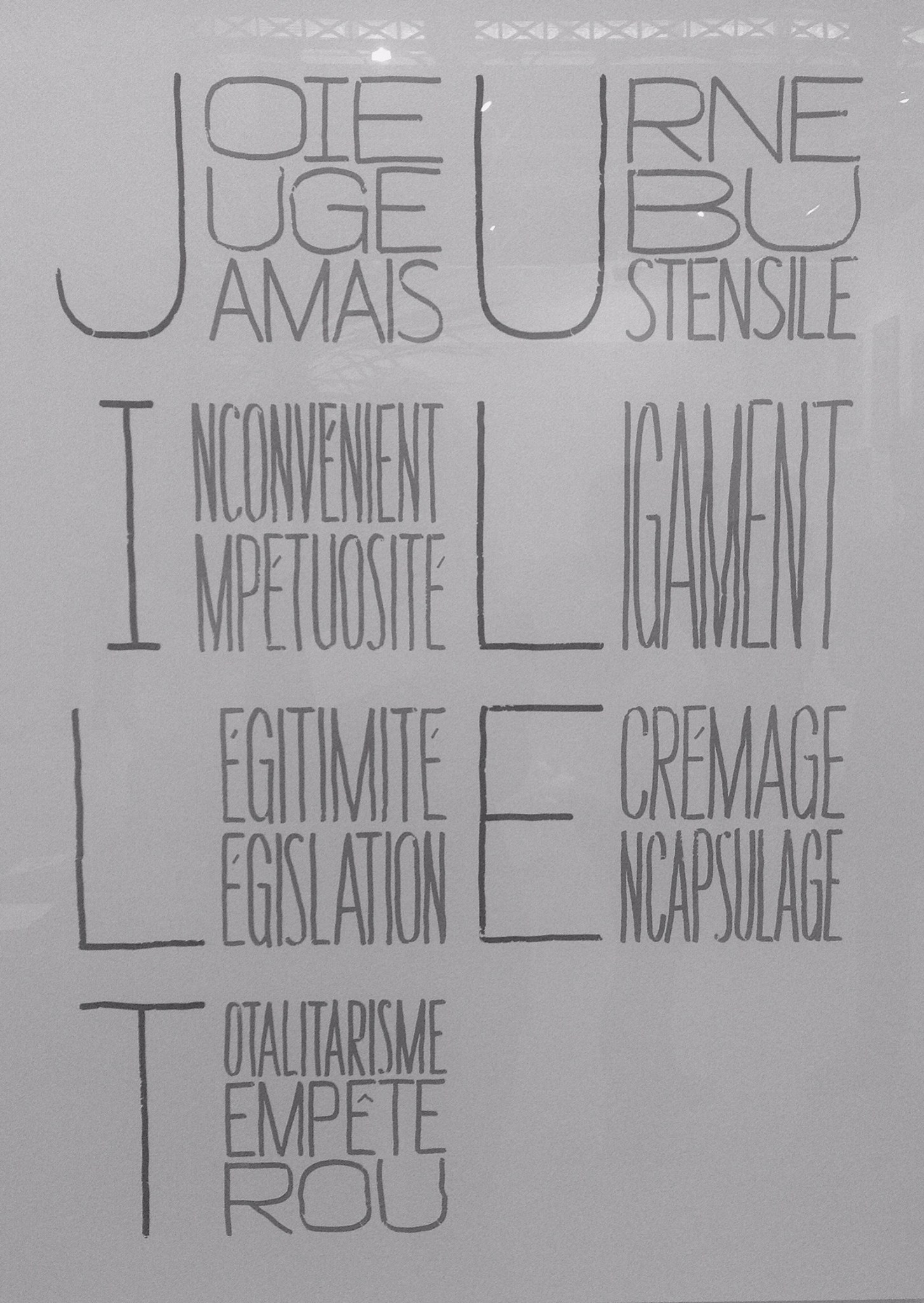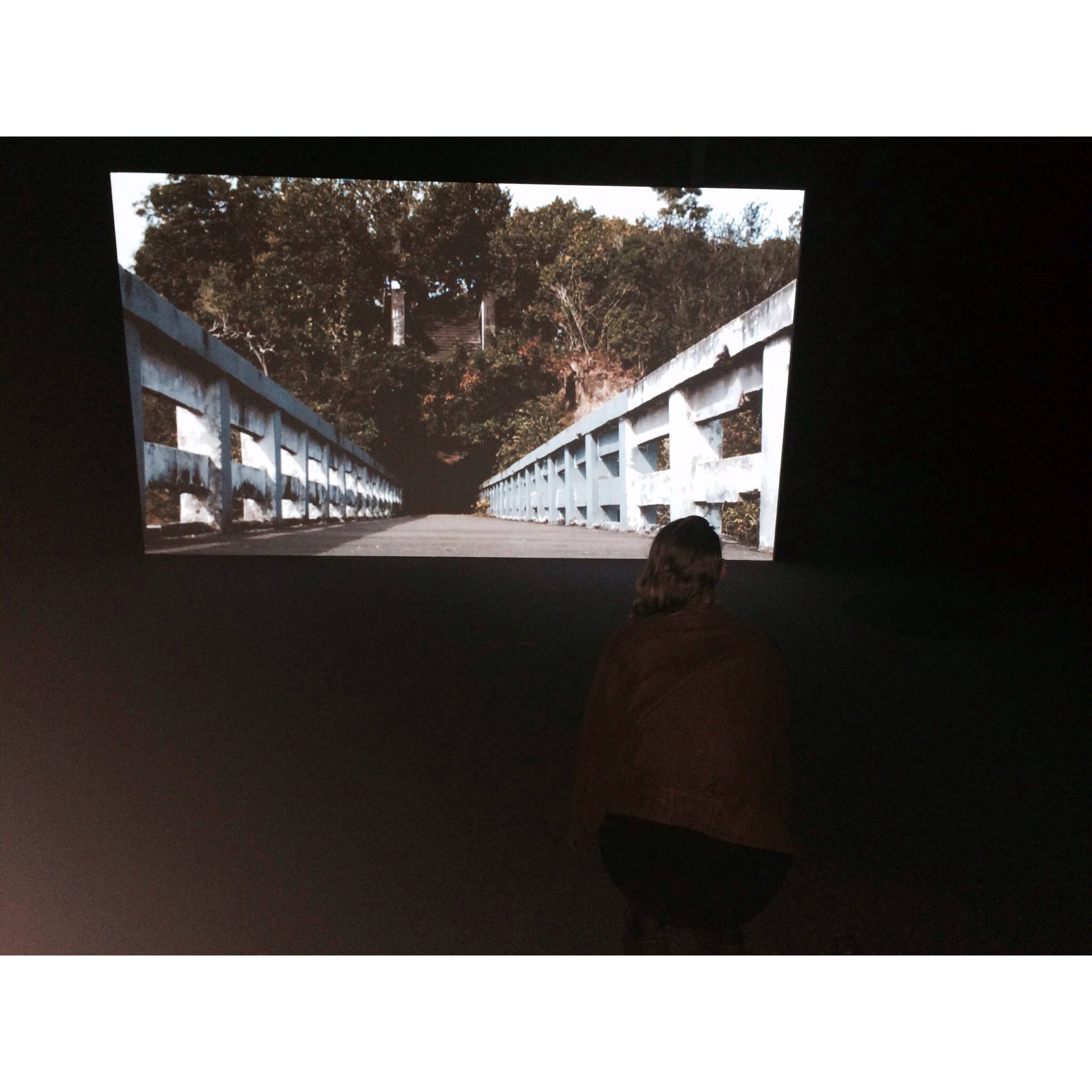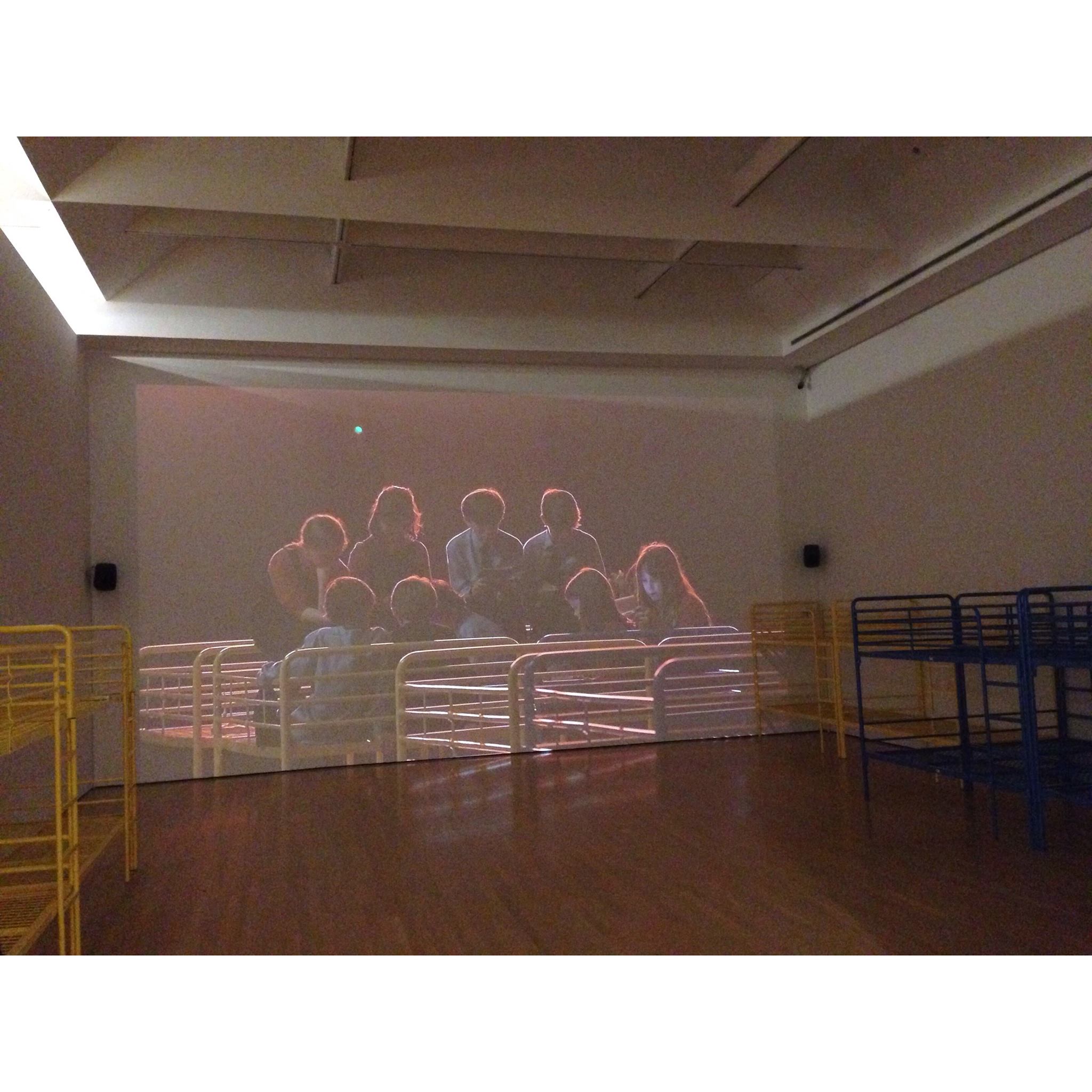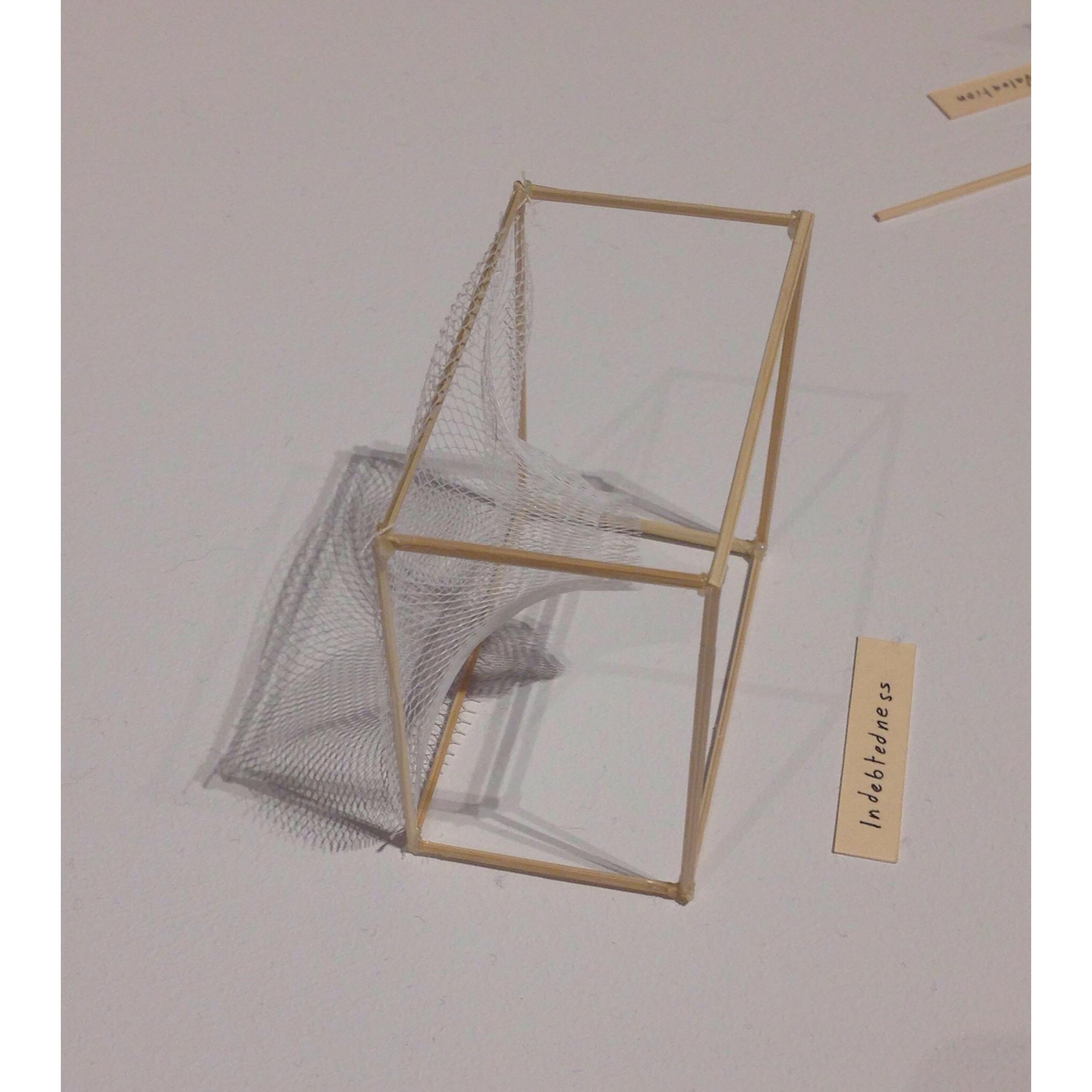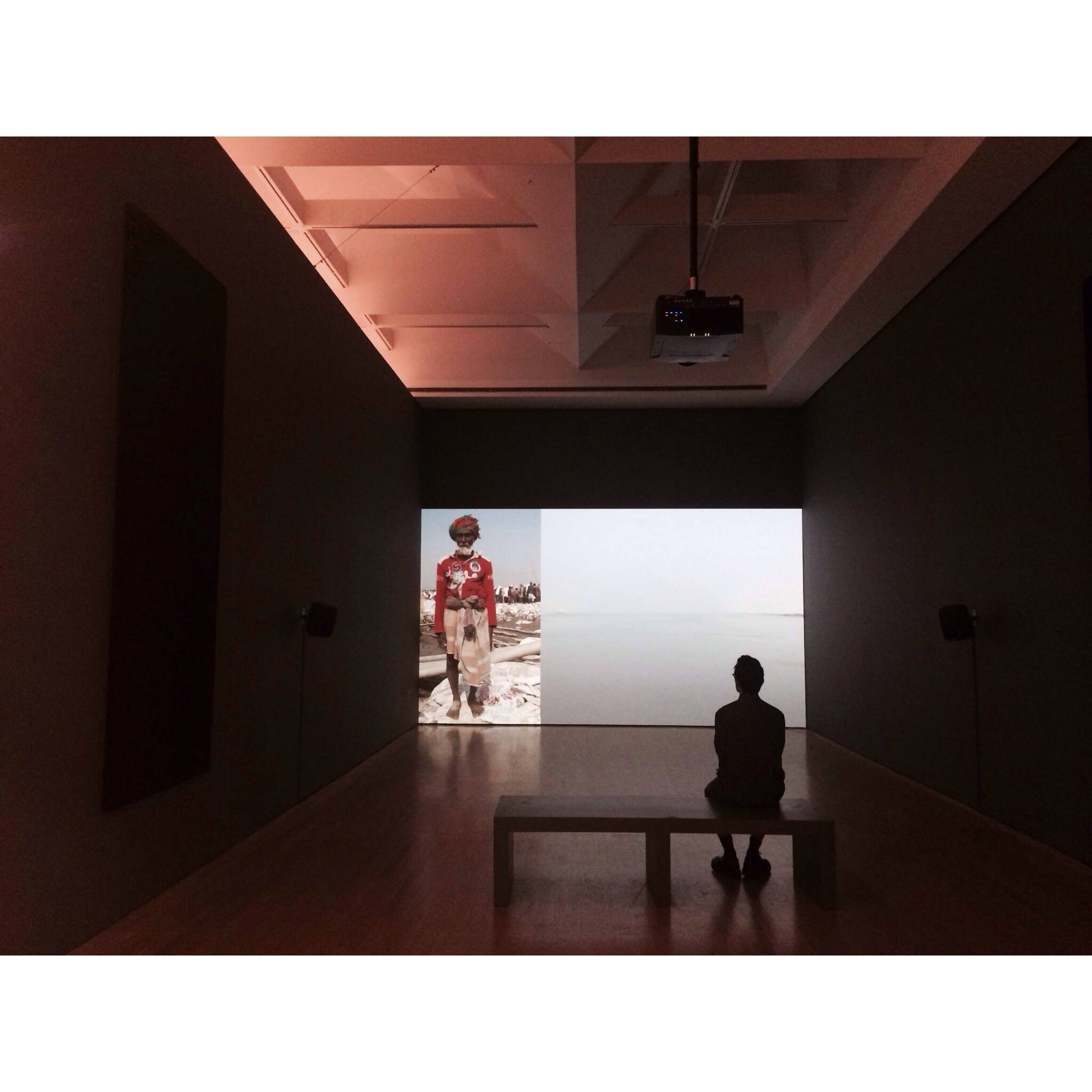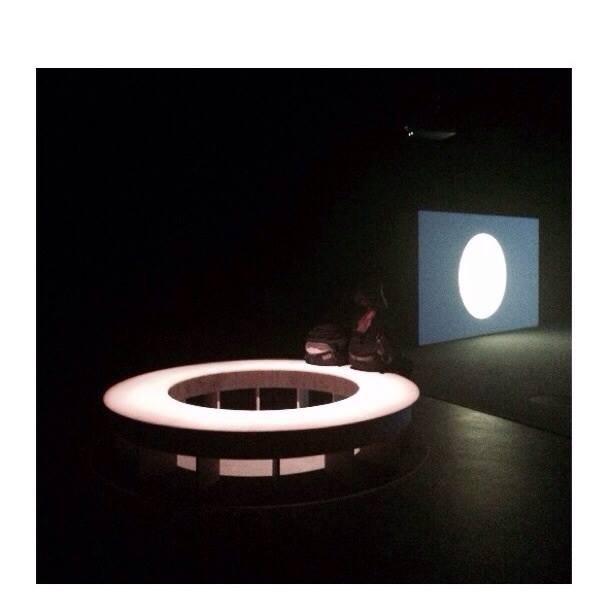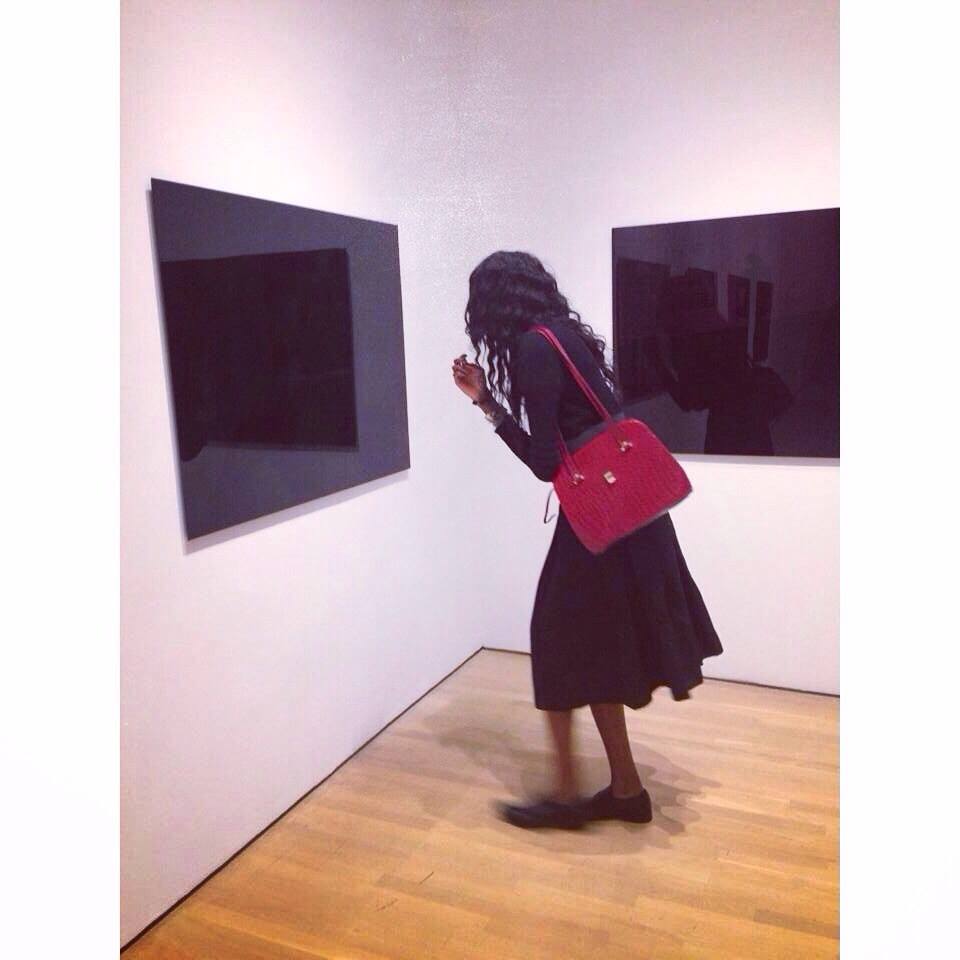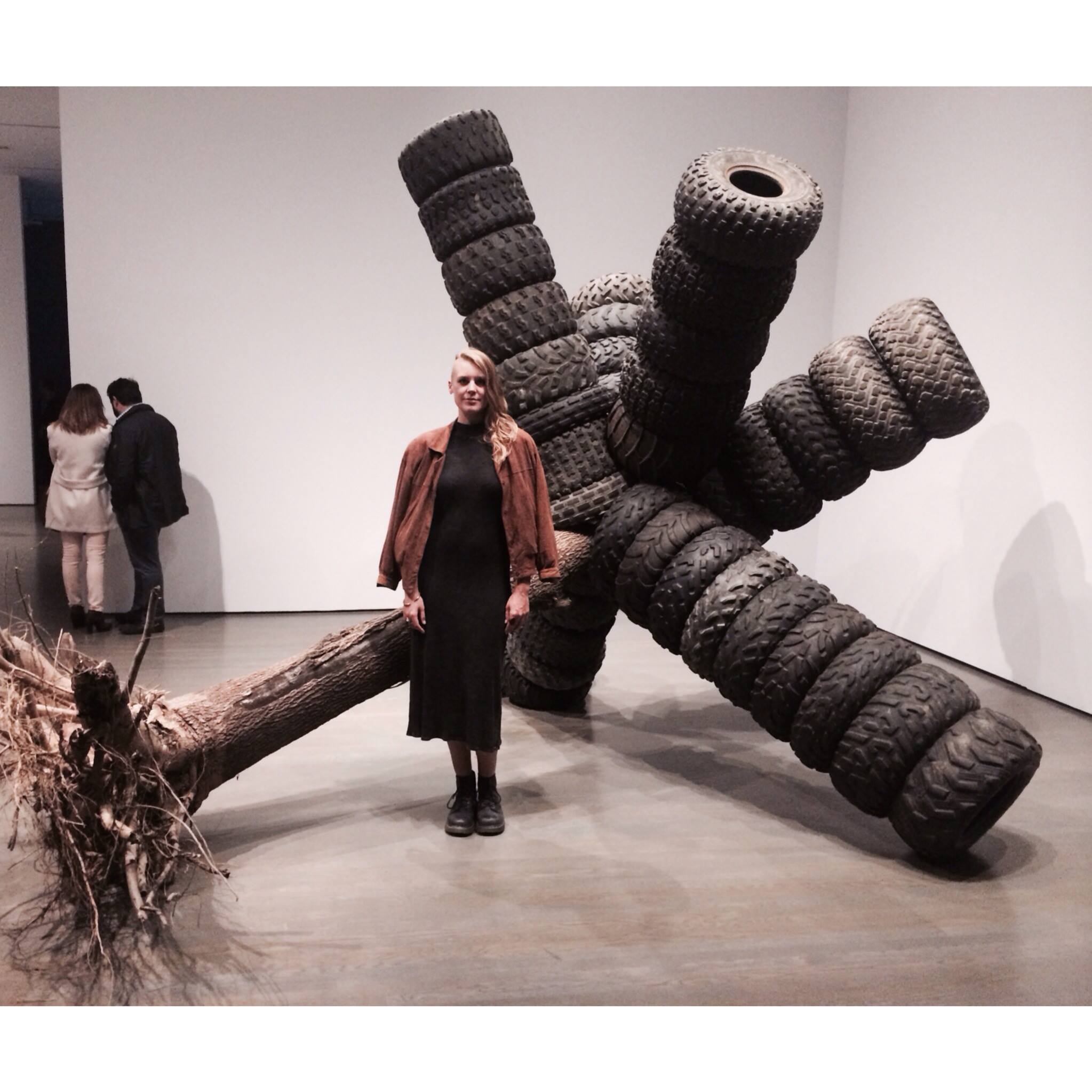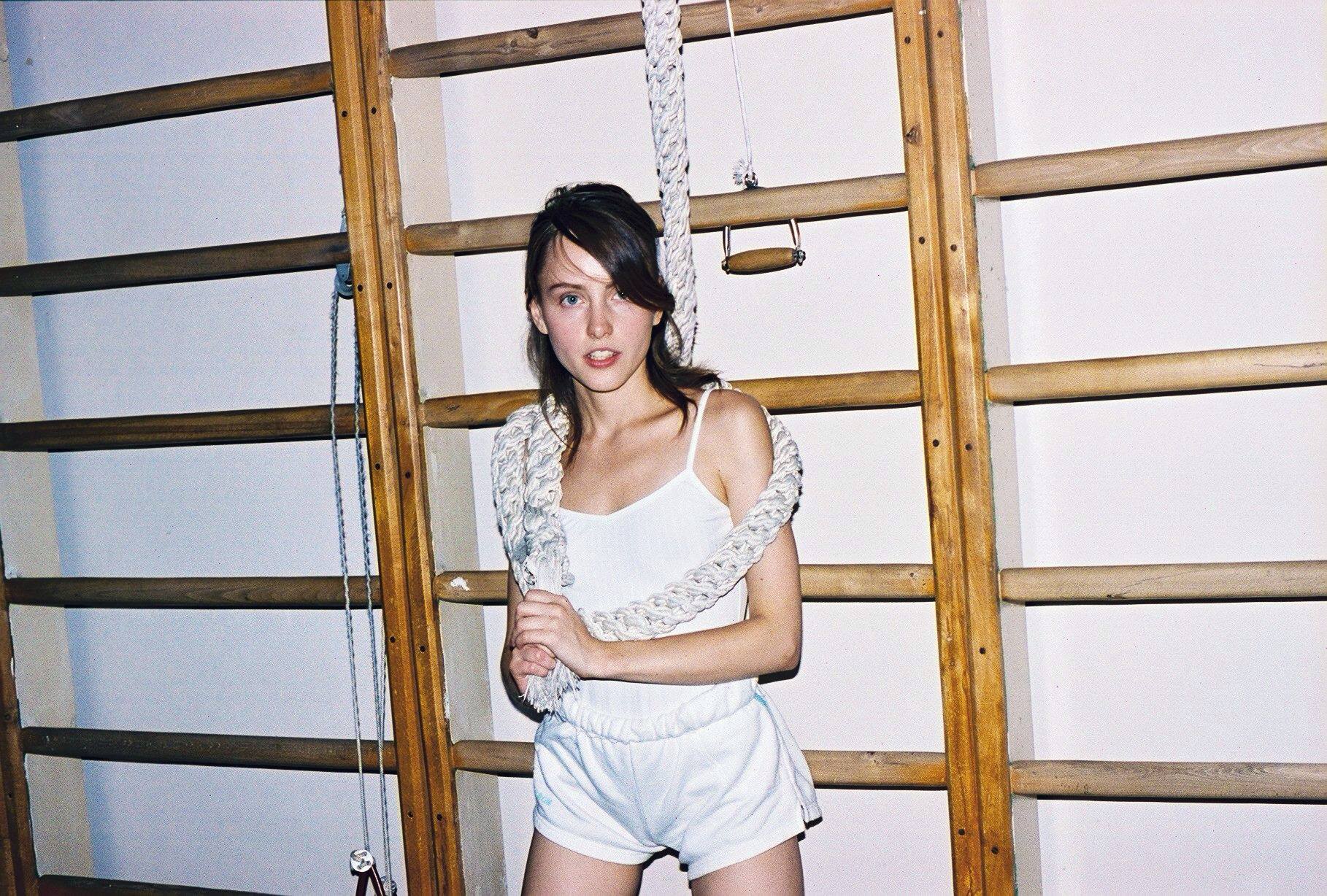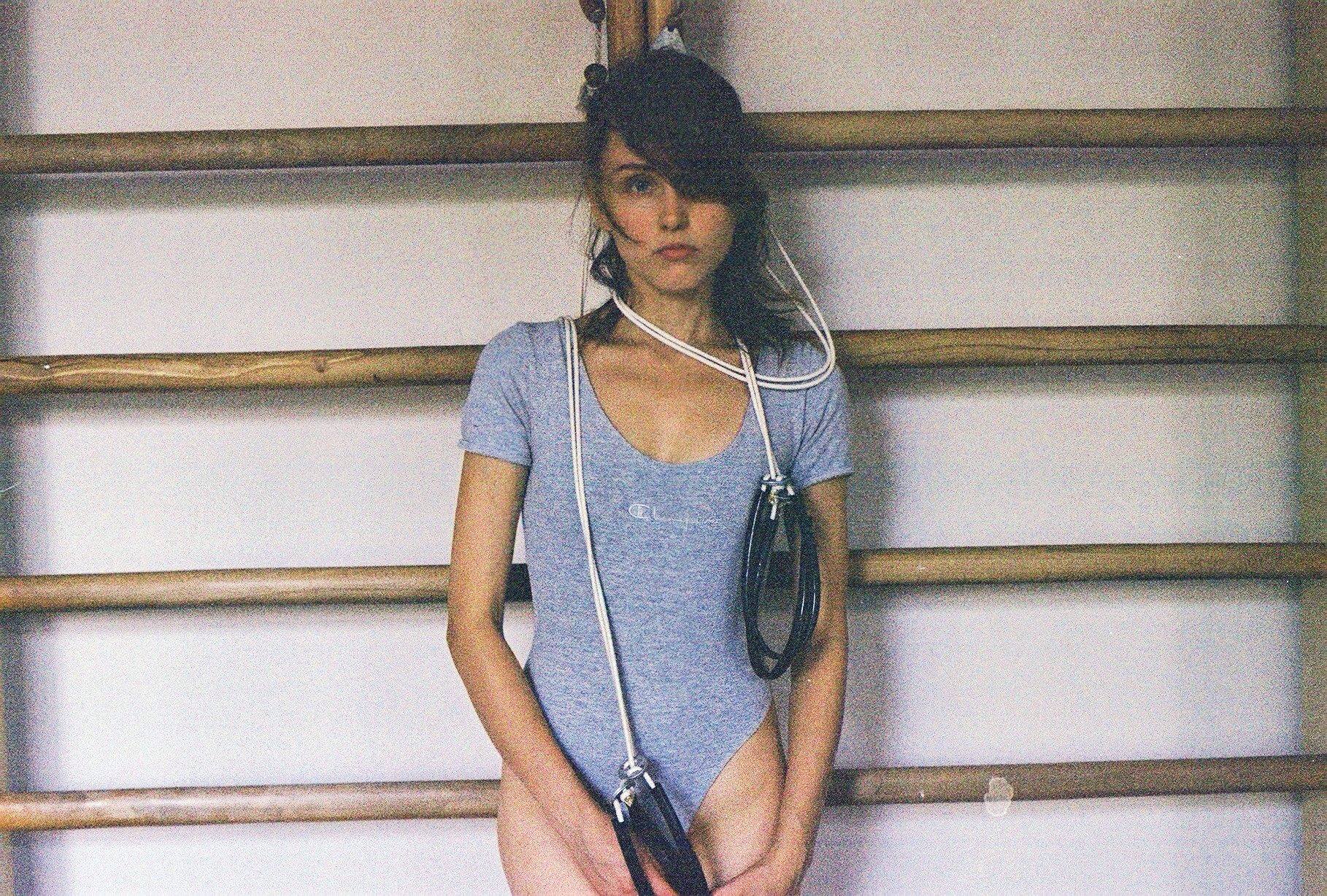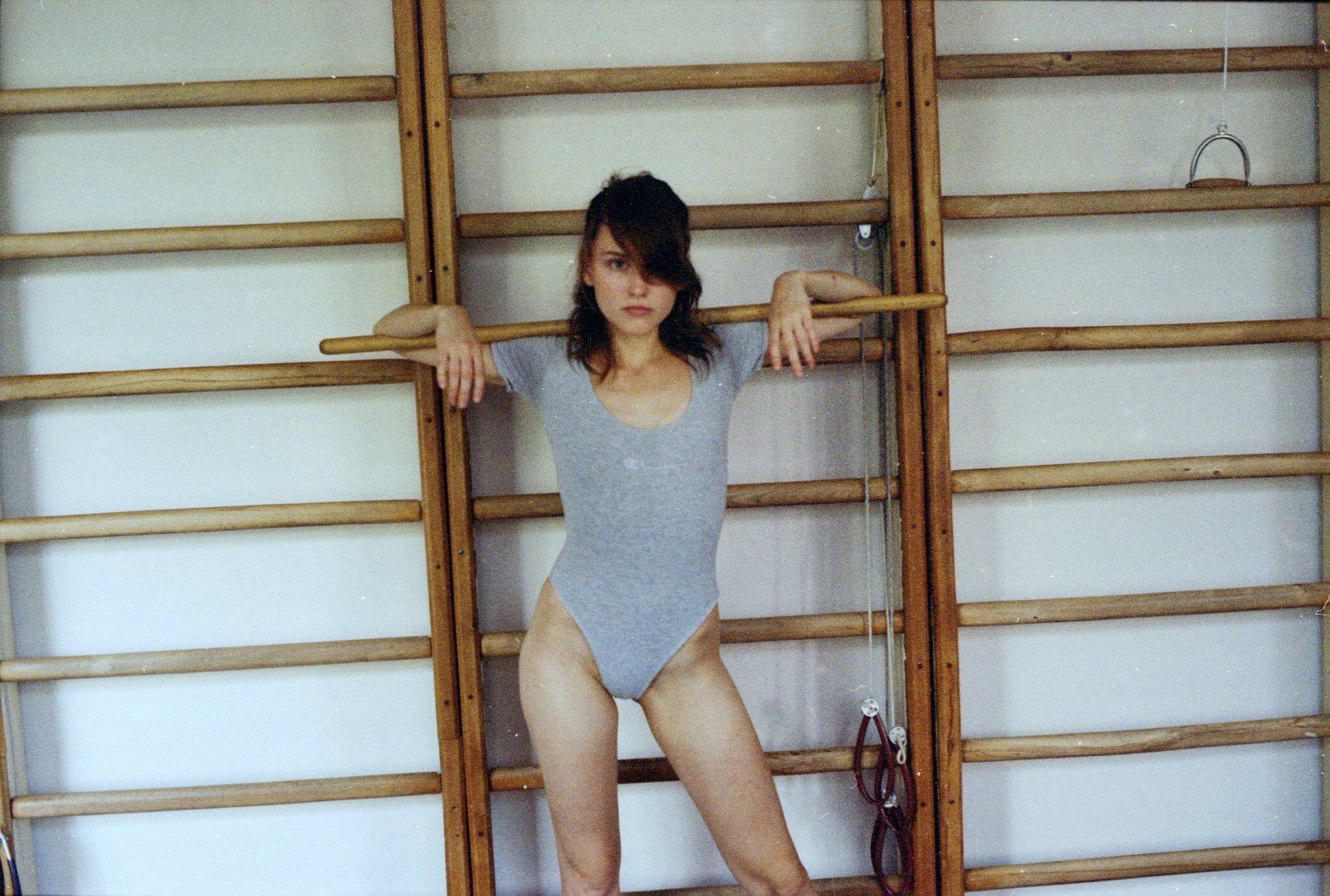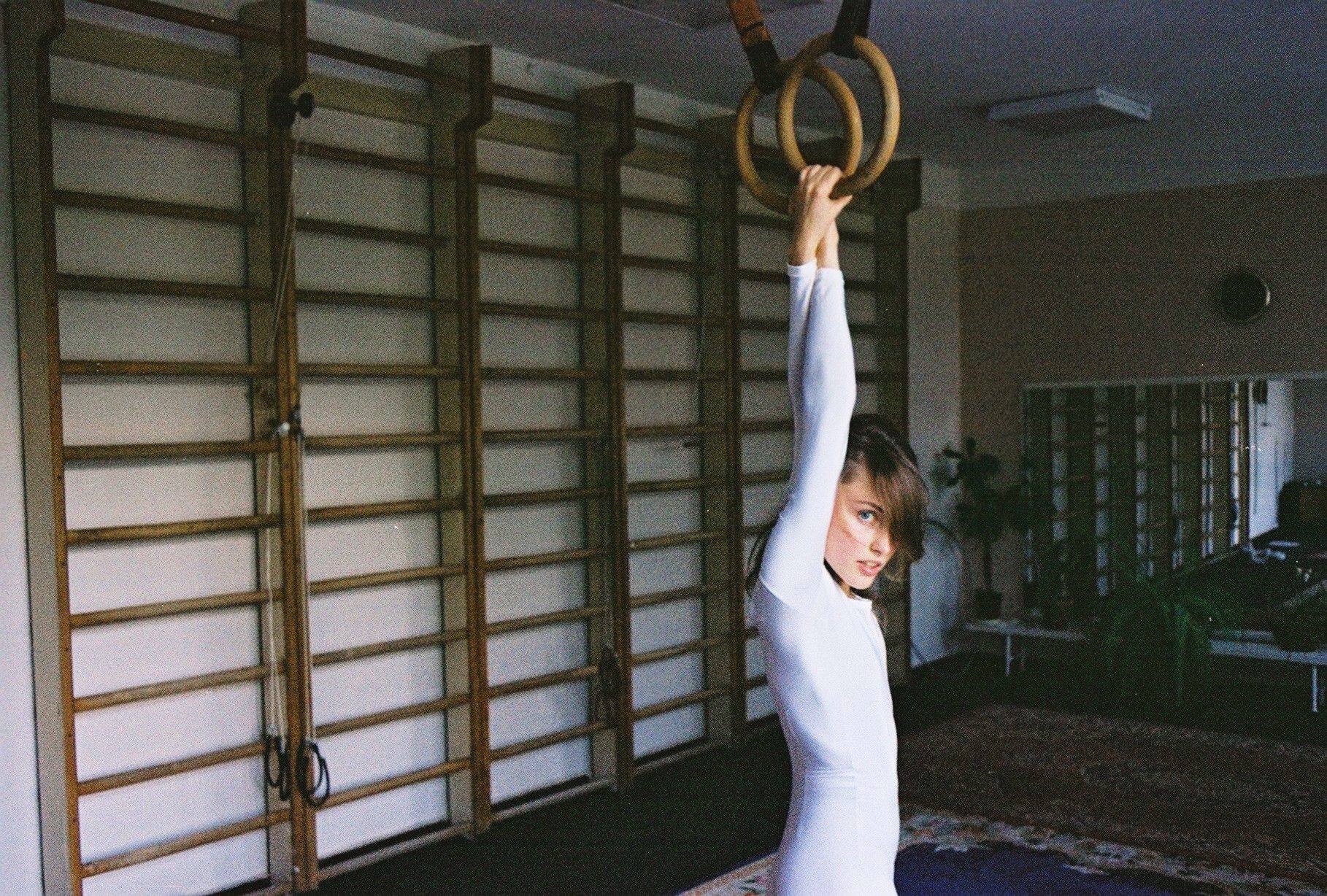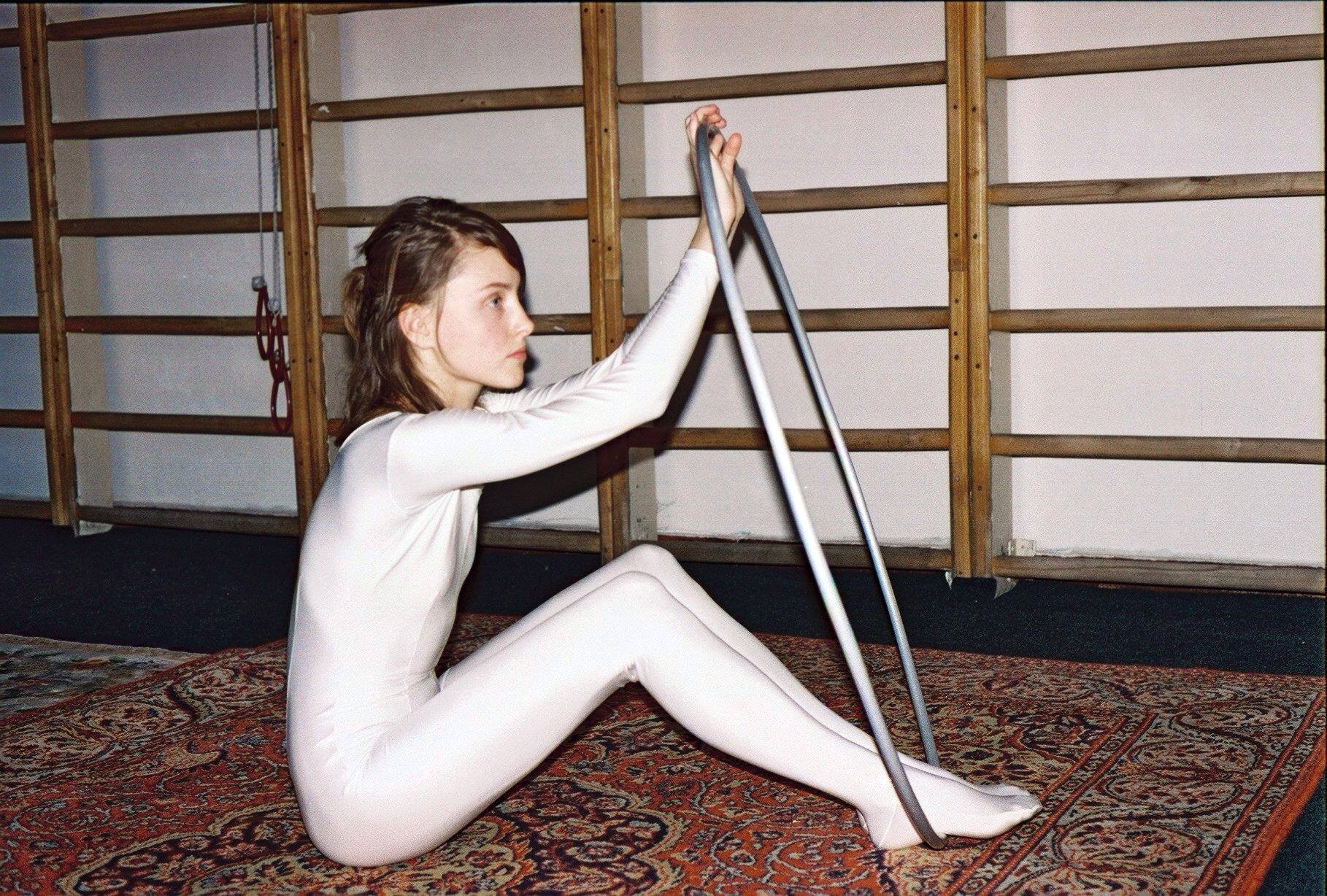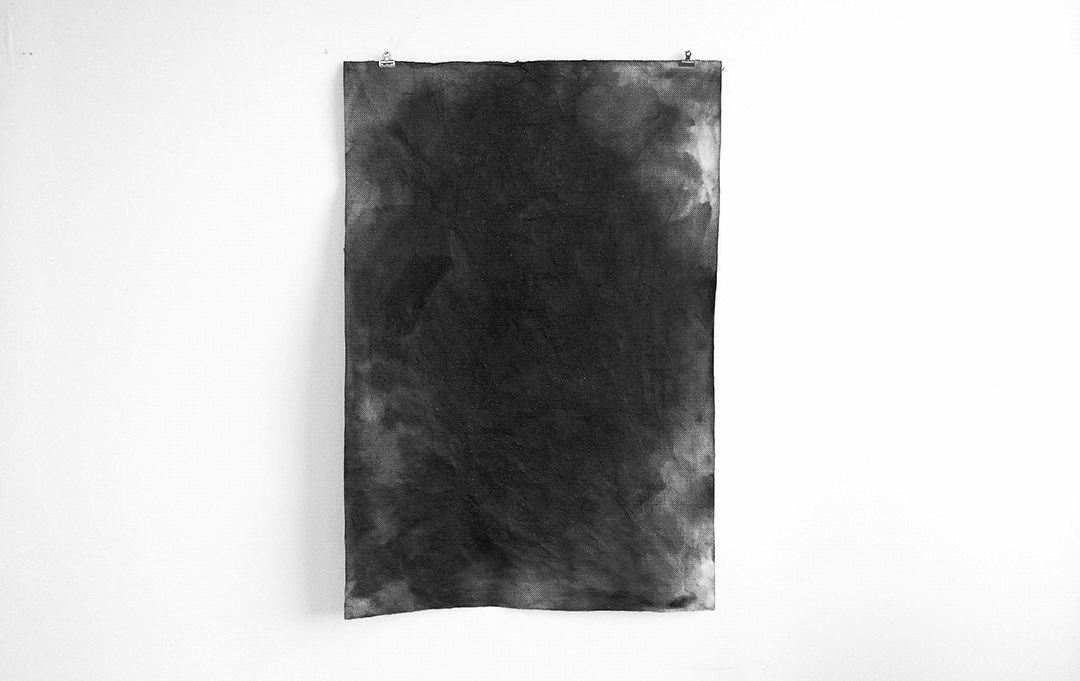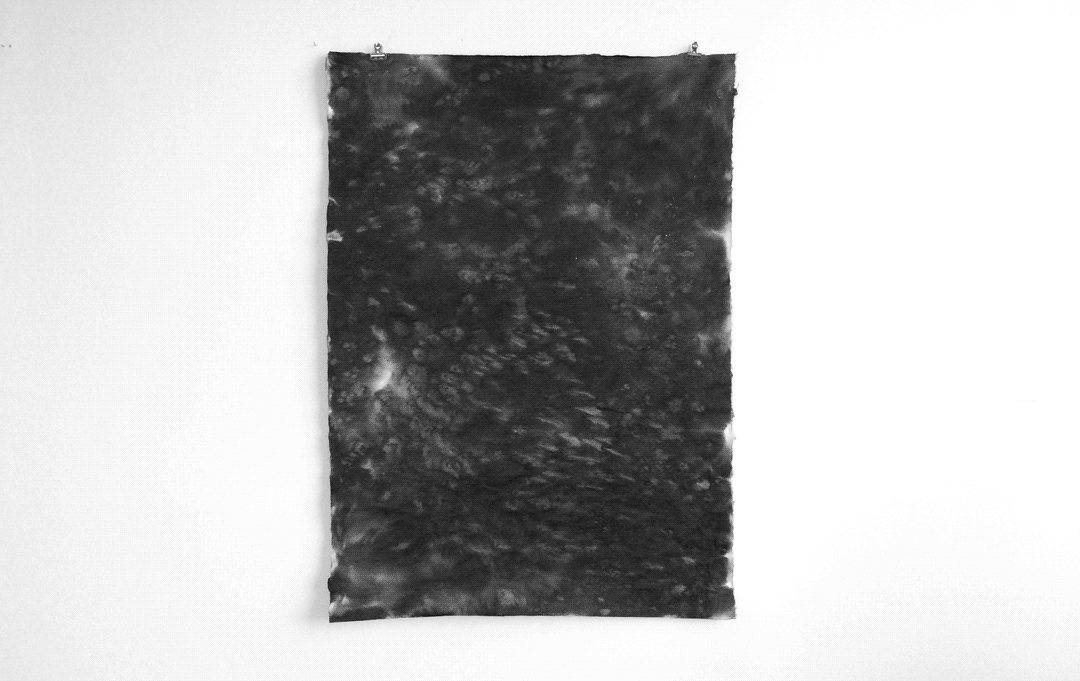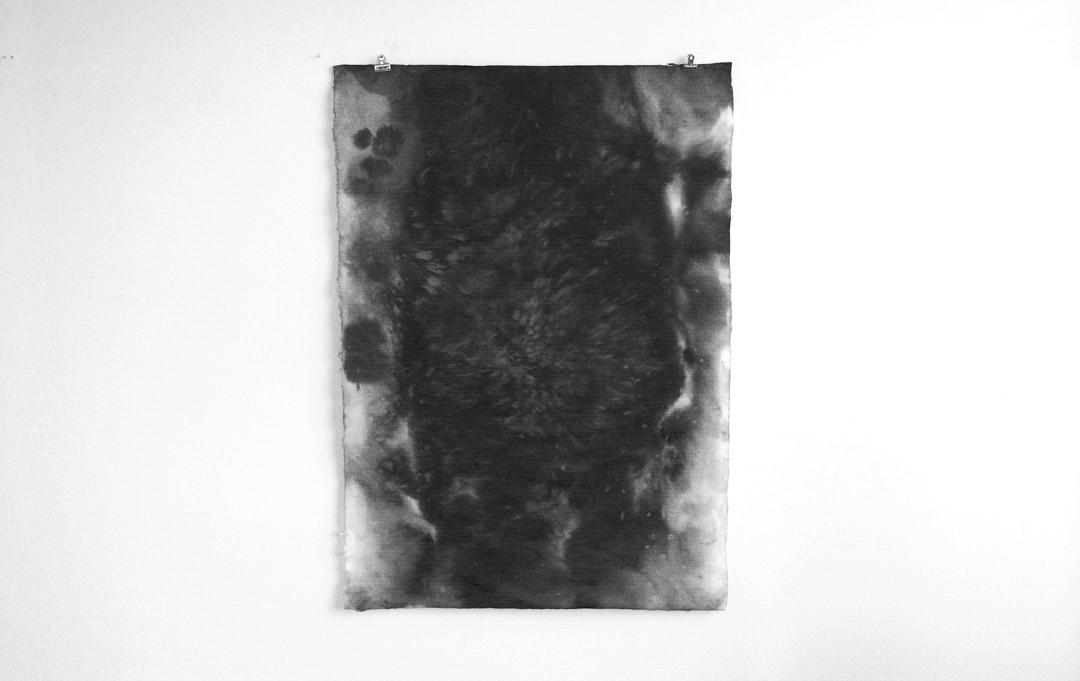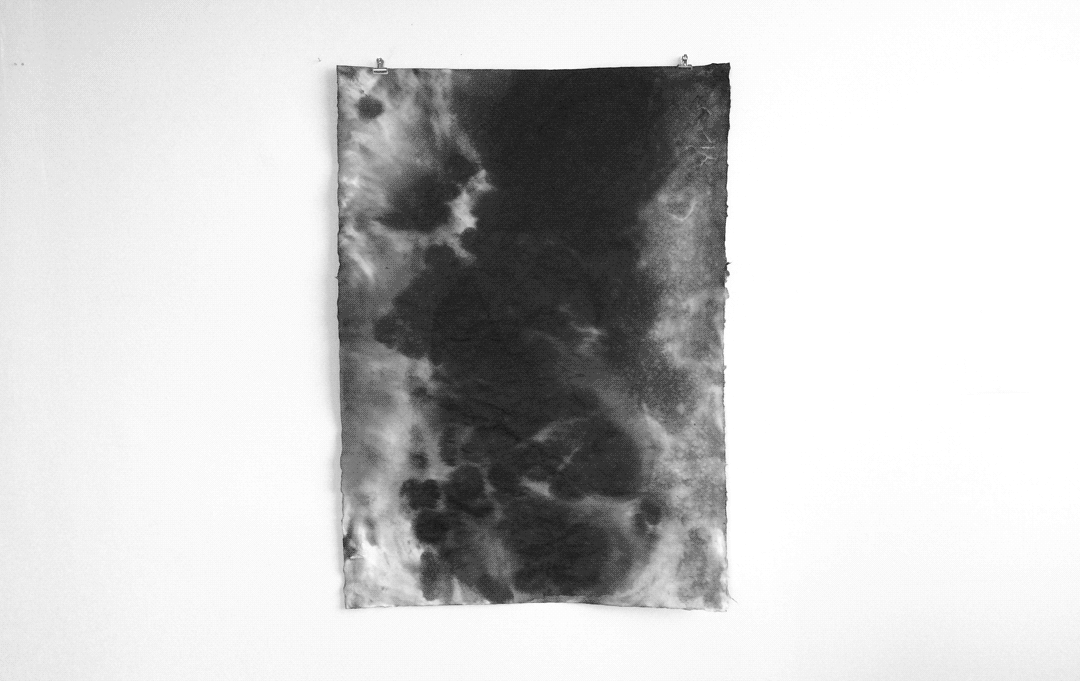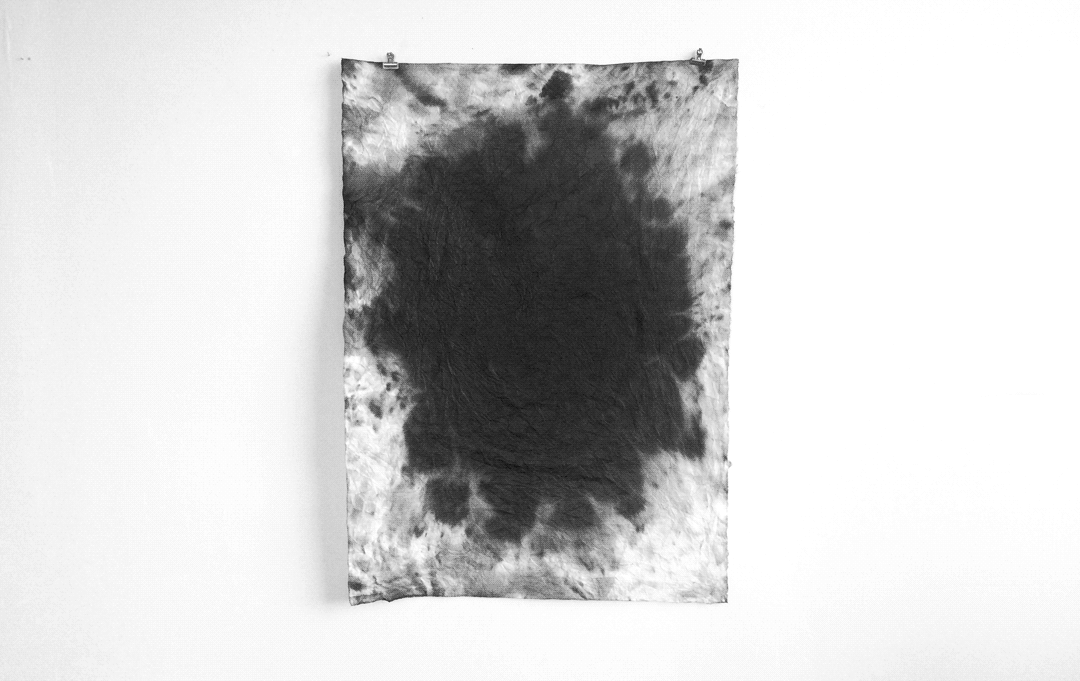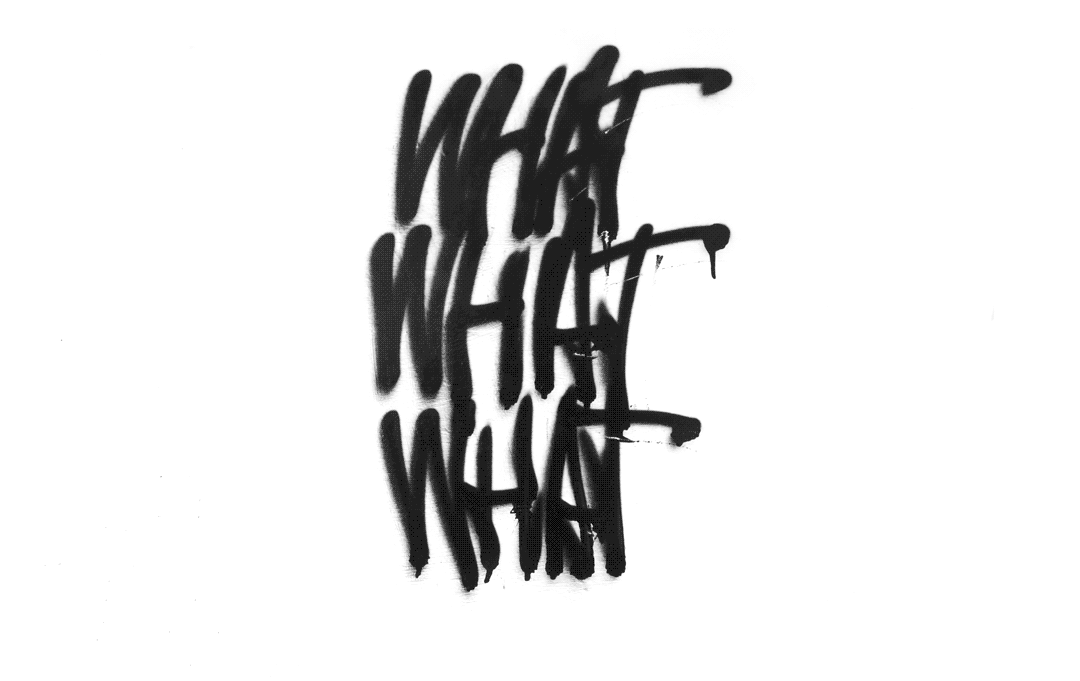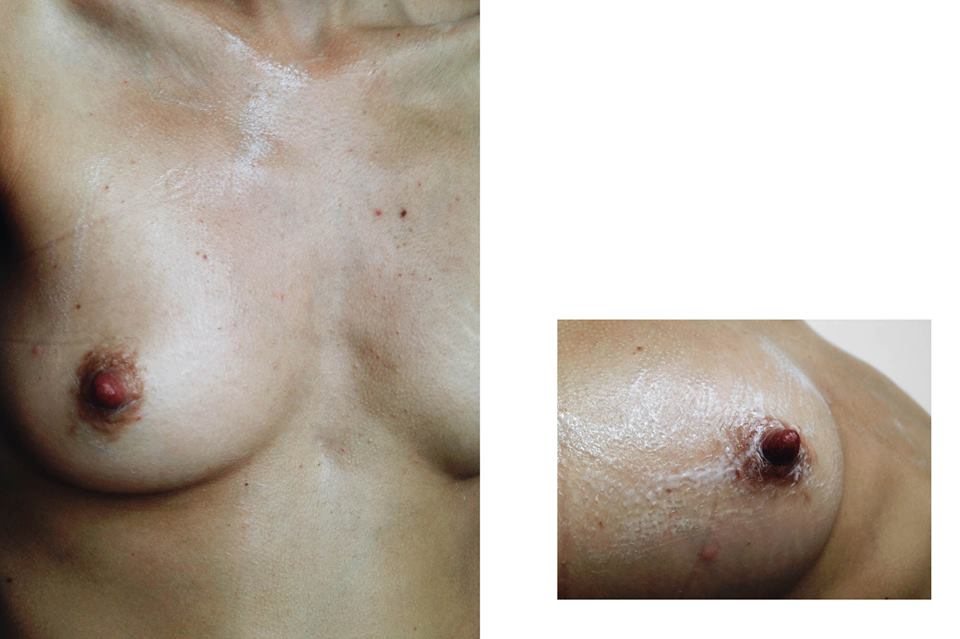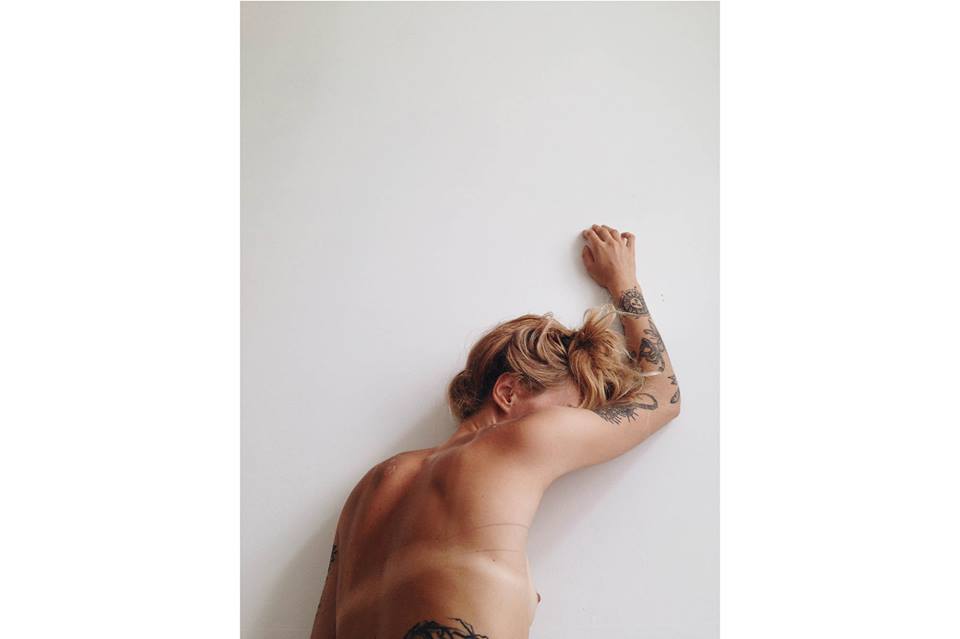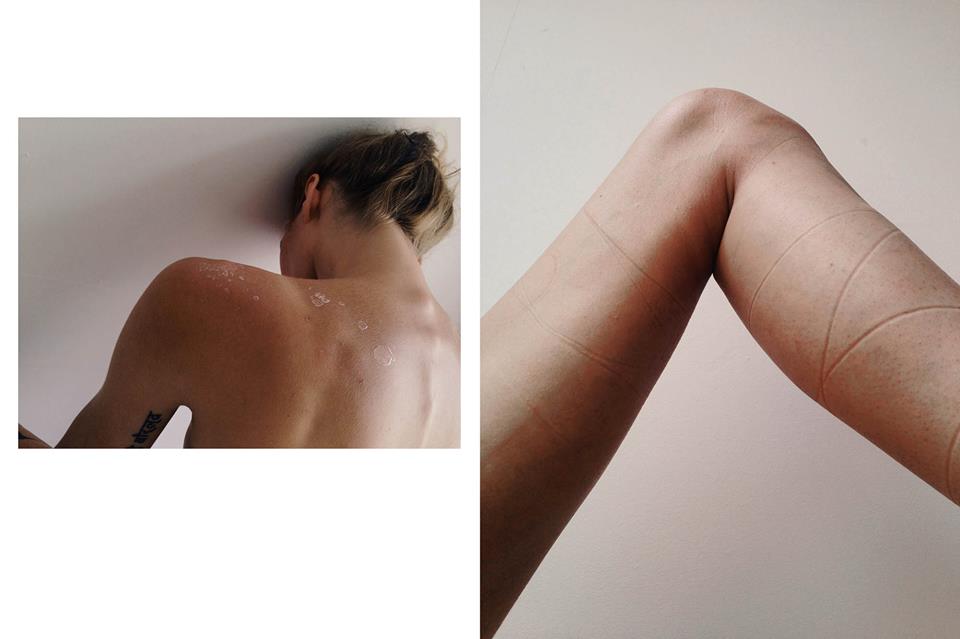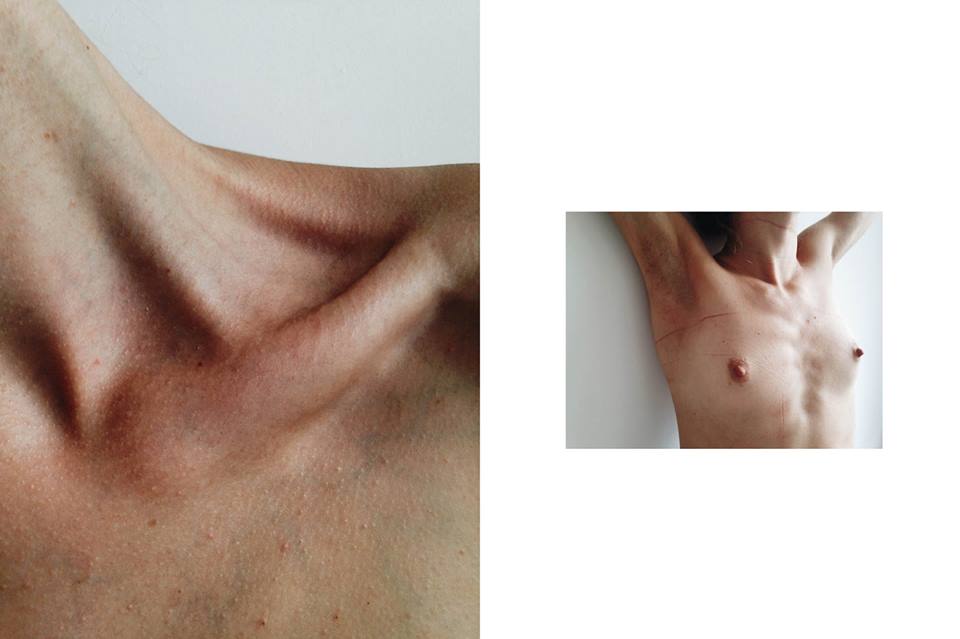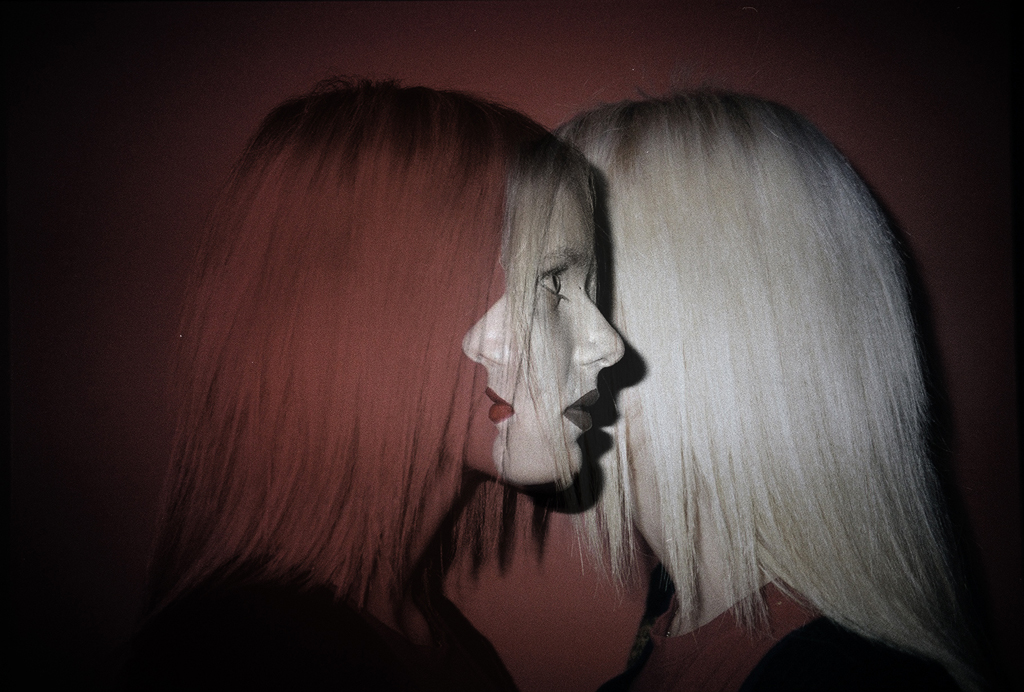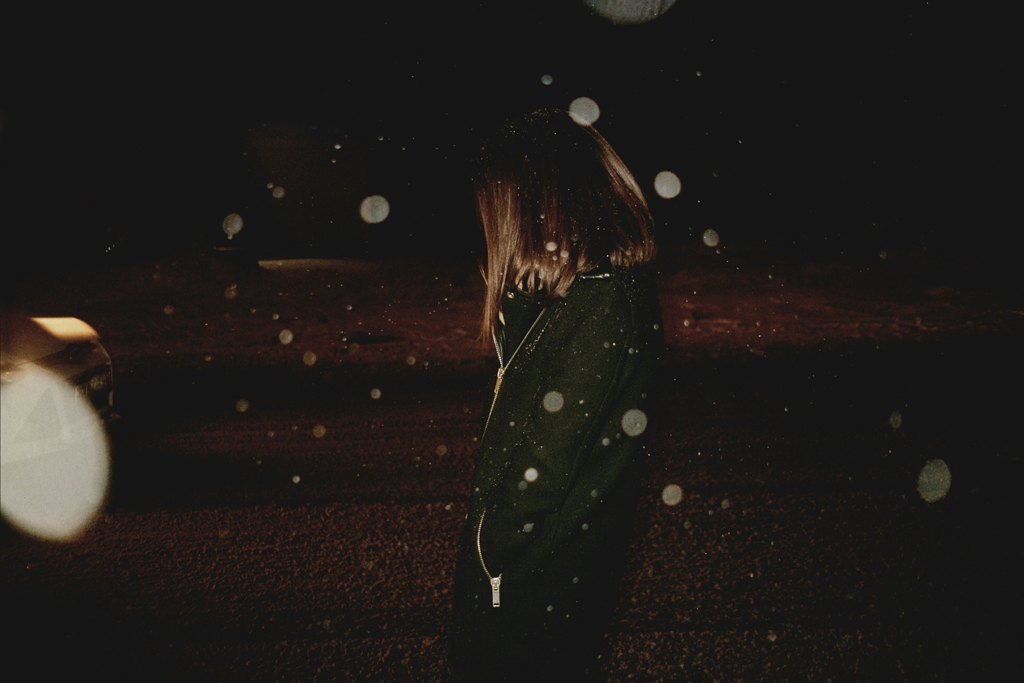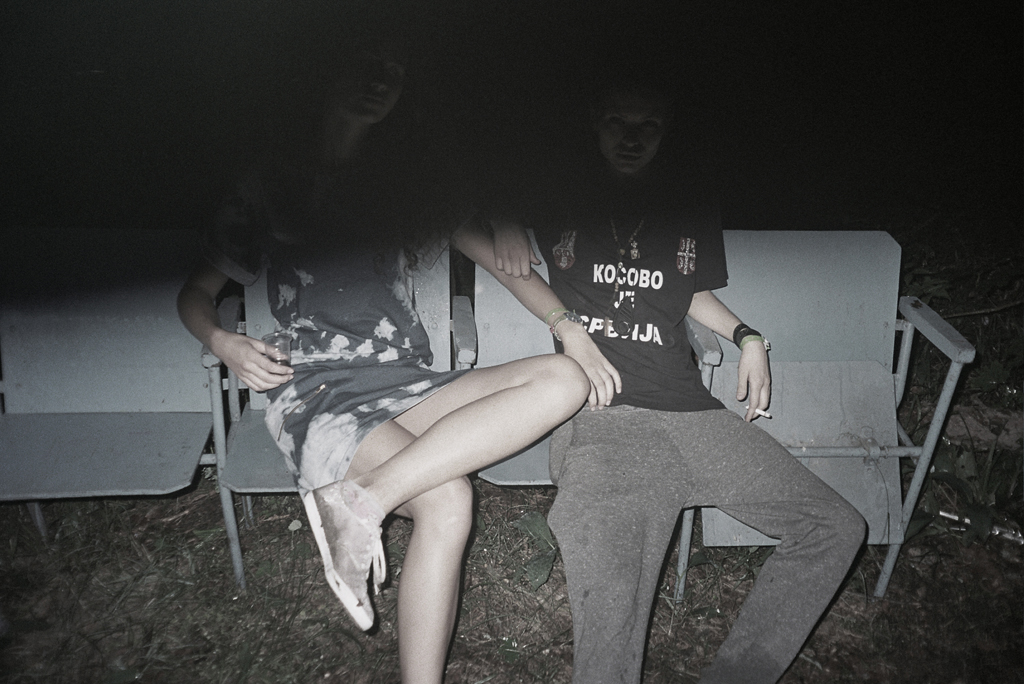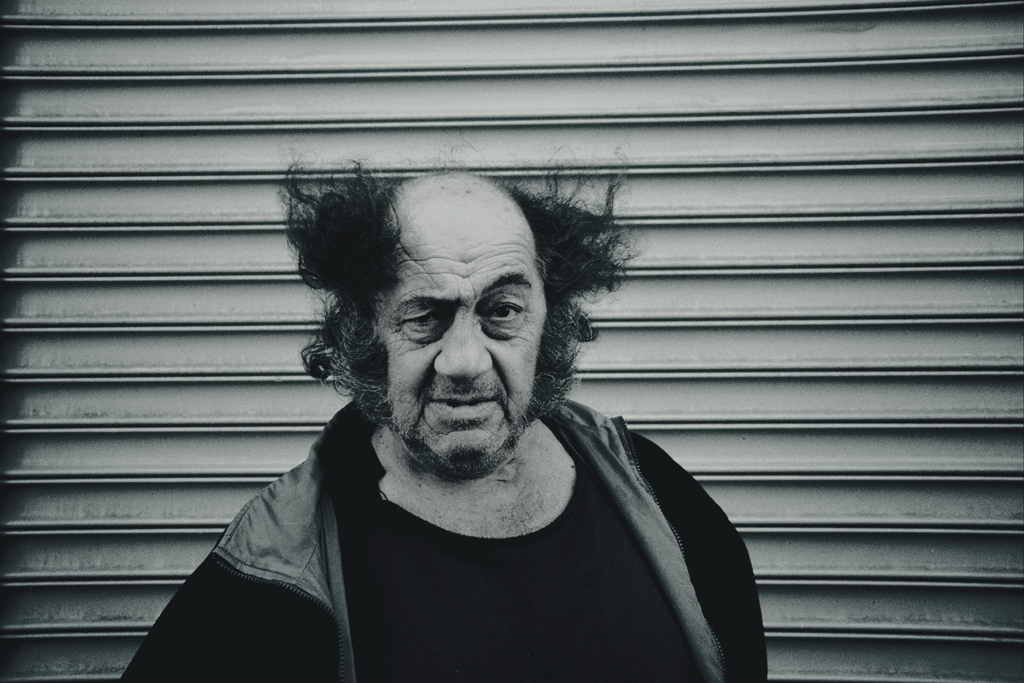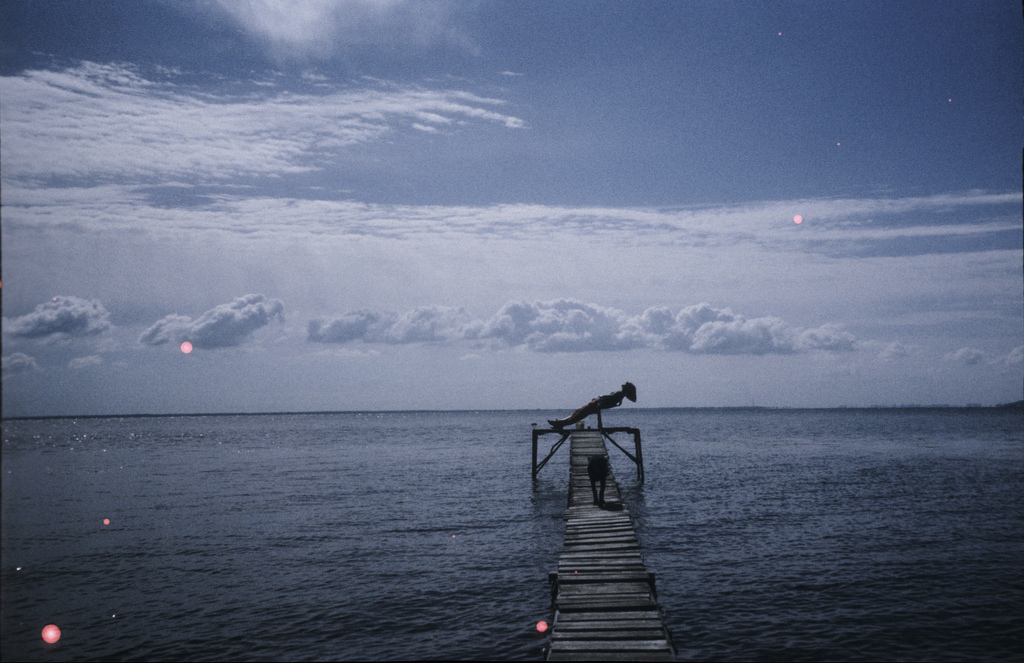Current location and where you come from:
I was born in a quiet and peaceful town in the Netherlands called Naarden-Vesting but I have been living and working in Amsterdam for the past 10 years.
How would you describe your art?
My films and photographs are a personal journey that explore my fascination for “the close-up”. I love close-ups. I go out every day and wander the streets looking to make something out of the life that goes on around me.
VIDEO CLIP-Track 04 - Videocip by Menno Otten – one of my earliest works
Do you remember the moment you realized film and photography were what you wanted to do, what you were meant to do?
It was during a summer vacation with my dad some years after middle school, we watched old Humphrey Bogart film-noirs for an entire week. He thought watching classics was an important part of my education. I instantly fell in love with the style; the stories of tough men and their femme fatales, the beautiful lighting, the way they showed the dark side of the cities - it was cool. I remember that after that week I was totally hooked, especially with classic cinema.
I got myself a job at a very nice video store and dove into the world of Bresson and Dreyer. I saw a good amount of gangster flicks like Rififi and The Killing, watched the melodramas of Douglas Sirk and Ozu, learned about the work of Artavazd Pelechian and Jiri Menzel. I applied for film school and about a year later I got myself a place in the directing department.
VIDEO CLIP (Snippet from Time within Time)
When I was prepping for my graduation film, someone dear to me went through a very rough time in his life. I visited him at the hospital and we had a long conversation about what was going on. I remember him saying that he longed for quietness, he longed for peace of mind. It touched me deeply; I was looking for the same thing myself.
I was living my life in a rush back then. The city always seemed to be in rush-hour. I had late nights in the clubs, endless bullshit conversations with loud music while doing drugs, pretending to be cool. I had way too much bullshit going on. Everything seemed like one big blur. I was longing for quietness in my head, silence, a peace of mind.
Walking through the city taking pictures was my favourite thing to do and it was the closest thing to find that peace. So, for a few months I photographed people drifting away in thoughts. It seemed to me that they were at ease.
I thought: If I could shoot this moment frozen in time, could I also make a film about it?
I then started to write the scenario for my graduation film; Time within Time. It ended up being a film about a city in a rush with the people slowly fall into a transcendental state of mind. At the end everyone drifts away into their own world, into their own thoughts. The world becomes more and more quiet until only silence surrounds.
To me, making that film was the moment I thought: This is what I am going to do for the rest of my life. When the film was done it felt as if for the first time in my life I was able to connect the language of film with the language I was speaking from within.
When you take pictures, what messages are you trying to convey to the world?
I don’t want to send out a message. I just want to show what fascinates me and try to stay true to this fascination without judging or losing it.
What are your favourite subjects to capture?
People and the way they are looking. Looking as in “seeing and being seen”. This can be people in the streets; everyday commuters. But it can also be people during a religious procession like in my film Via Dolorosa.
VIDEO VIA DOLOROSA
VIDEO CLIP Trailer of the film Face to Face can be seen here: Trailer Face to Face
How are you able to capture strangers’ emotions so well?
I have one spot in the city where I stand a few days a week for a few hours. This spot has beautiful reflecting light; it has many transport connections and many windows and structures that reflect the people.
After my usual walk through the city I will stand there and let the trams and busses and people stop right in front of me. It’s like a little movie set where people slide in and out of my frame.
Because they have to wait there, they drift away in thoughts and spend their time looking at themselves or others. It’s like a mini world within this world. Every nationality and every kind of person crosses this spot. I love it; it’s my favourite spot.
Sometimes when I’m away on holiday I can really miss that spot you know.
I only shoot when it feels right. If I loose the seriousness of the moment, I quit for the day. I want to feel the moment, be in the moment, be connected, connected to myself, and in some way also to the people I capture.
Another of my favourite subjects to capture is people looking at themselves, like in my film Face to Face.
For this film I placed a 16mm camera behind a mirror and I invited a group of random people to get a hair cut in front of this mirror. The people didn’t know they were filmed through this mirror only 30 cm in front of them.
During the shoot I called the barber away and I left the people alone with their own reflection in the mirror. Some of them sat there for about half an hour with their own reflection. What went on in this moment was really magical to me. It was as if I got an opportunity to be part of this very intimate moment between them and their souls. Personally I have the feeling I learned a lot with this film, about human beings and the way we look at ourselves.
What defines you?
I leave this answer to the people that really know me.
What is the one piece of advice you can give to the generation coming after you?
Years ago I always thought that another place, another city or another country would be much nicer than Amsterdam. I was sure that I would find more work and nicer people and that I could make better shit somewhere else. But really, I was mostly complaining about my own life.
Take someone like Saul Leiter for example. He basically just shot his own New York most of the time.He shot what he saw, what he felt, and what the world was as it presented itself to him. And believe me, life wasn’t more beautiful or Technicolor-instagram-colourful-or-tougher-looking back then. It’s his point of view on the same street, walked by thousands, but it is only Saul Leiter’s eyes that make the difference to how we see that street.
If you could change only one thing about the world, what would it be?
Just one thing? I don’t have a fucking clue where to start in this world we’re living in right now.
To the next generation of street-photographers and filmmakers I would like to say: stay close to yourself and find your own voice. I know that might sound a bit dull and it has probably been said, as it has been said to me a million times. But the more I look at the great minds that inspire me, the more I find that they were unique and special because they were completely themselves in the way that they looked at their world.
What is reality?
Reality? I’m not sure what that word means. It’s used for so many things. I do know that when I take out my camera on the streets, I see other human beings. All with their own problems, trying to cope with what they think is their reality. They all seem to have a story to tell. They all have an opinion. They all judge. They all love. They hate me or, at times, I hate them. They all try to escape reality when they get a chance. And they all have something they think is worth living for. And all of them dream about another reality.
What I do know about reality is that when I press the button, the people are always behind something. They are behind a window or behind a piece of glass in my lens. Behind a mirror I’m shooting through or behind a frame. You see, I never really approach them. I never really get in touch with them. I never speak with them, nor do I ask them for their permission or approval for the pictures or films that I make. I don’t think I should, but I do think it says something about the way I see reality. I kind of hide from them, maybe deep inside I’m a bit afraid of them. Maybe I’m a bit afraid of reality.
Funny that the same fear of reality is the same thing that comforts me and keeps me alive, and that it is the thing I love to do so much in life.
What is your biggest influence?
Really, light is the biggest inspiration for me right now. She creates beautiful things every day right in front of my eyes. She makes me smile. She makes shit happen in my life, in the life that surrounds me. She can make everyone look beautiful. Her light beams feed people. She reflects, she enlightens and she inspires so many people. If she’s not there I long for her to come out. Let there be much more light (and rolls of film to capture her with).
Where is the line between insanity and creativity? Is there?
Describe the world in one word: Are you serious?
“Click!”.
FLOFFERZ






